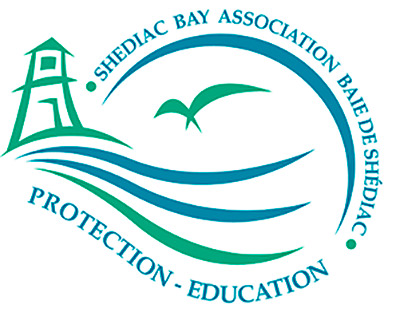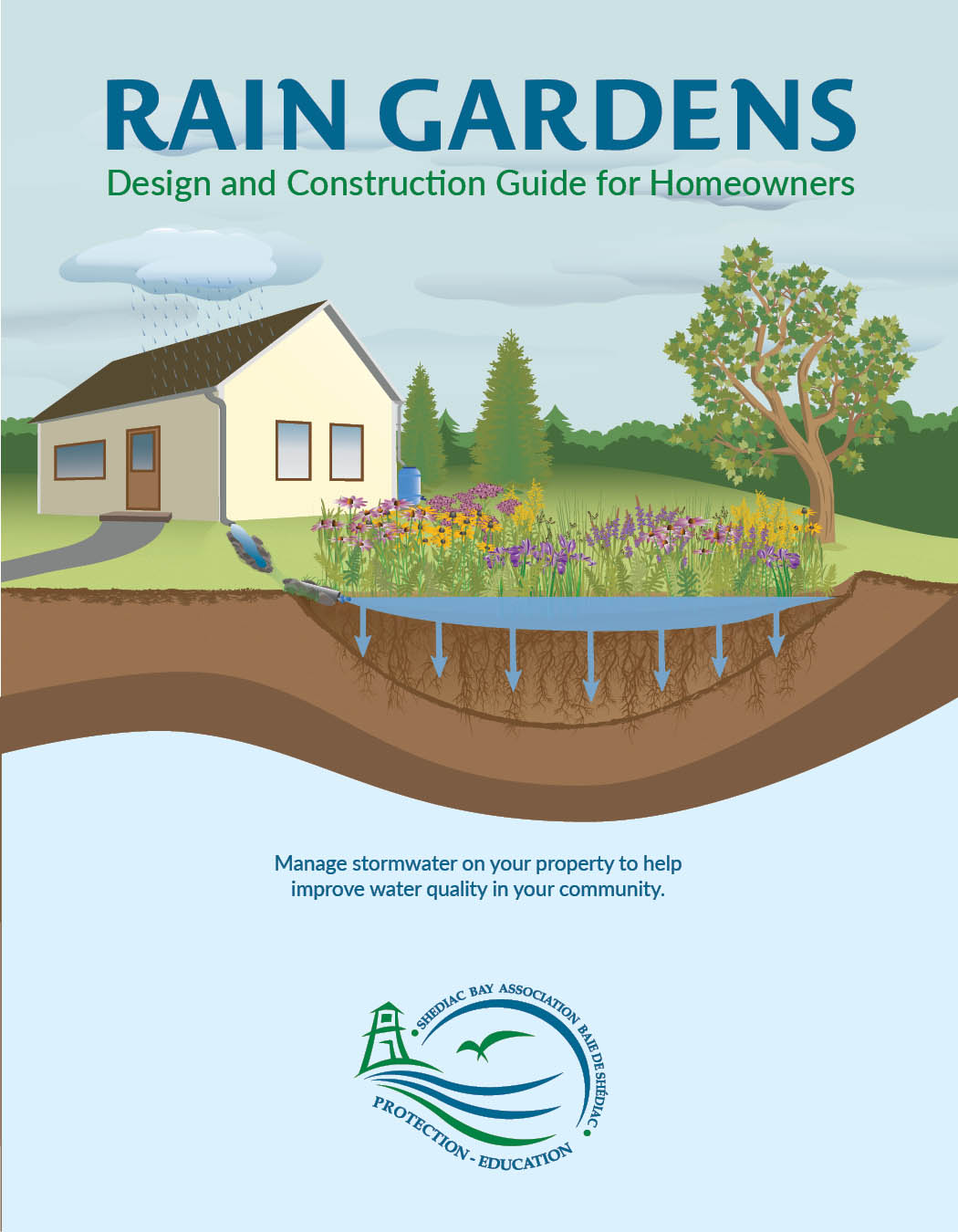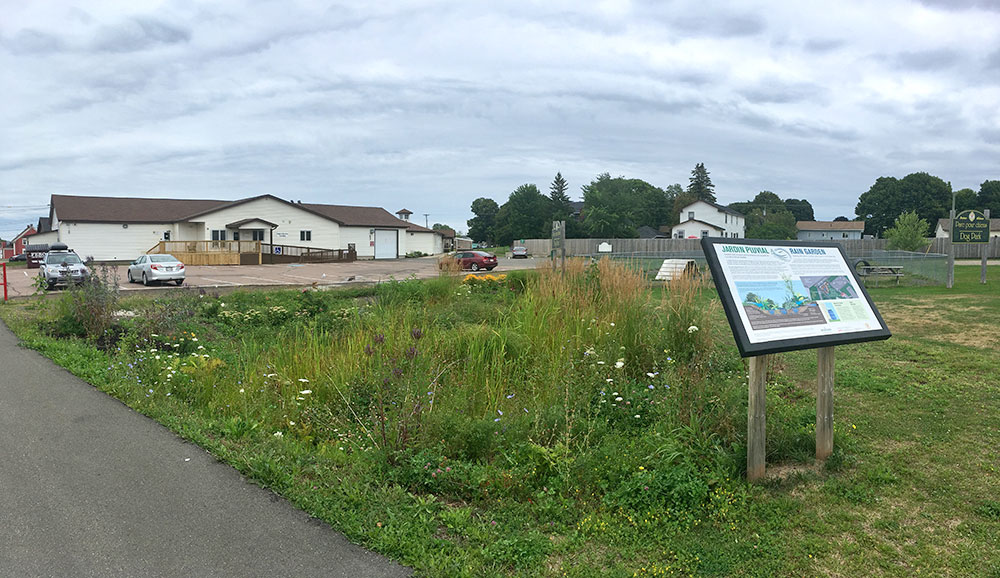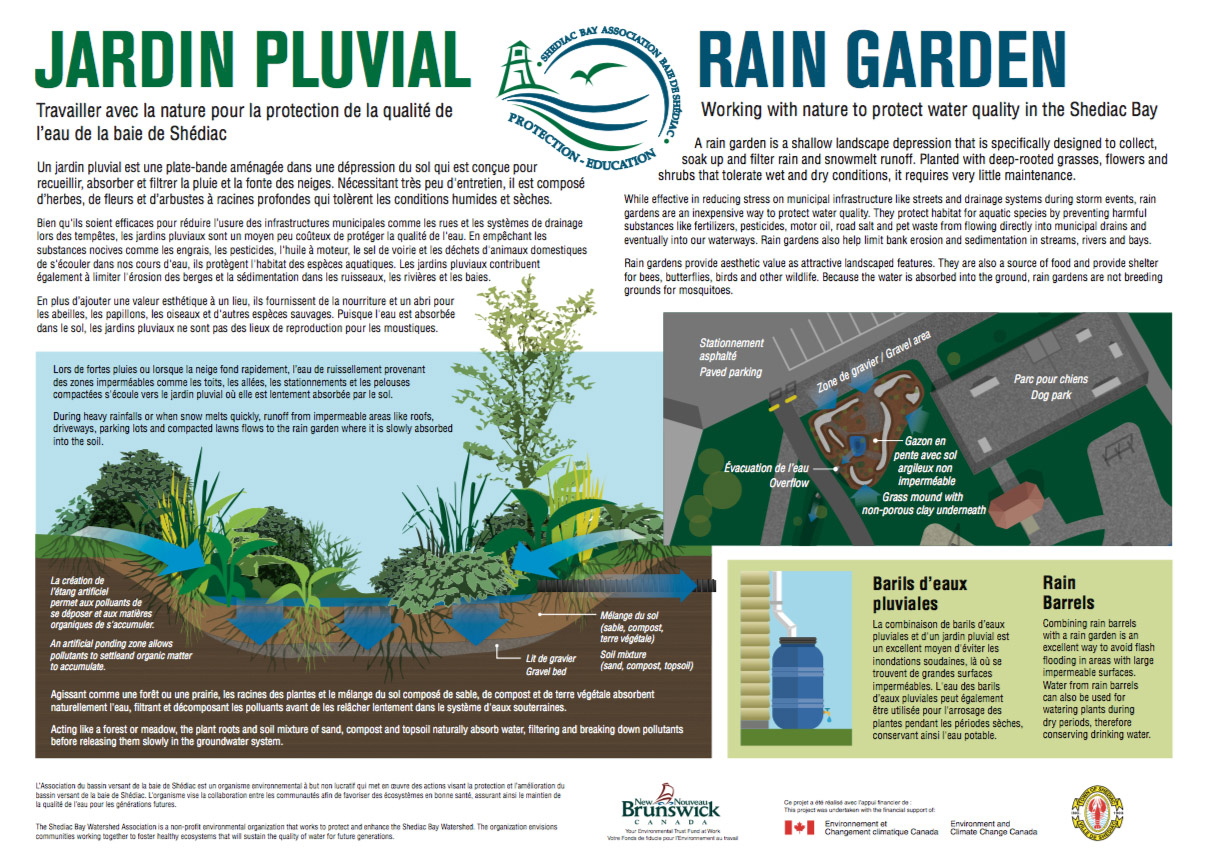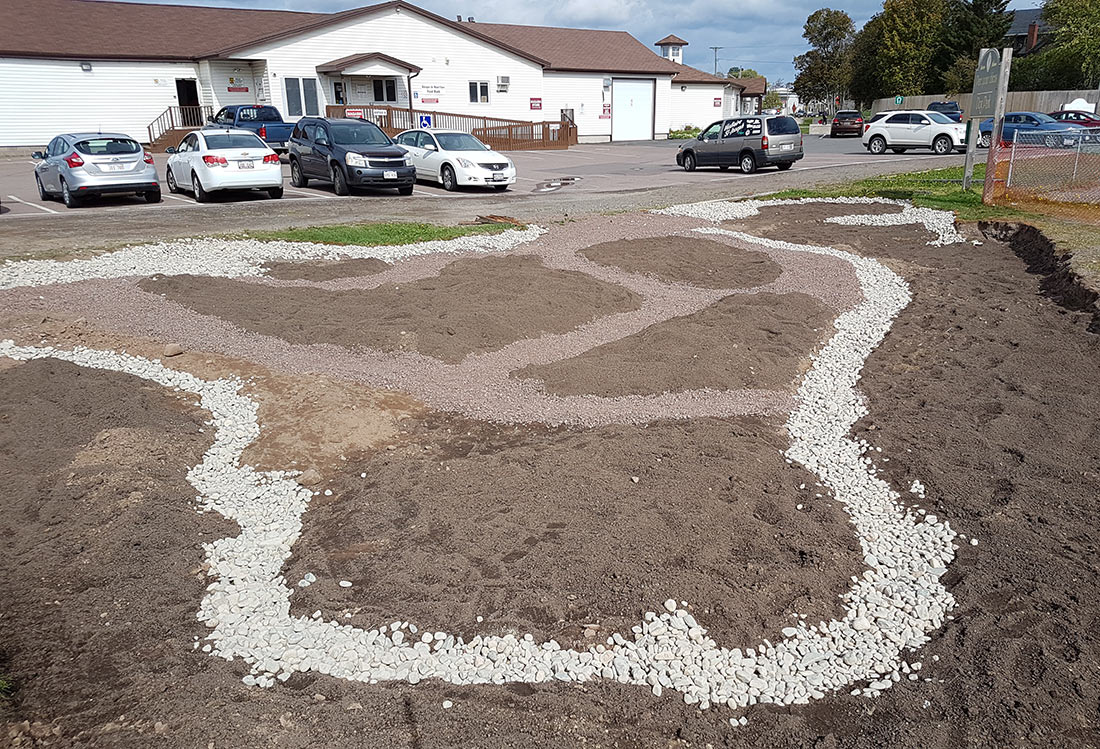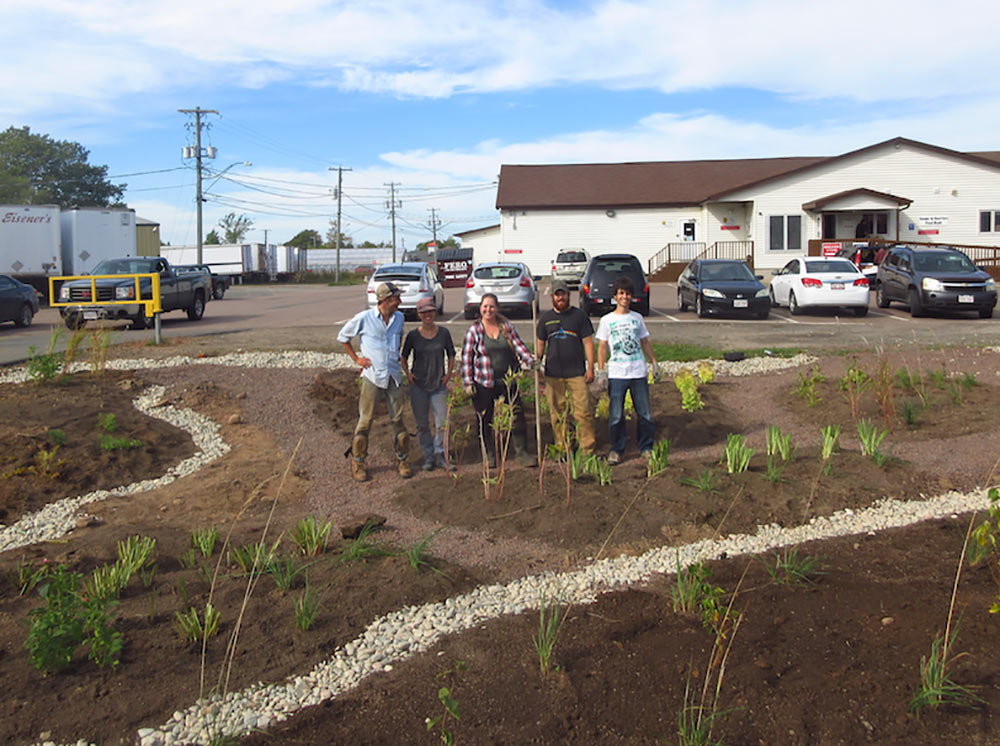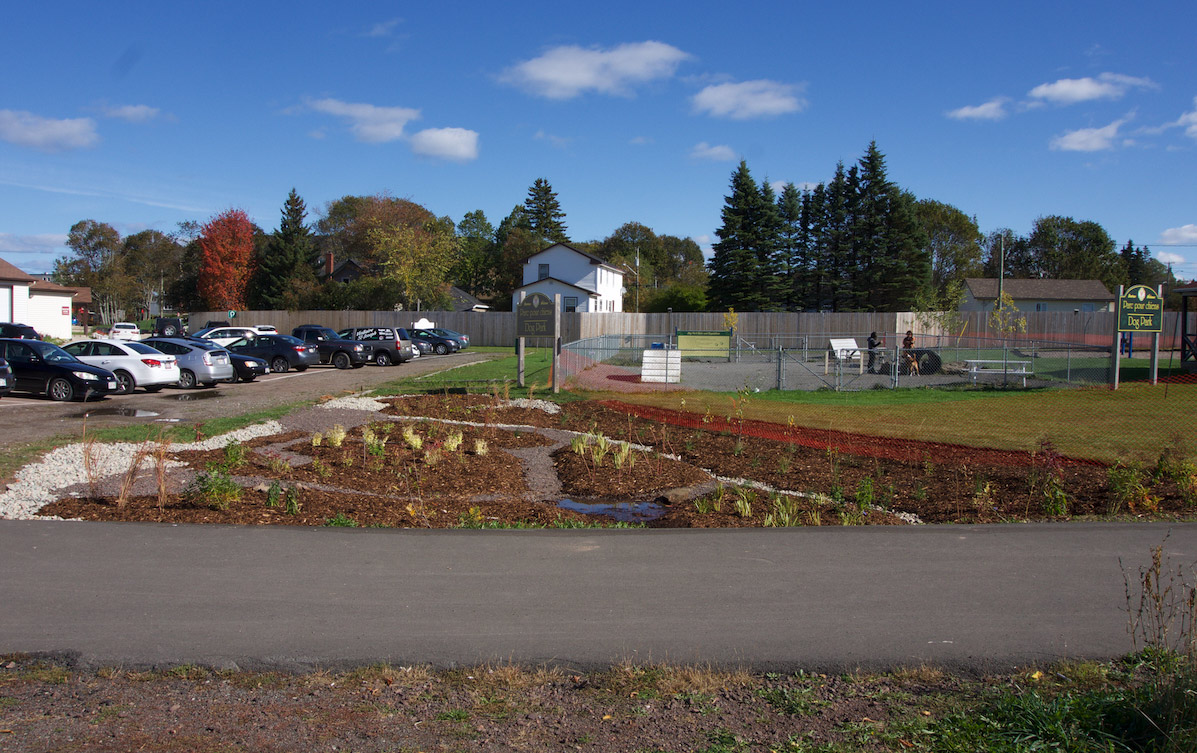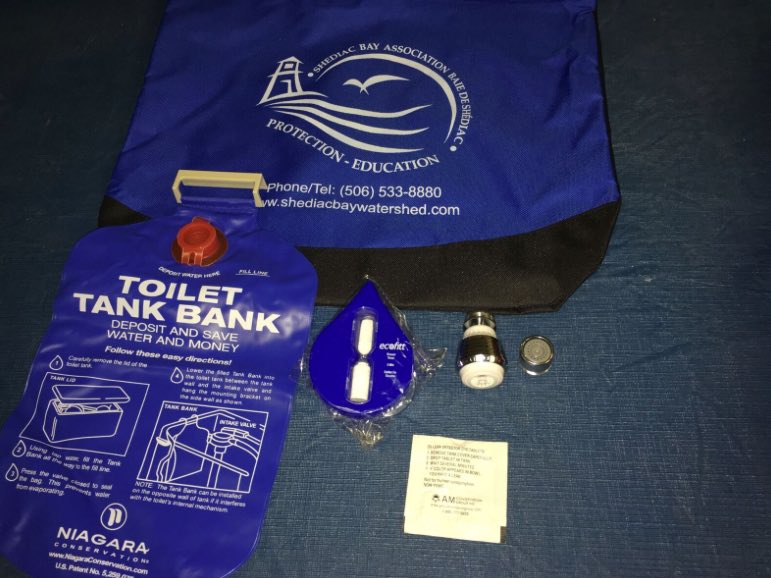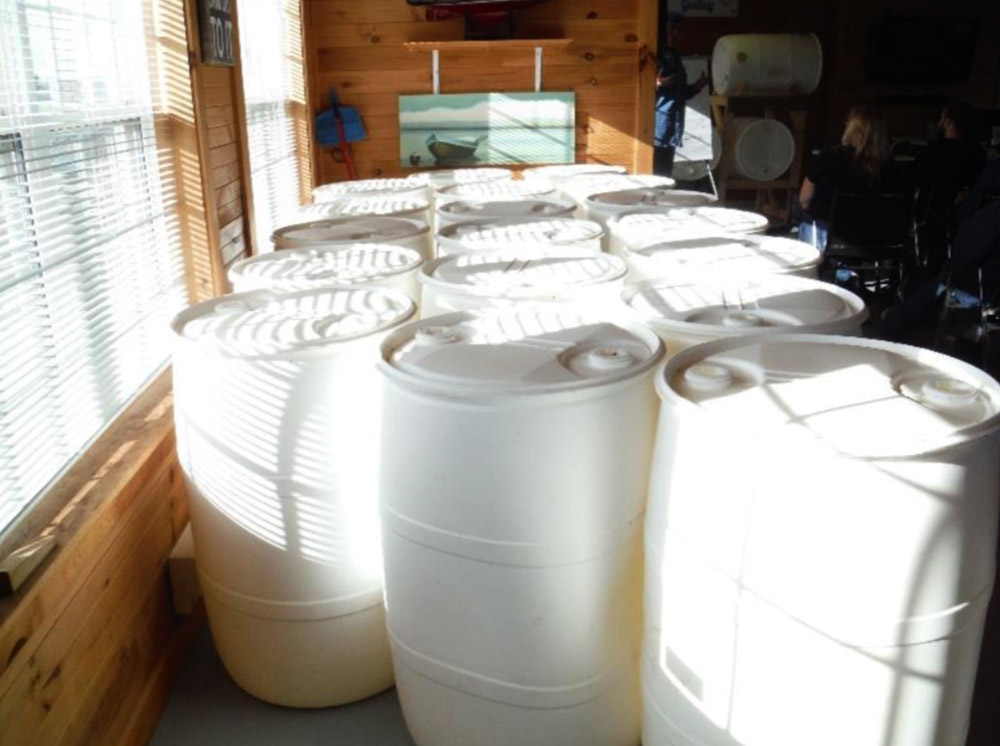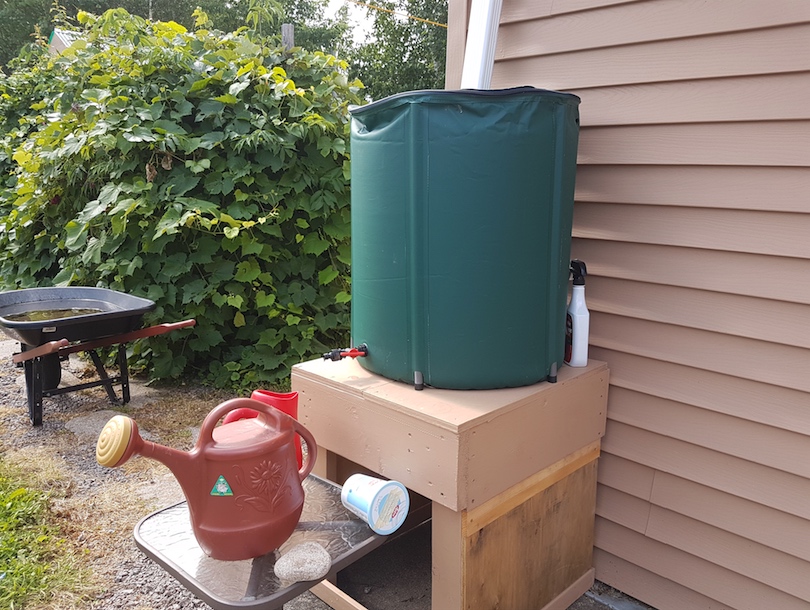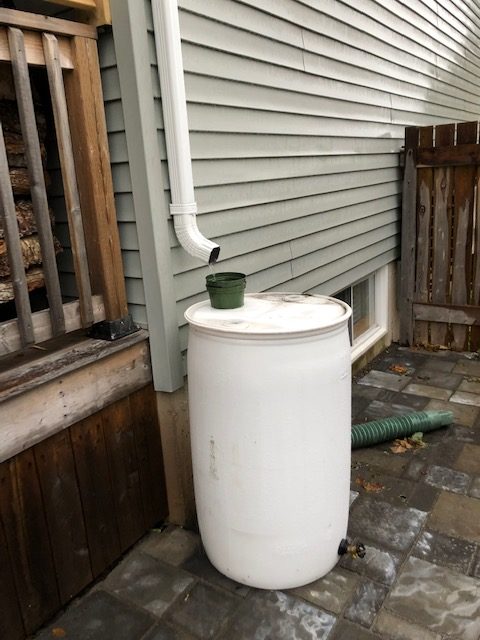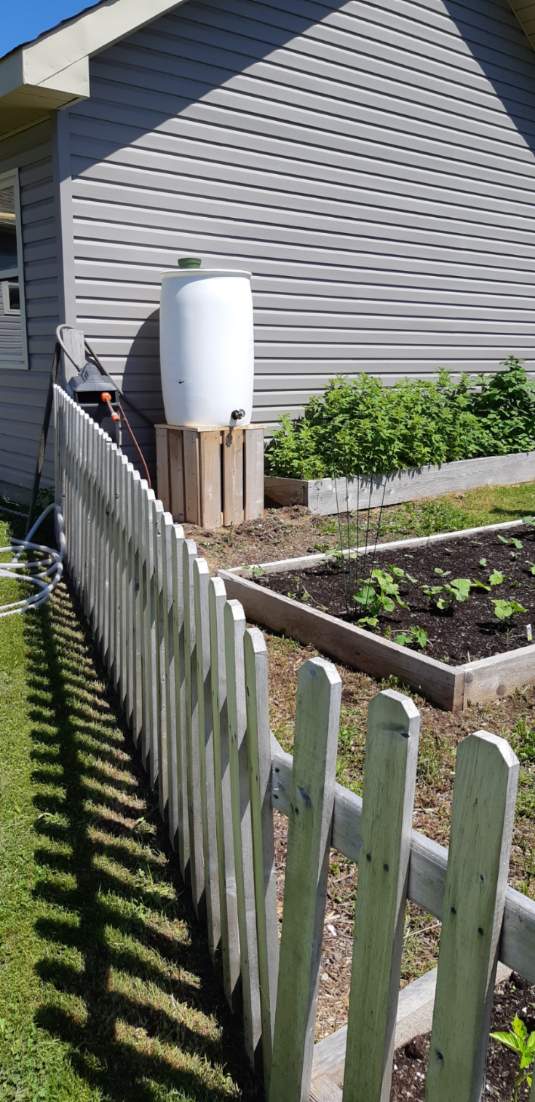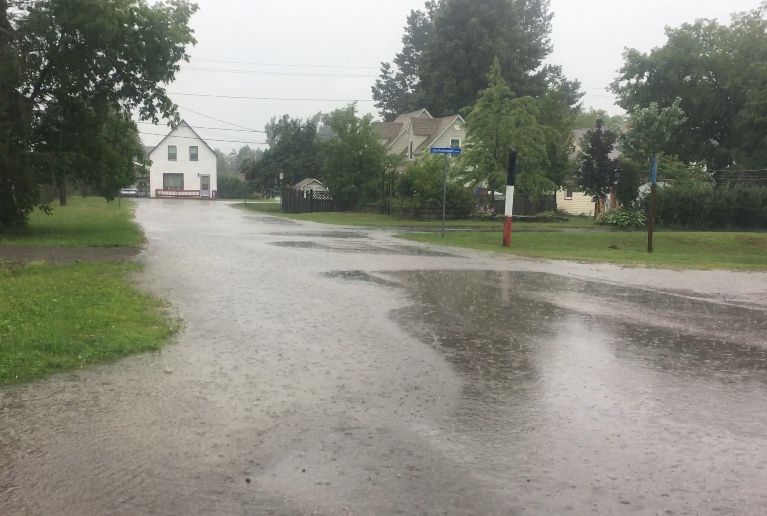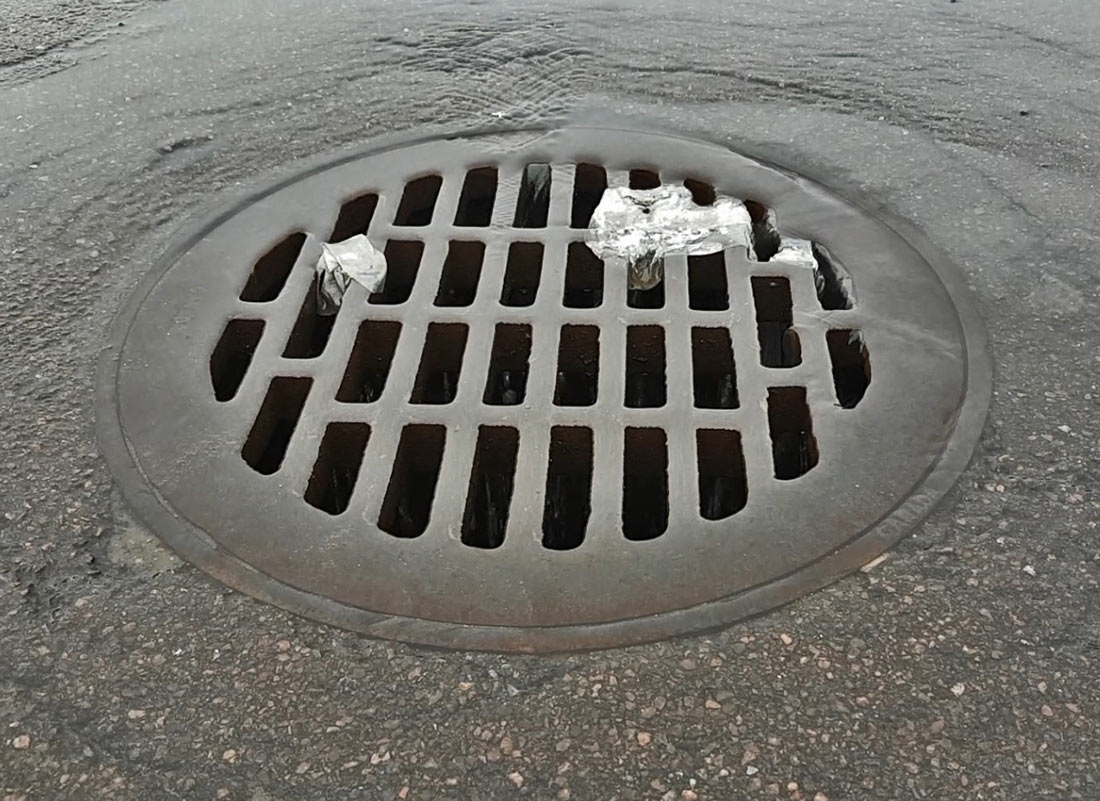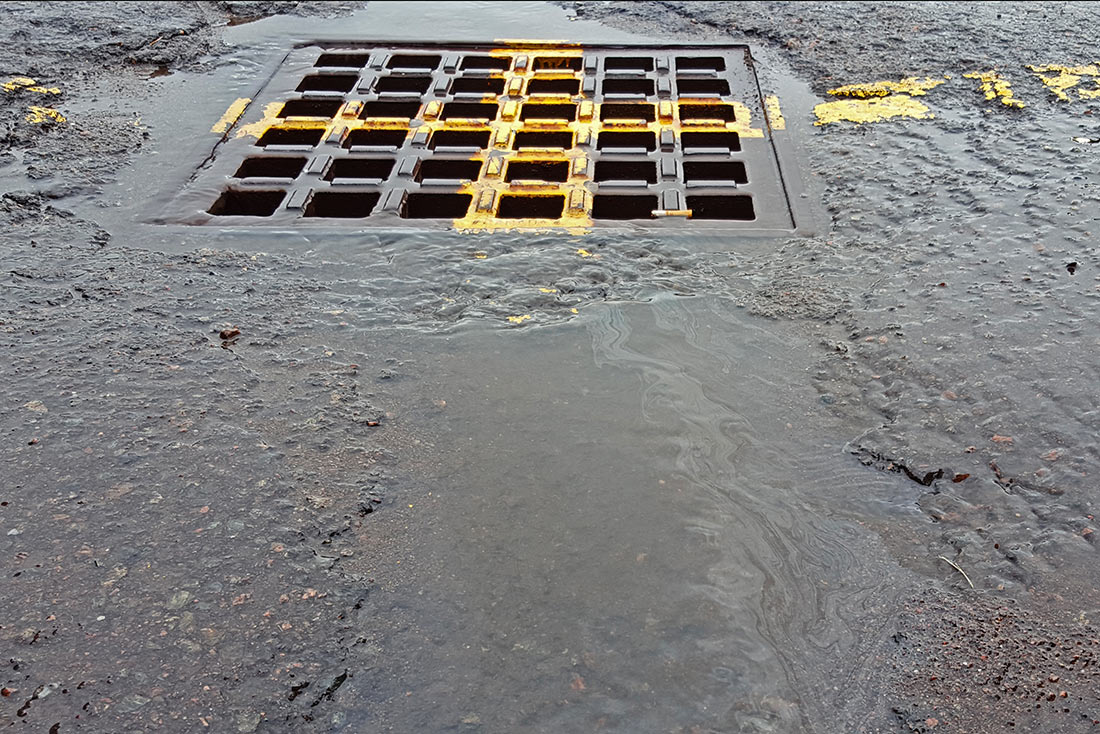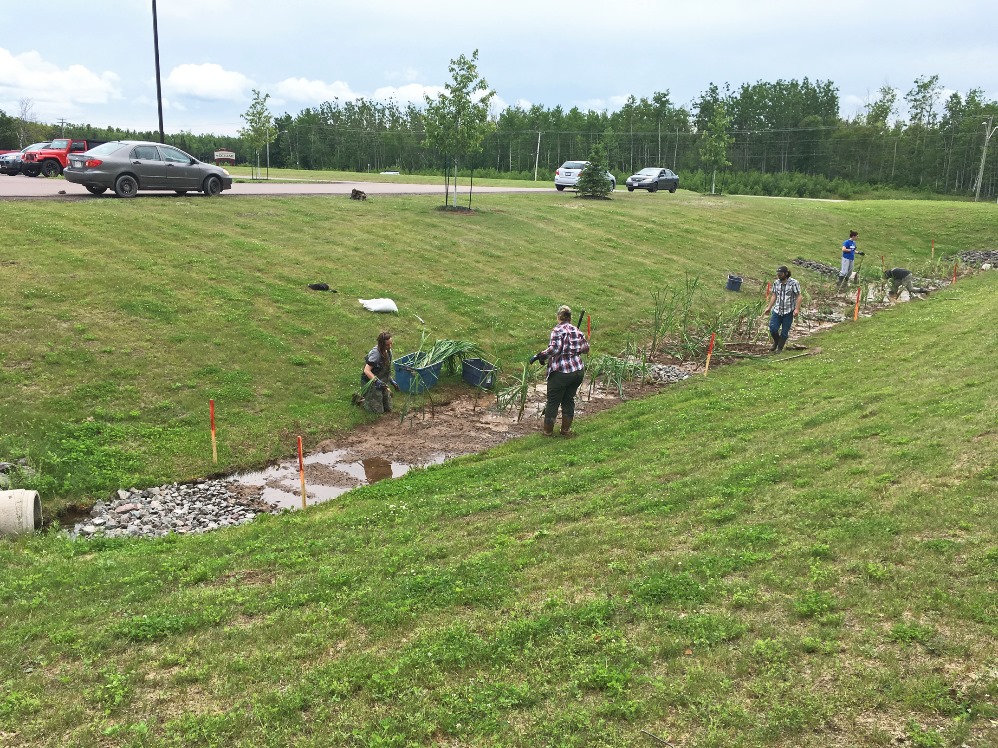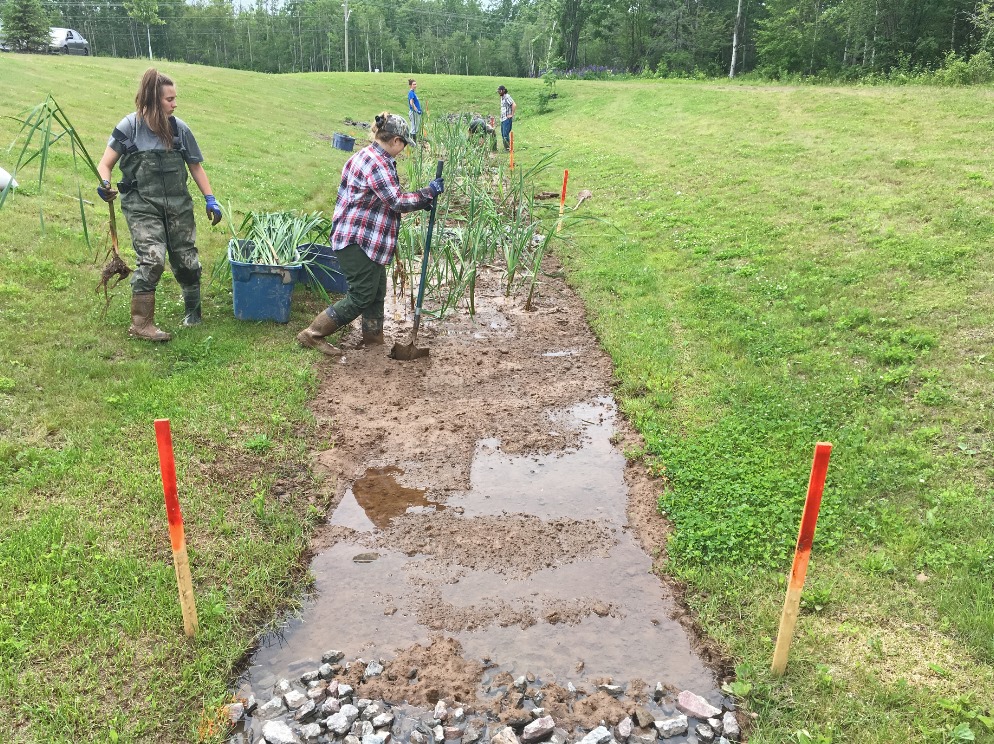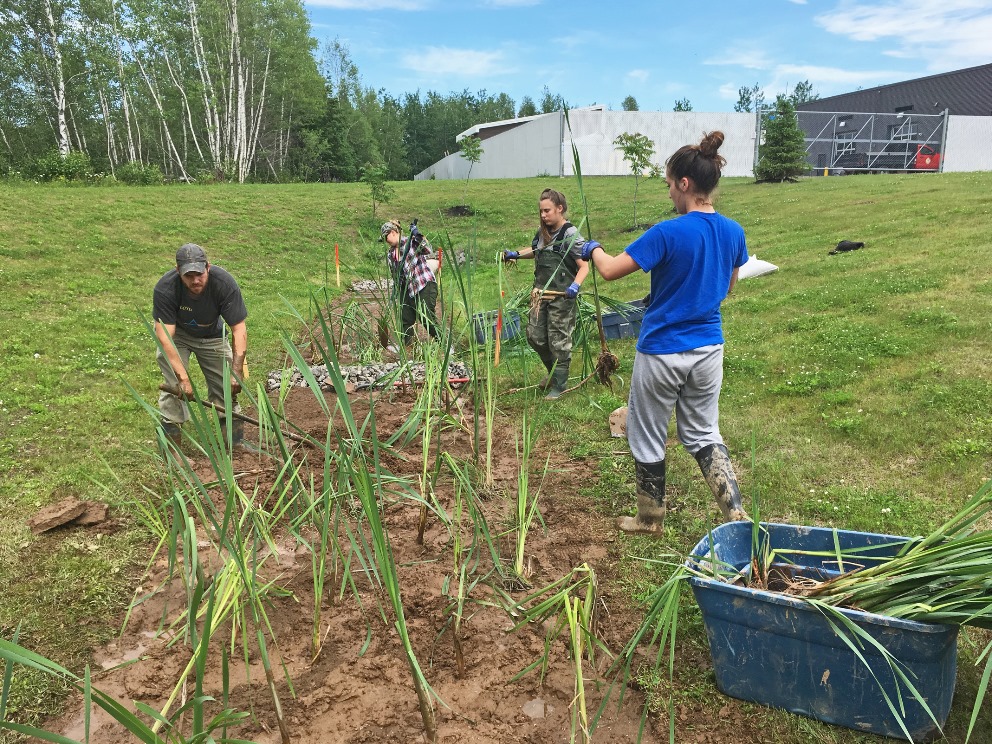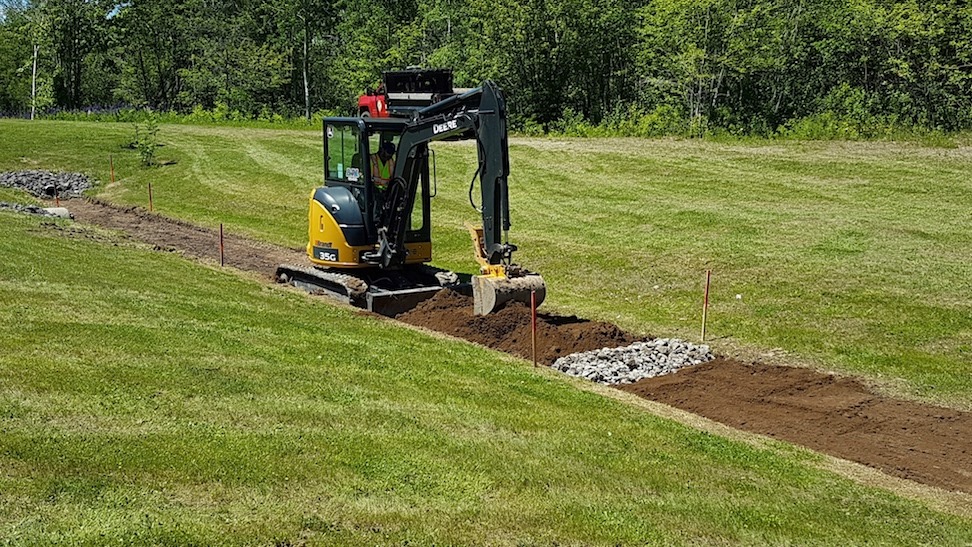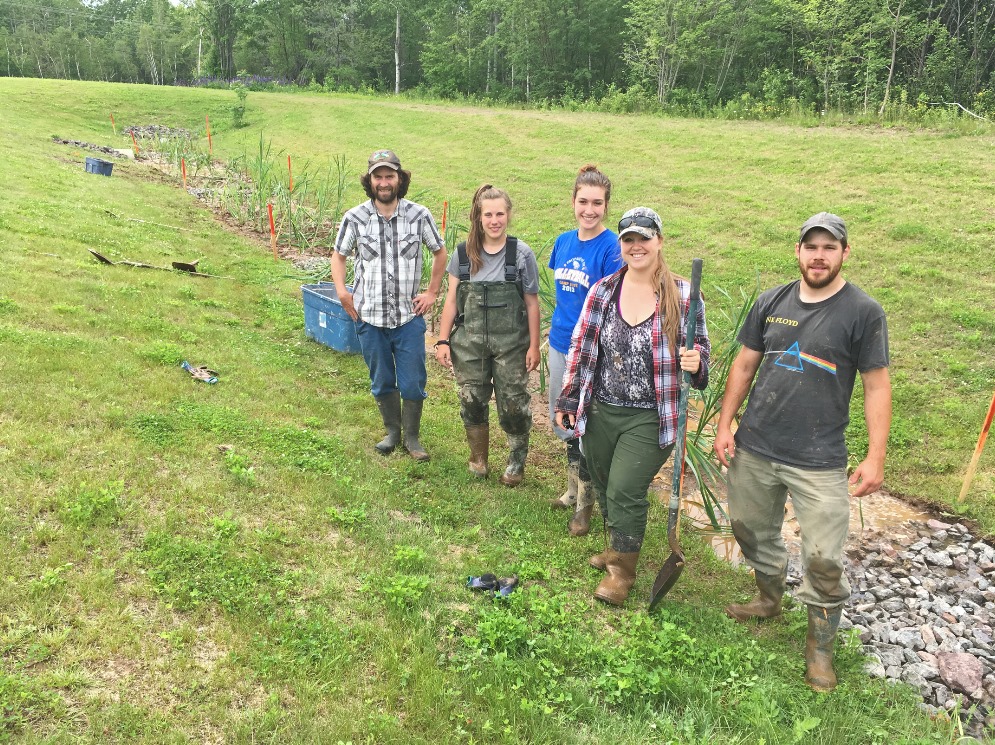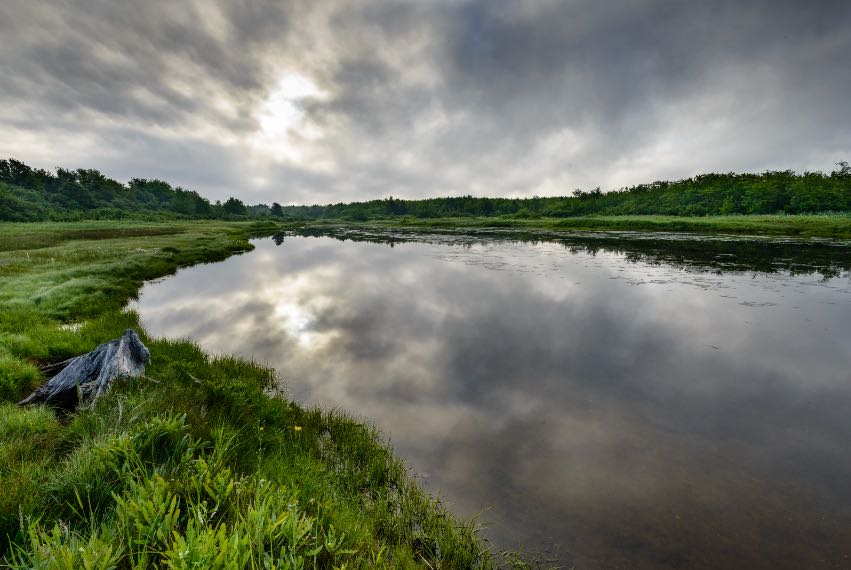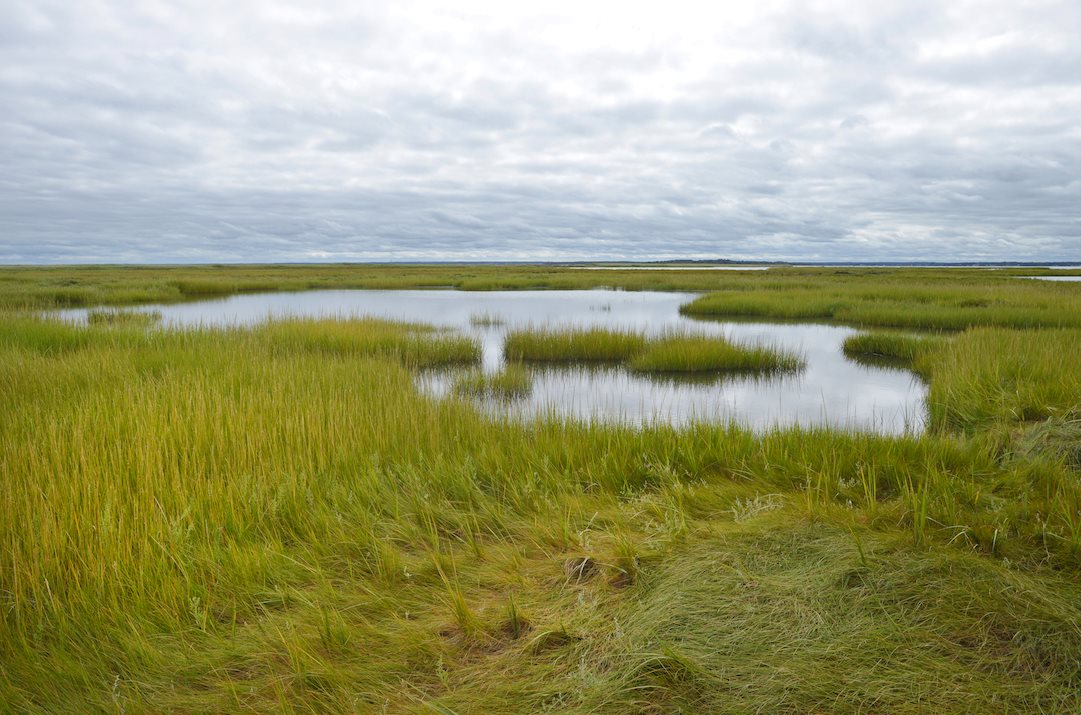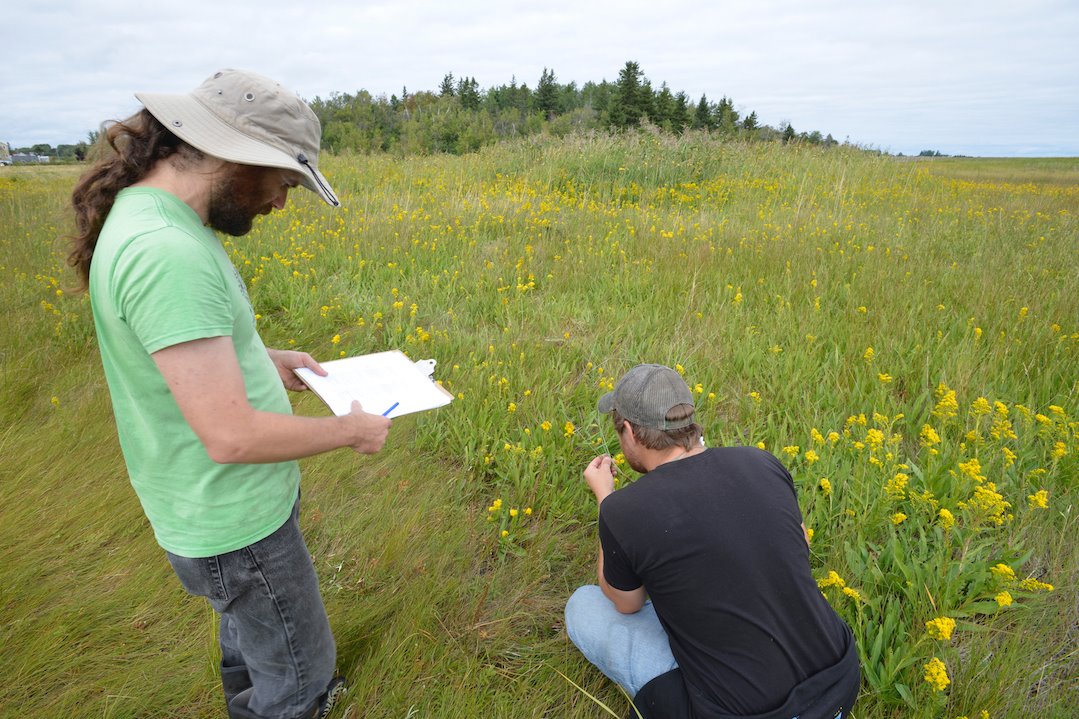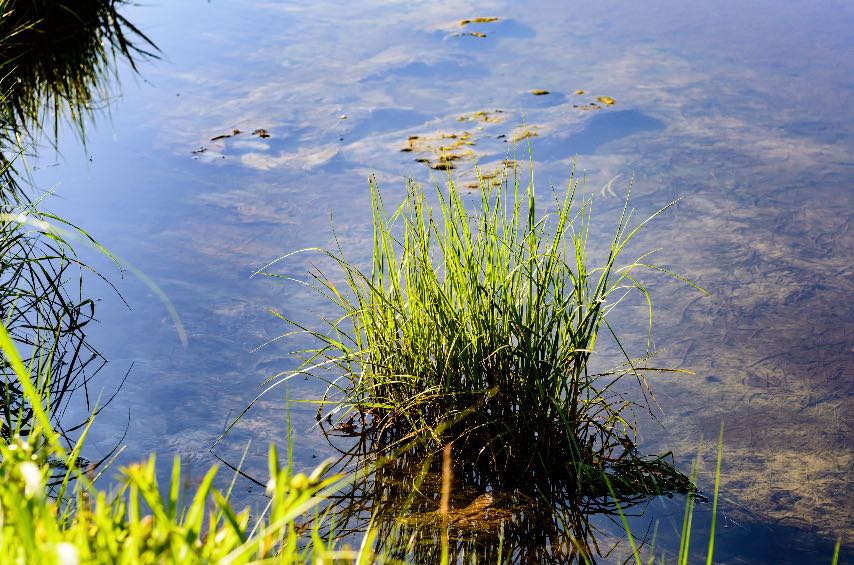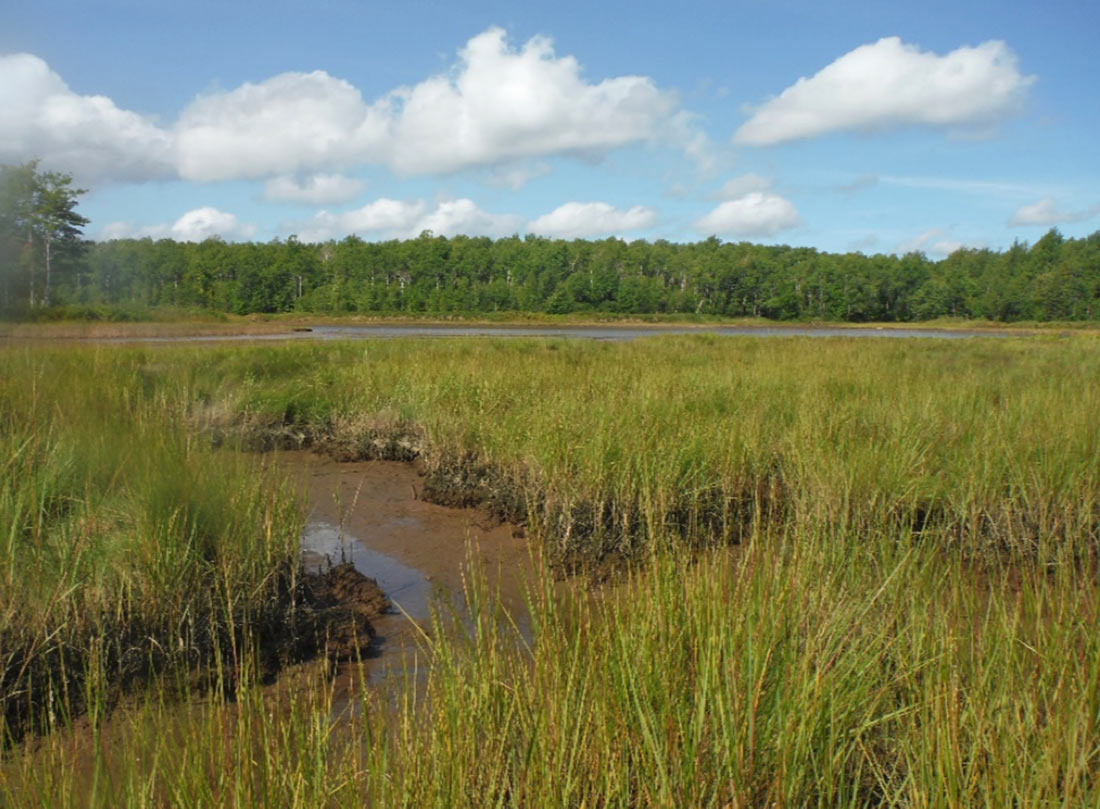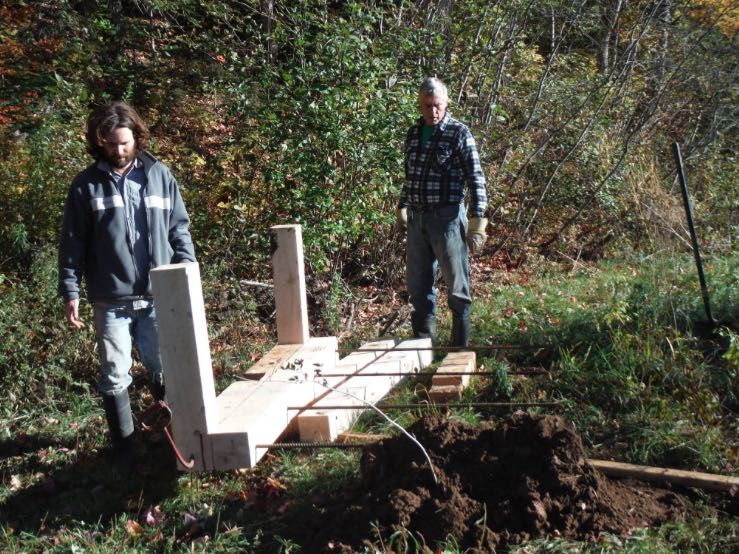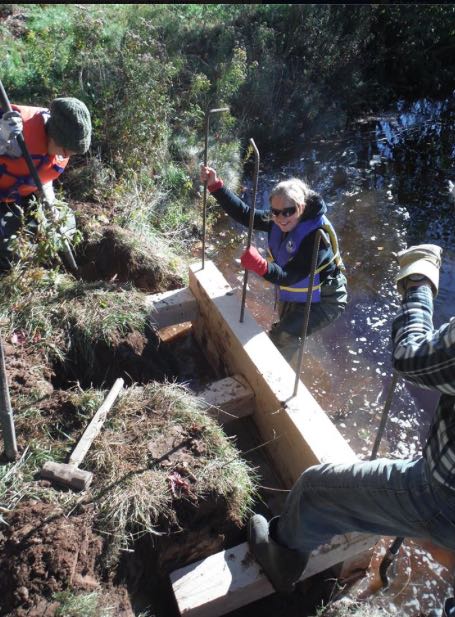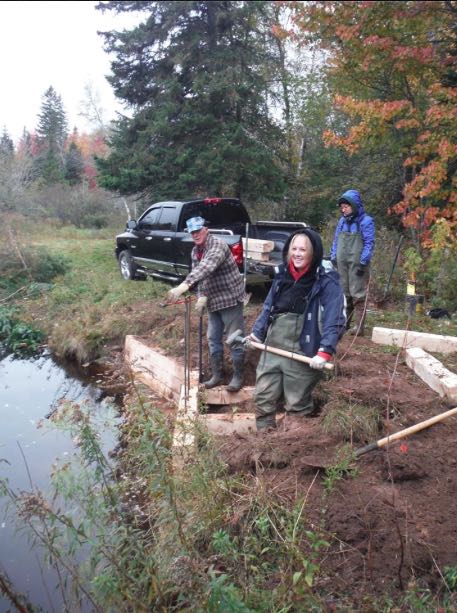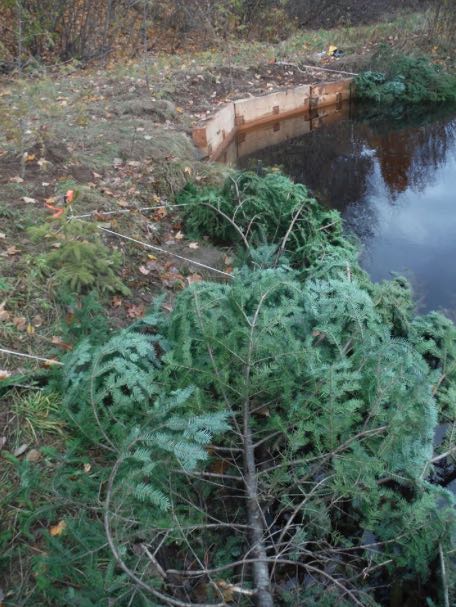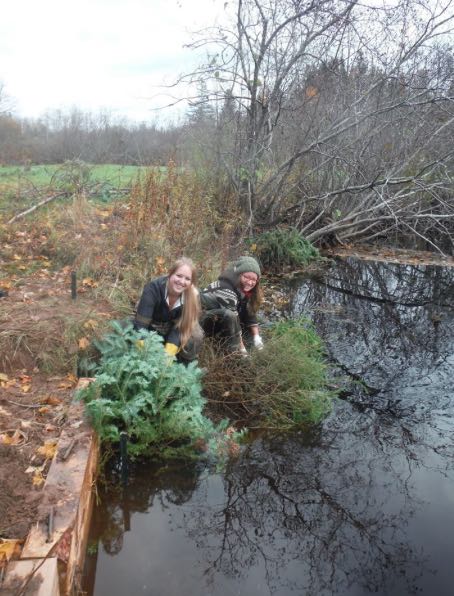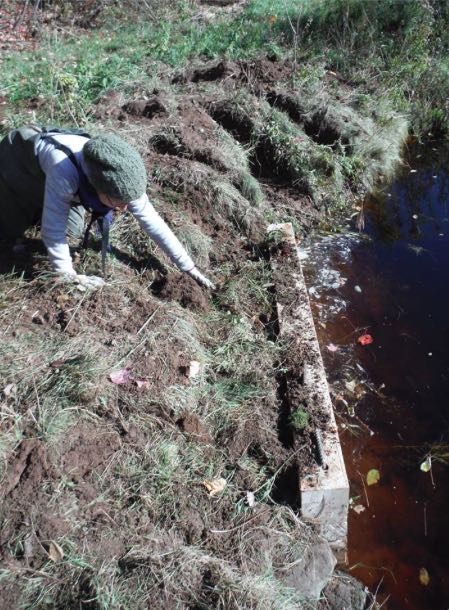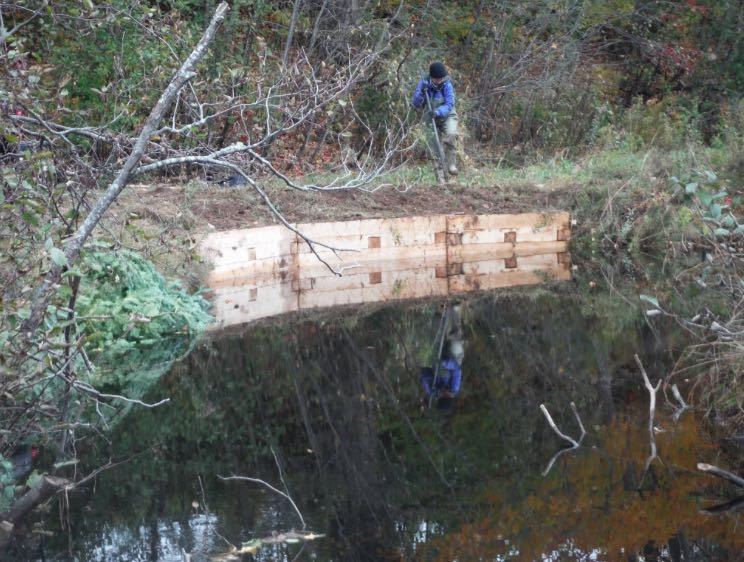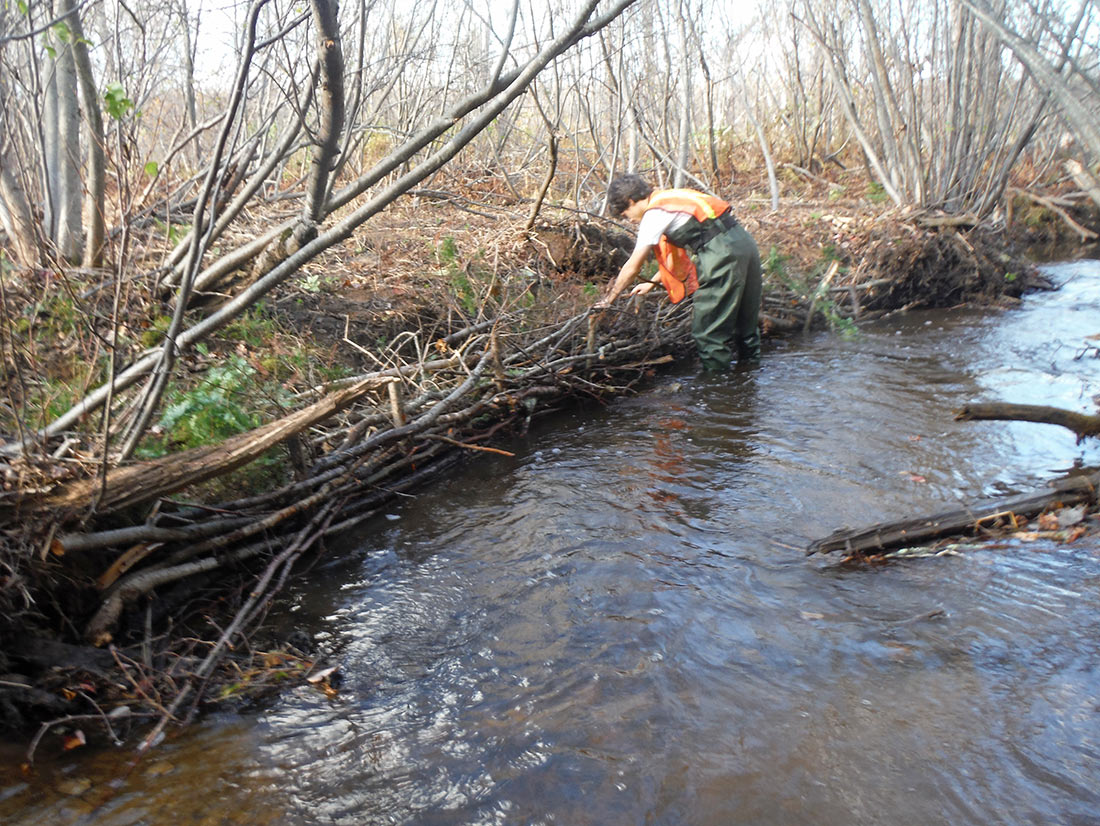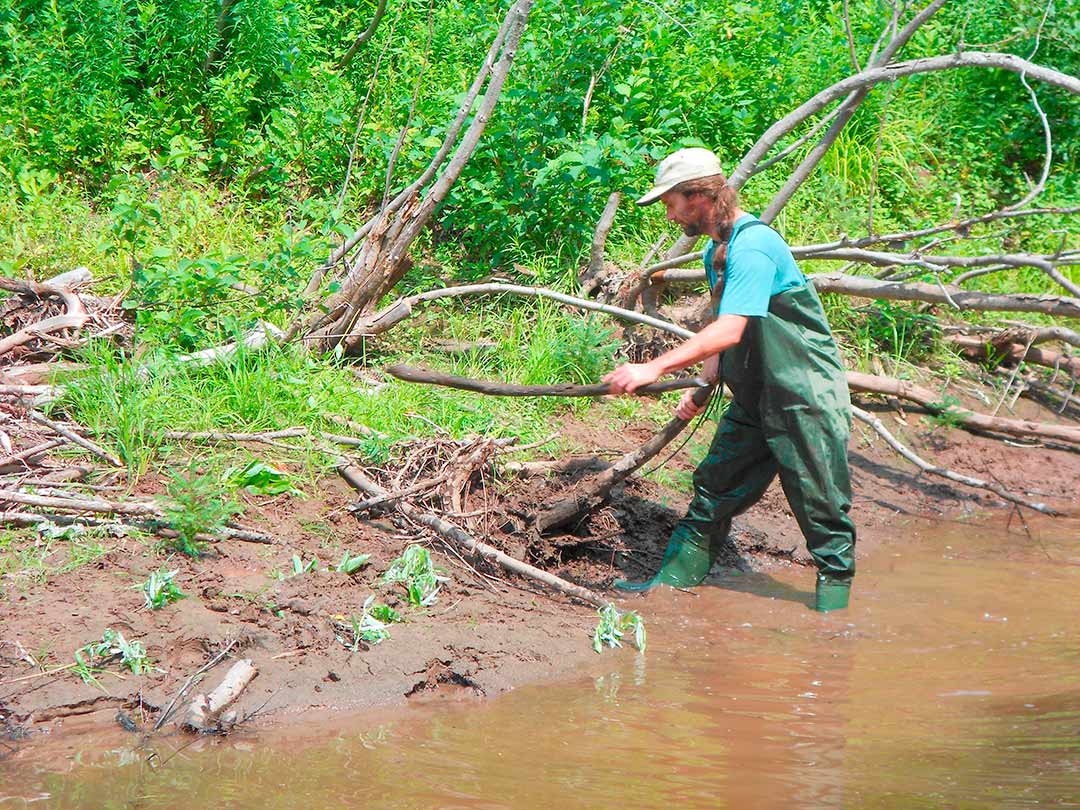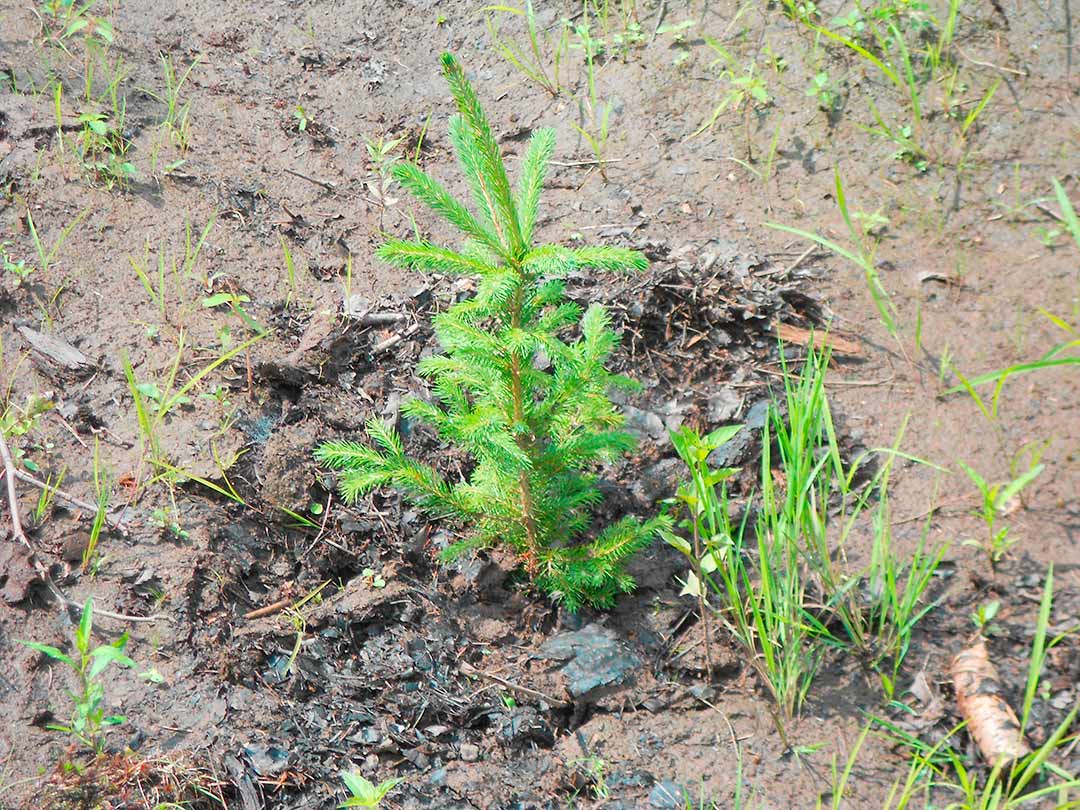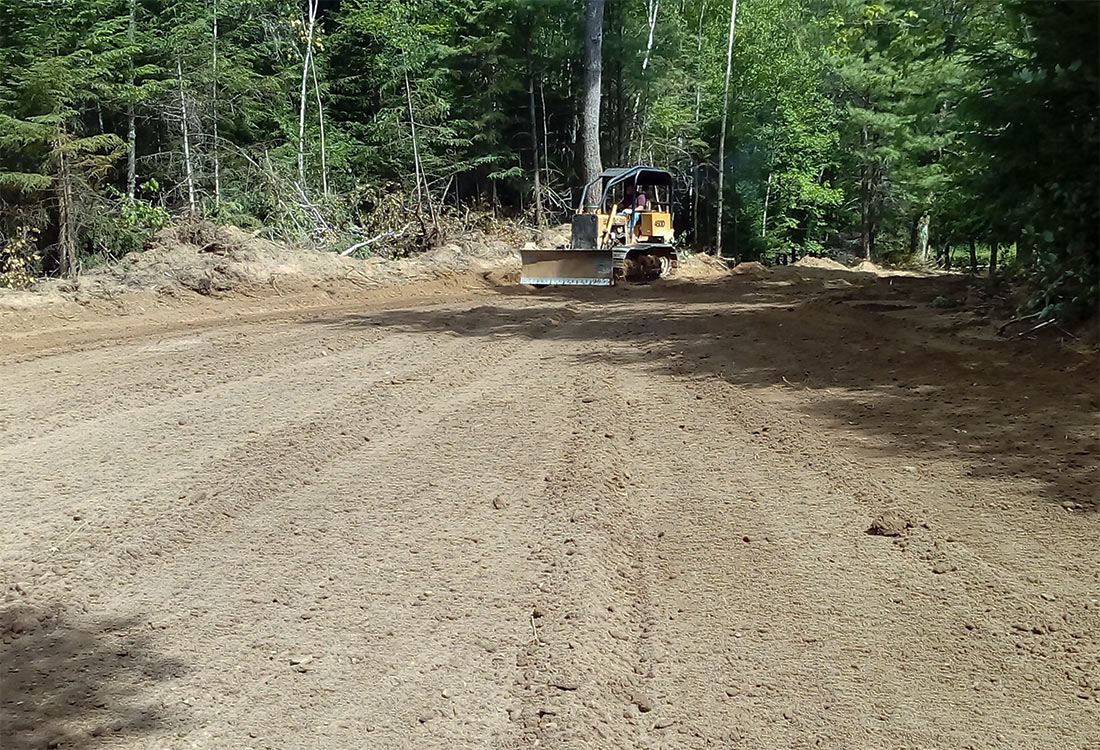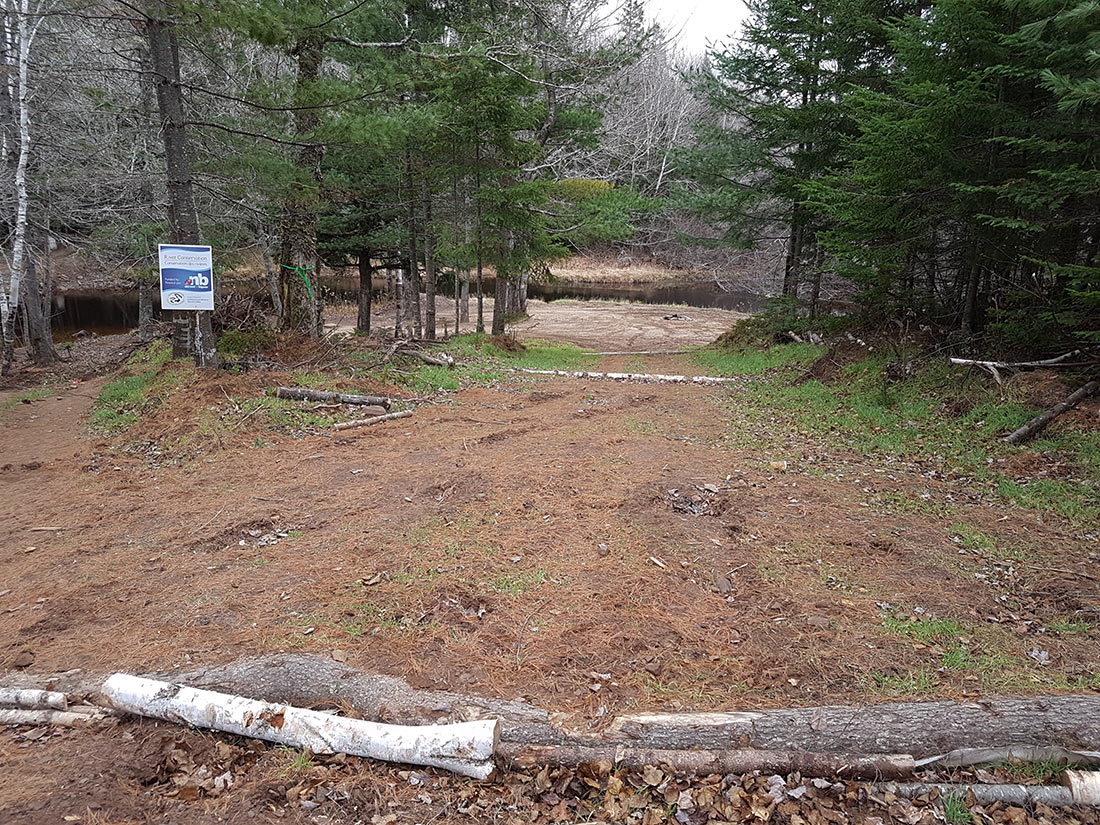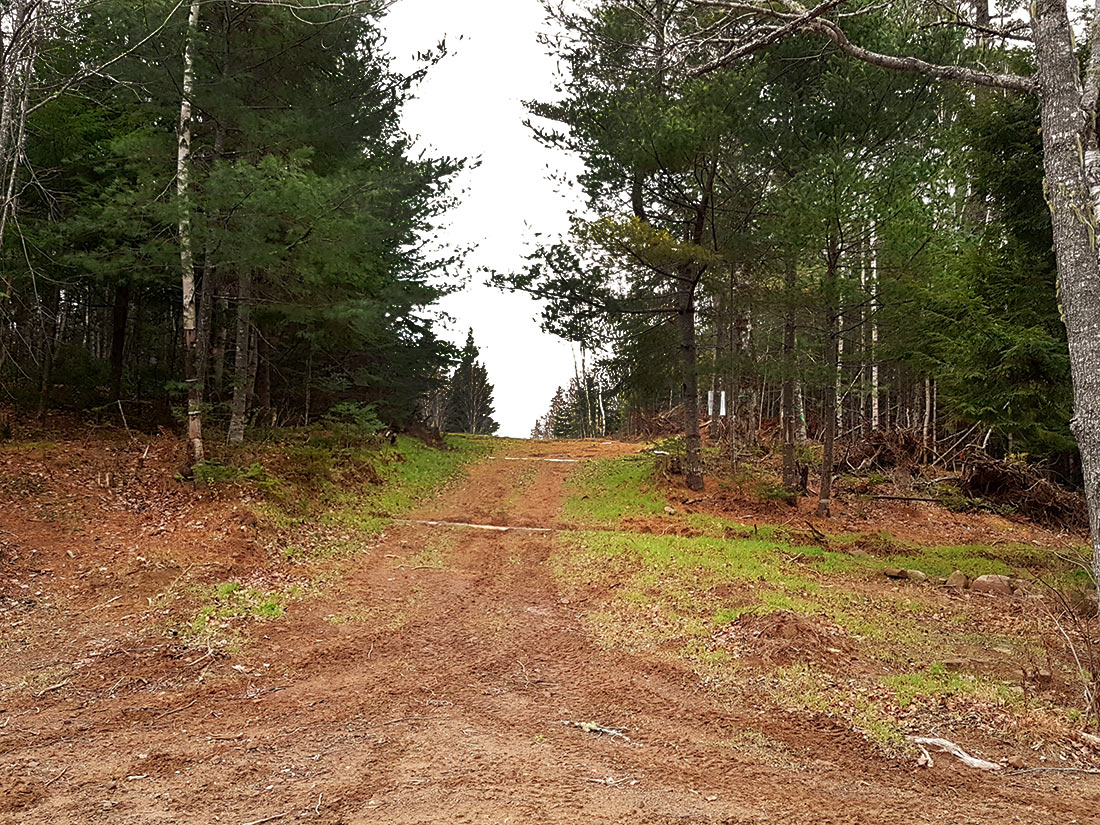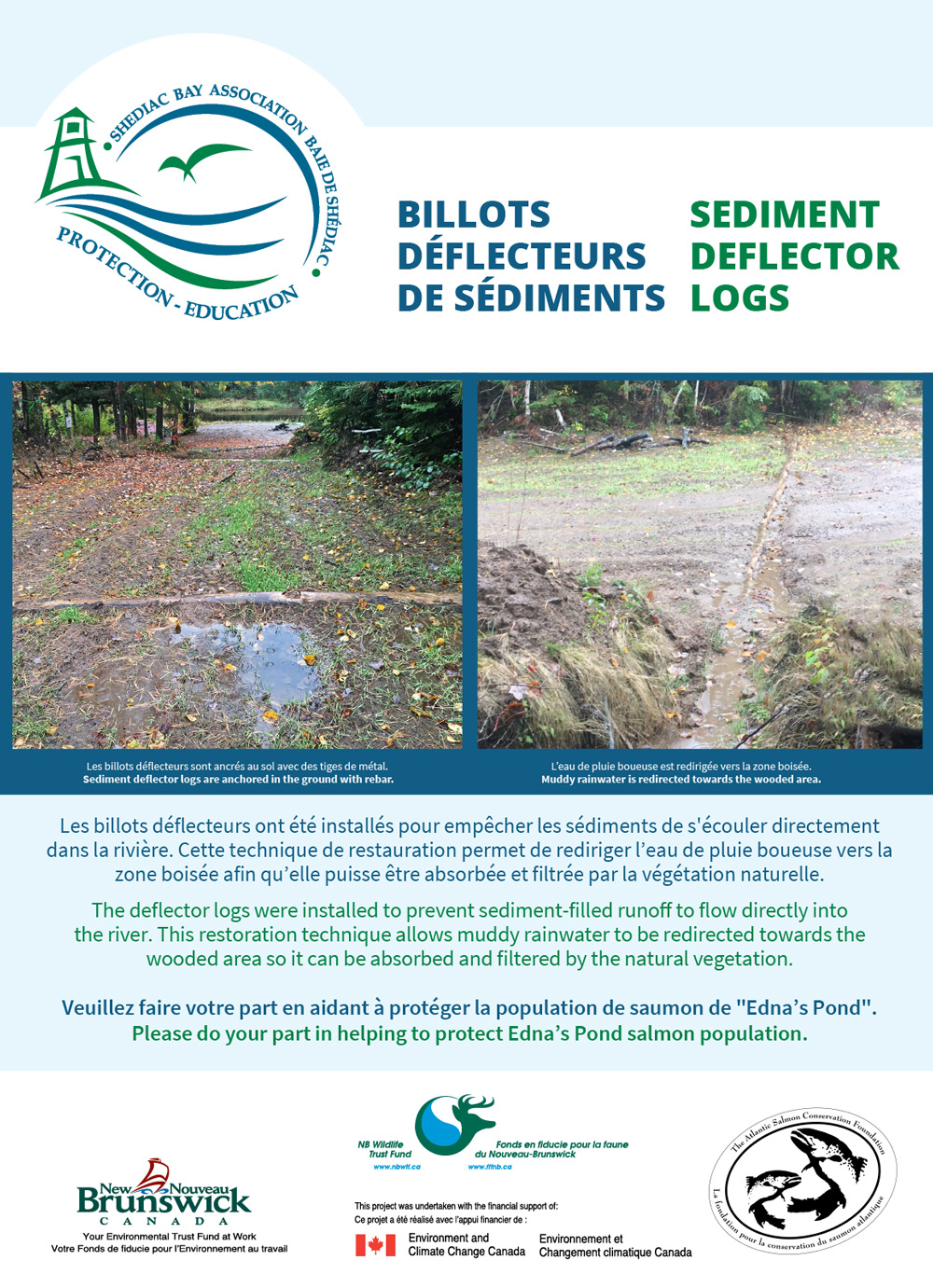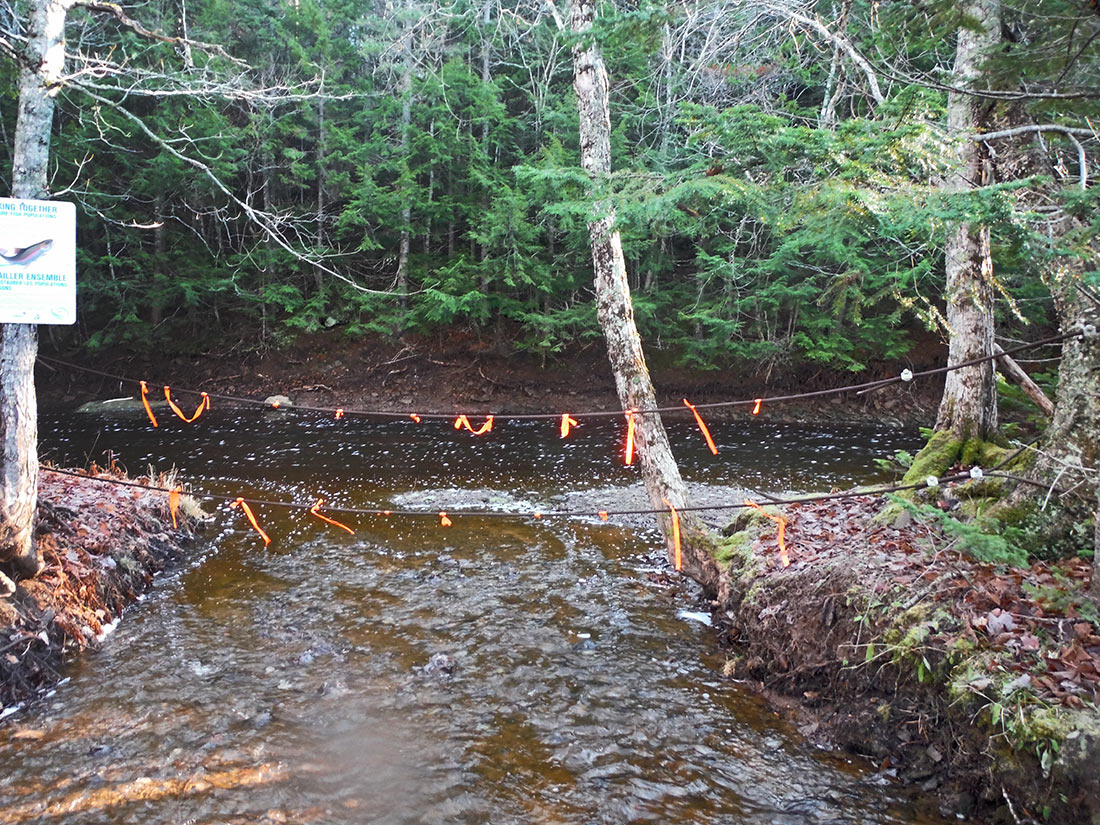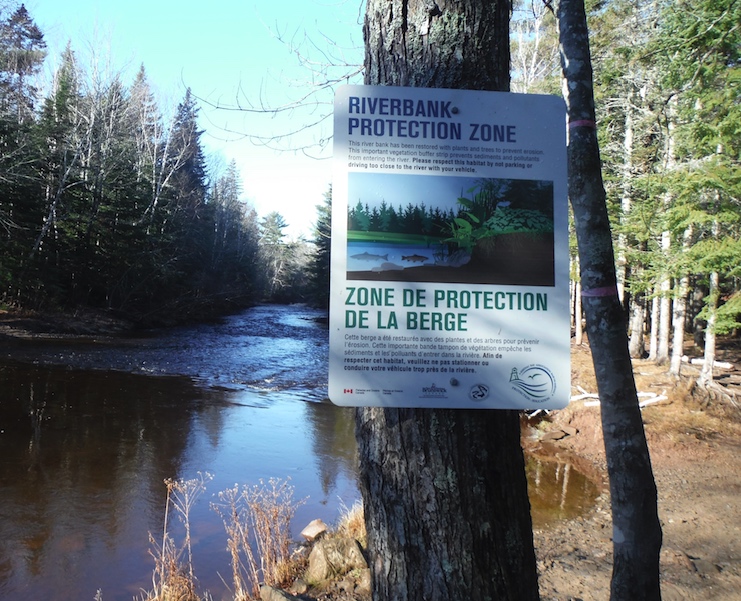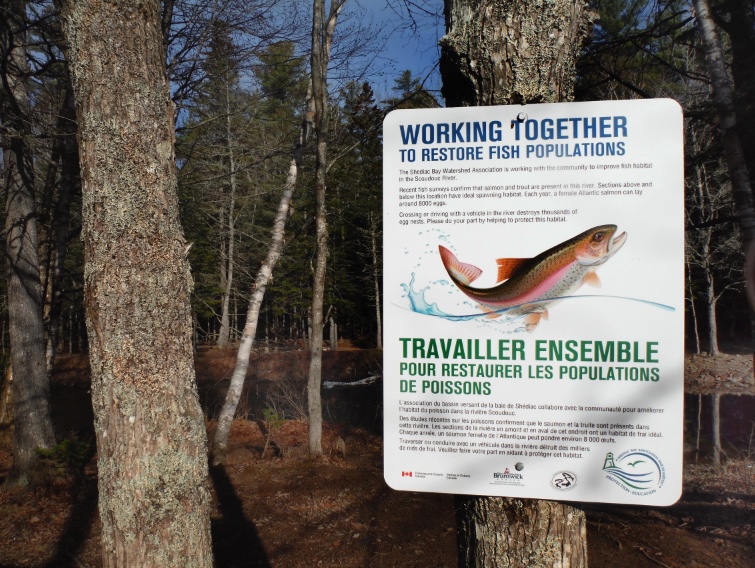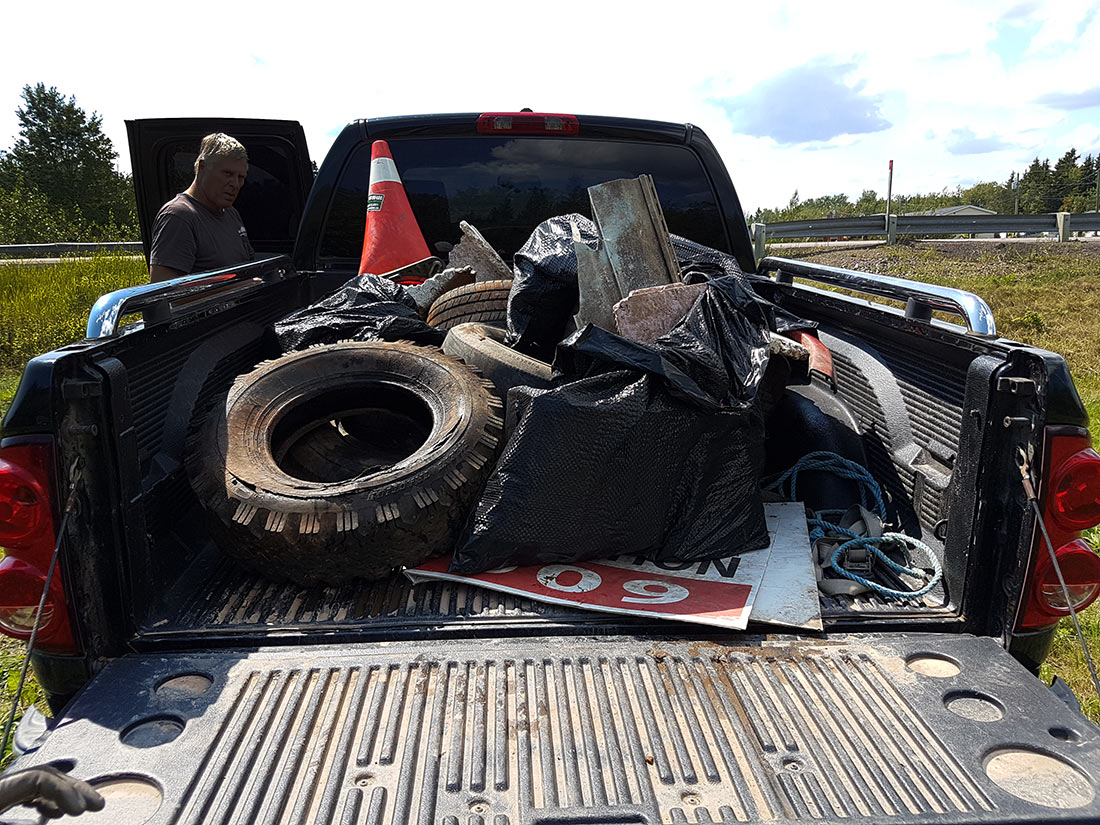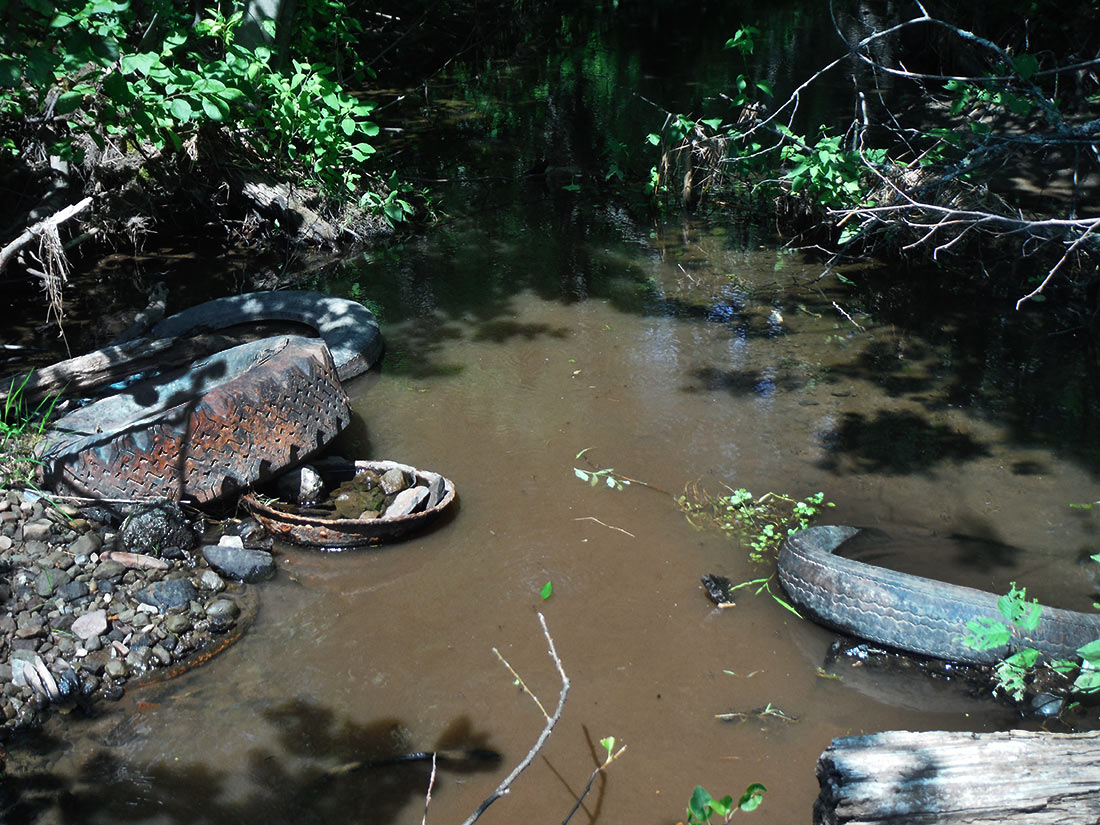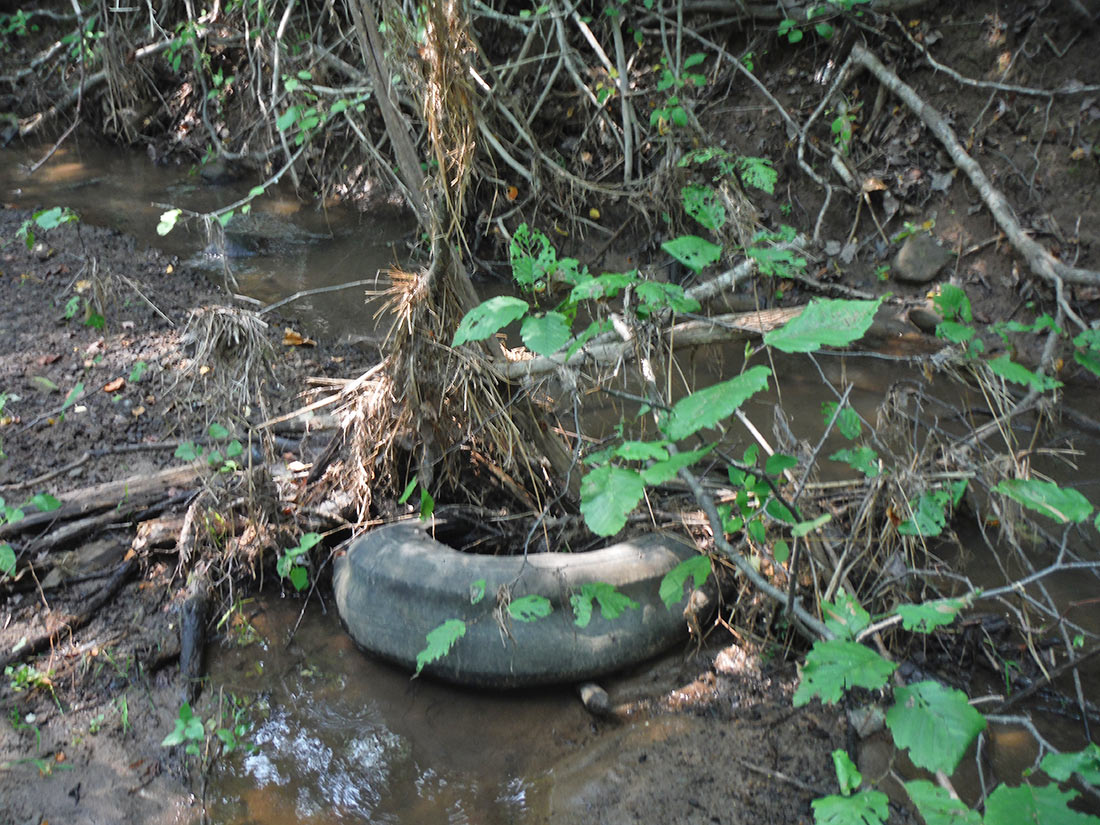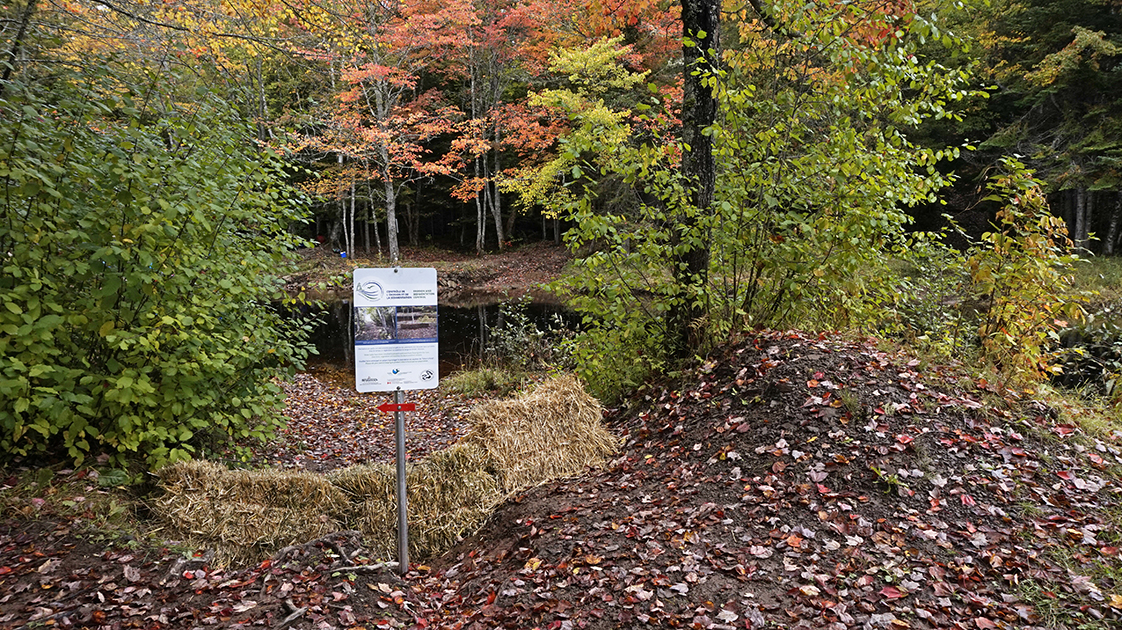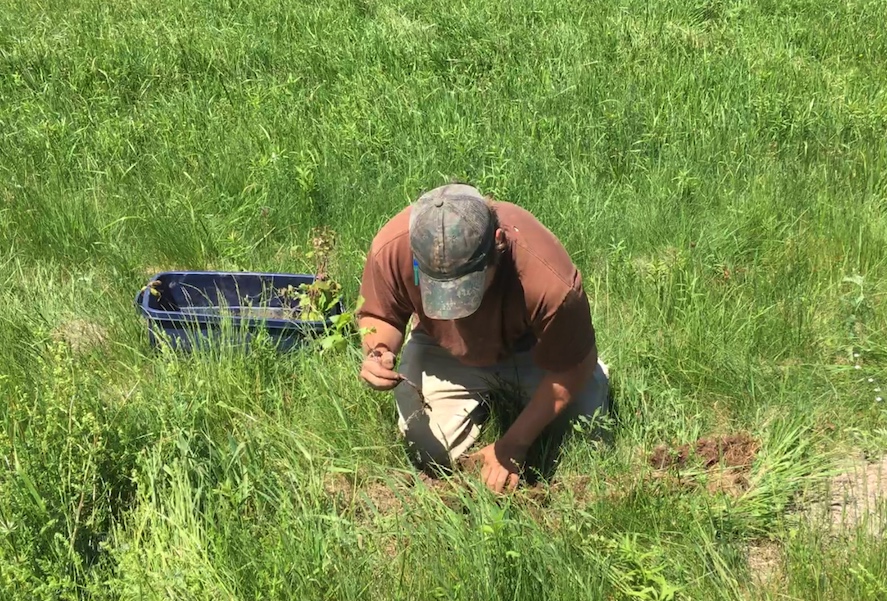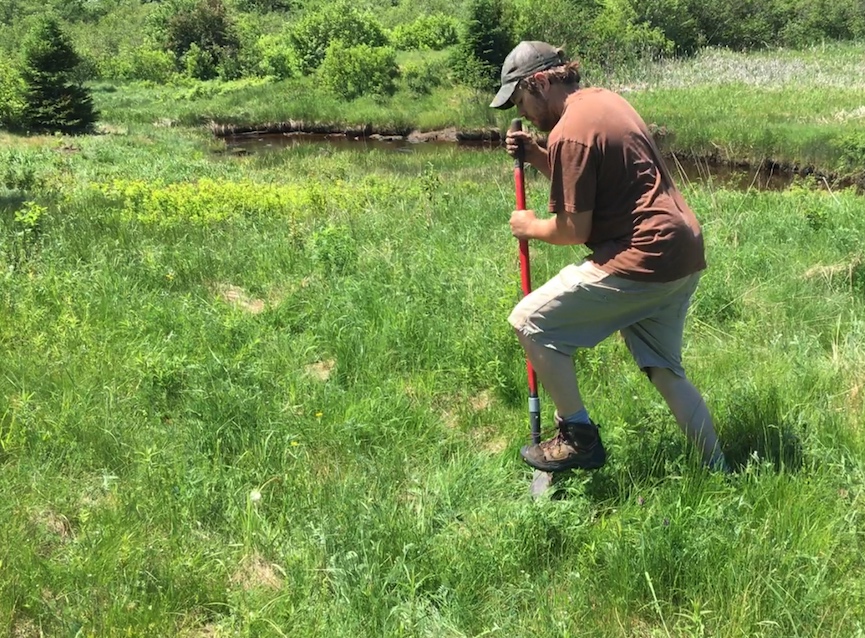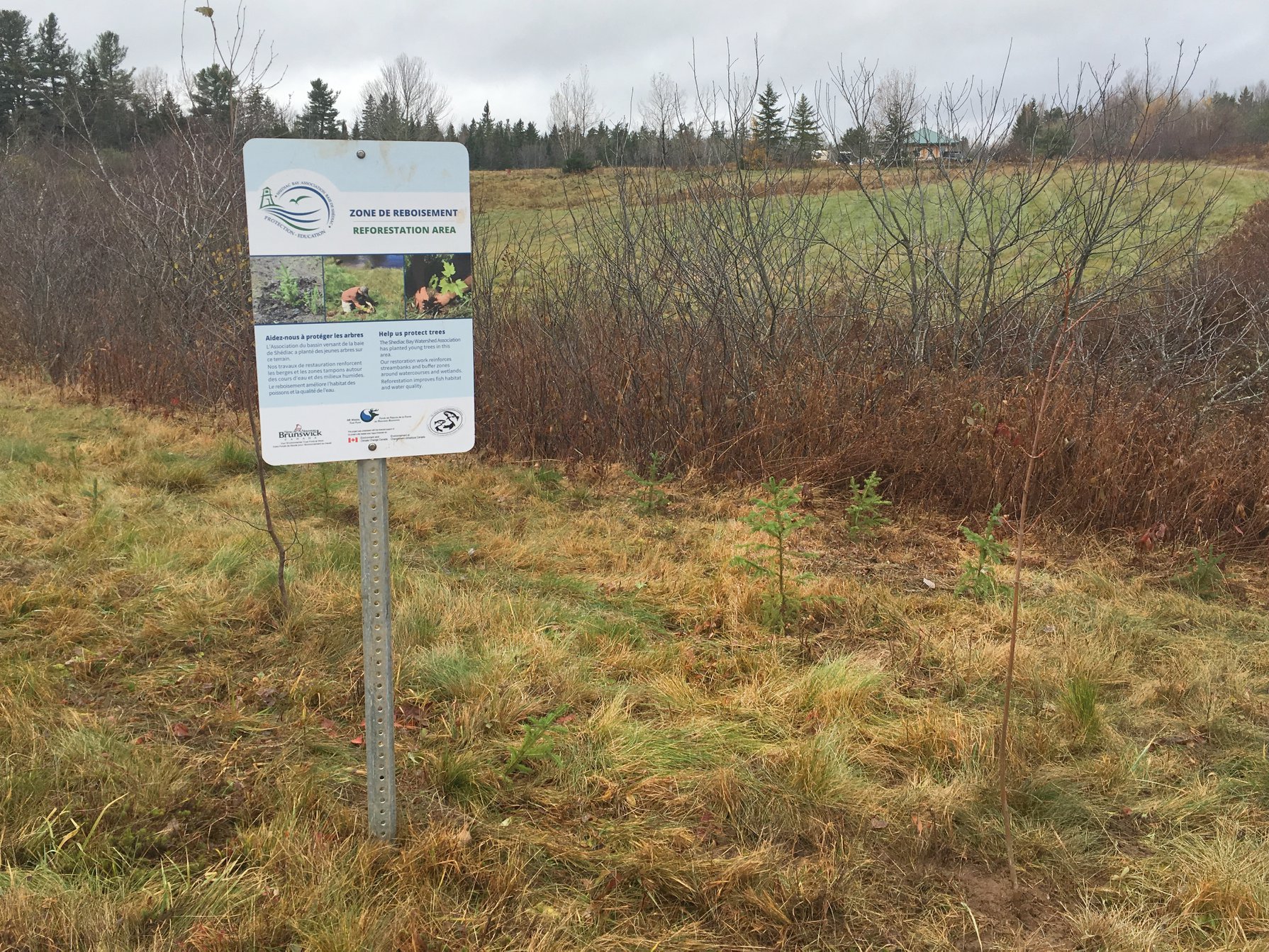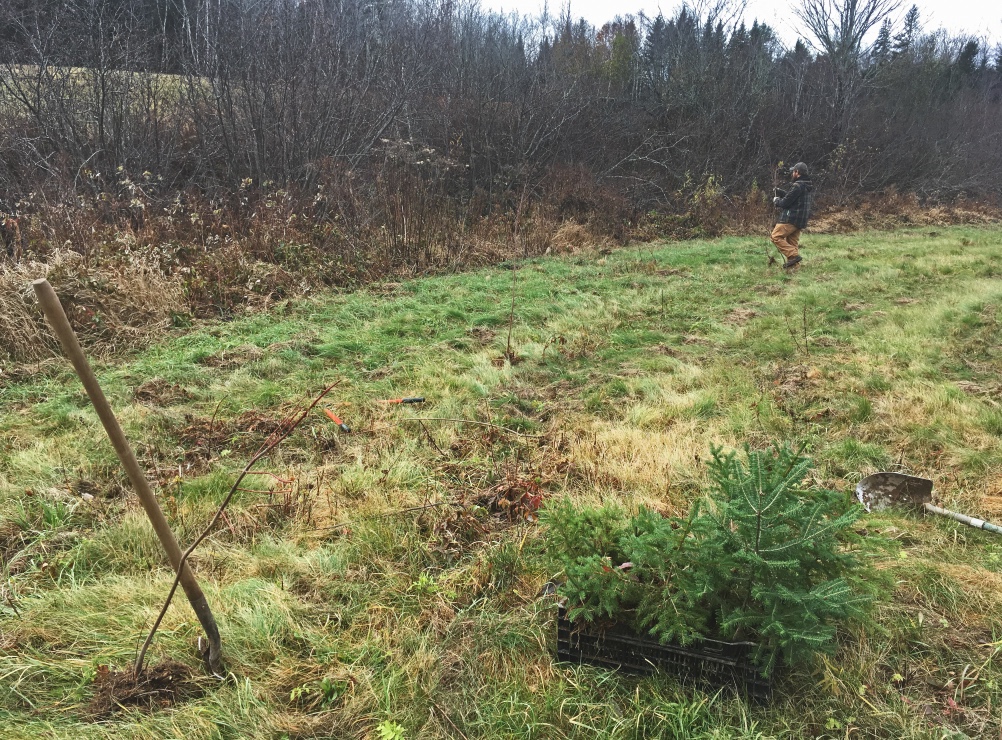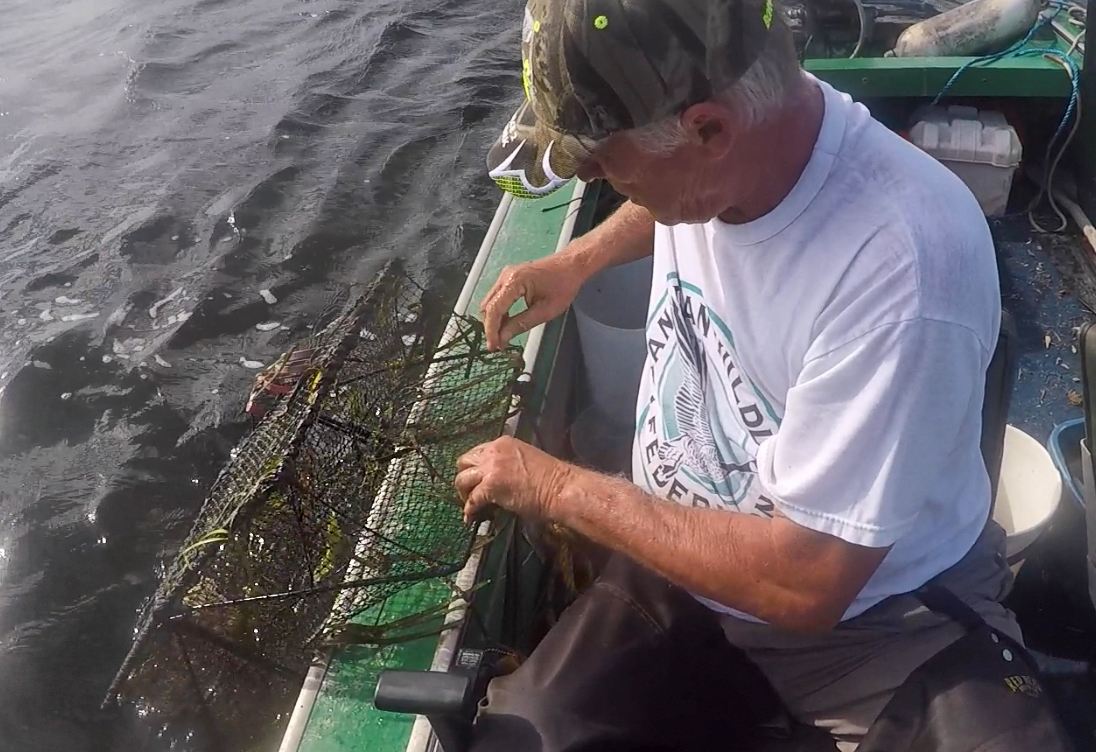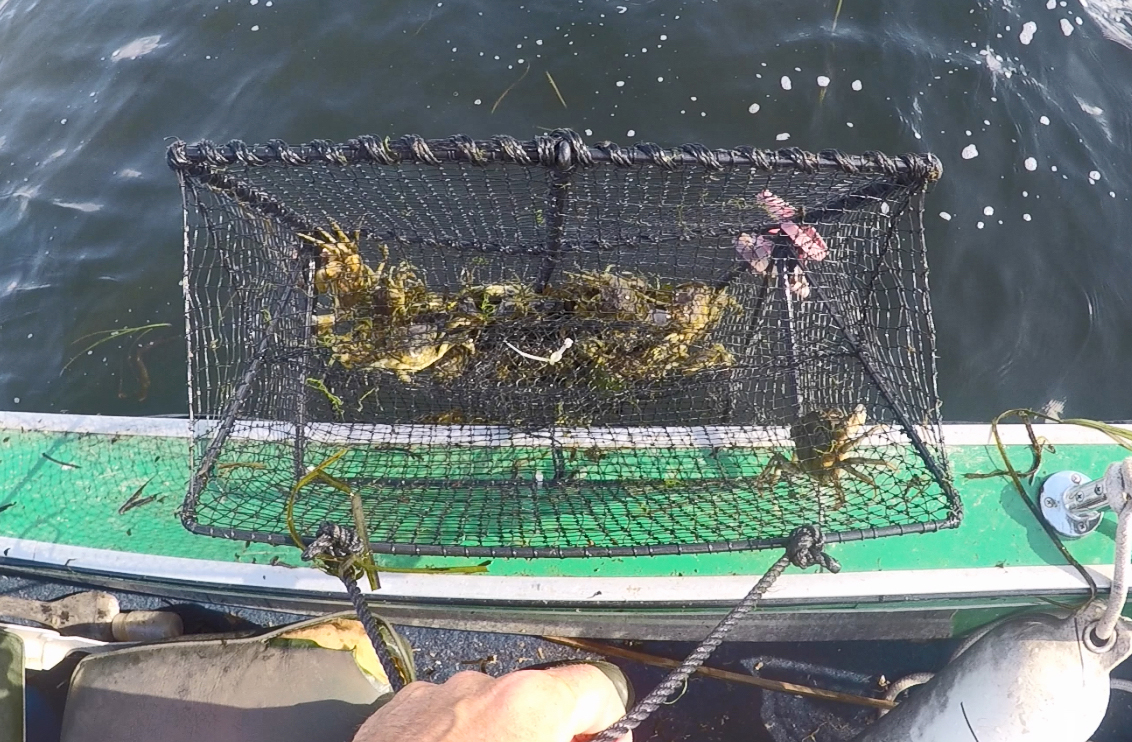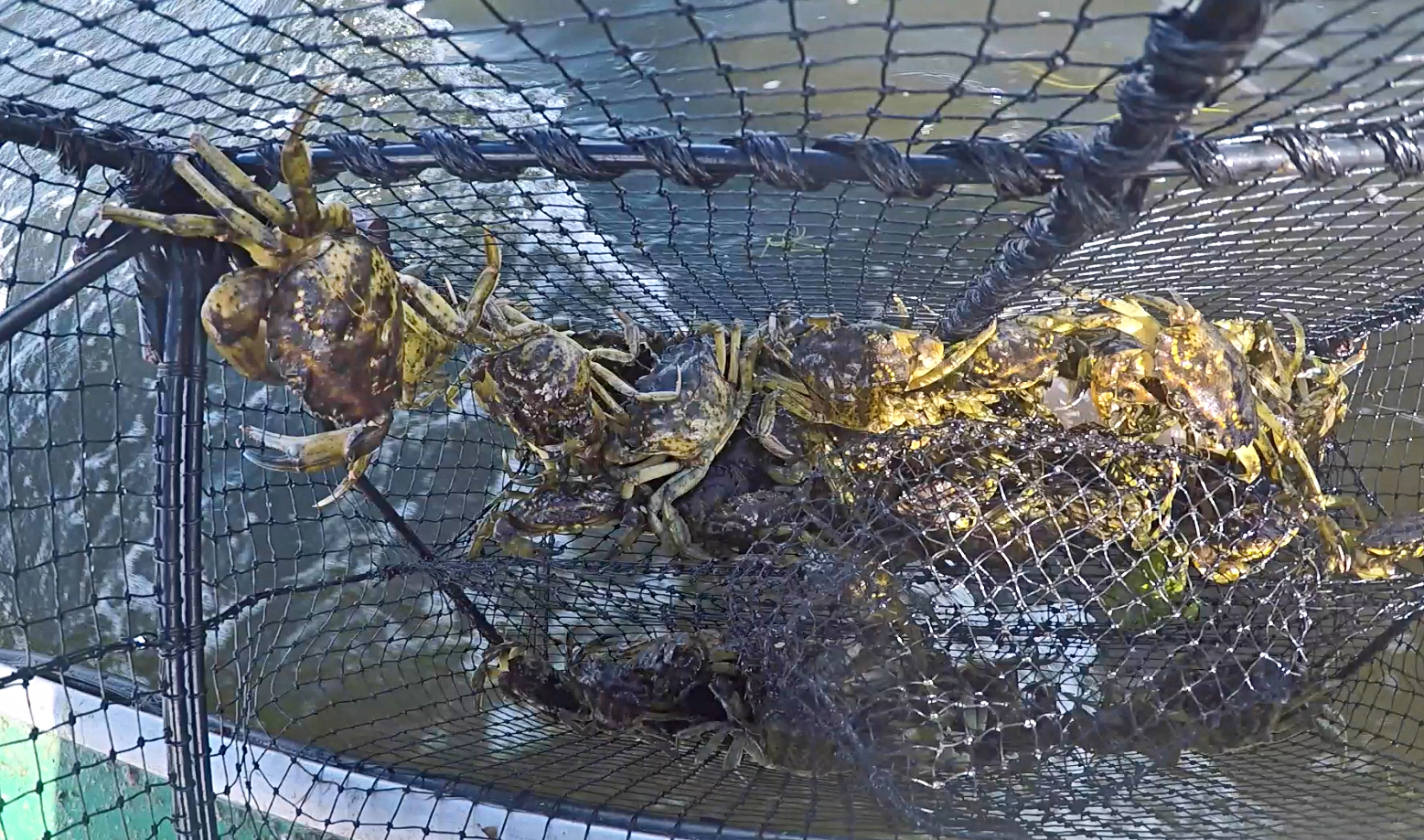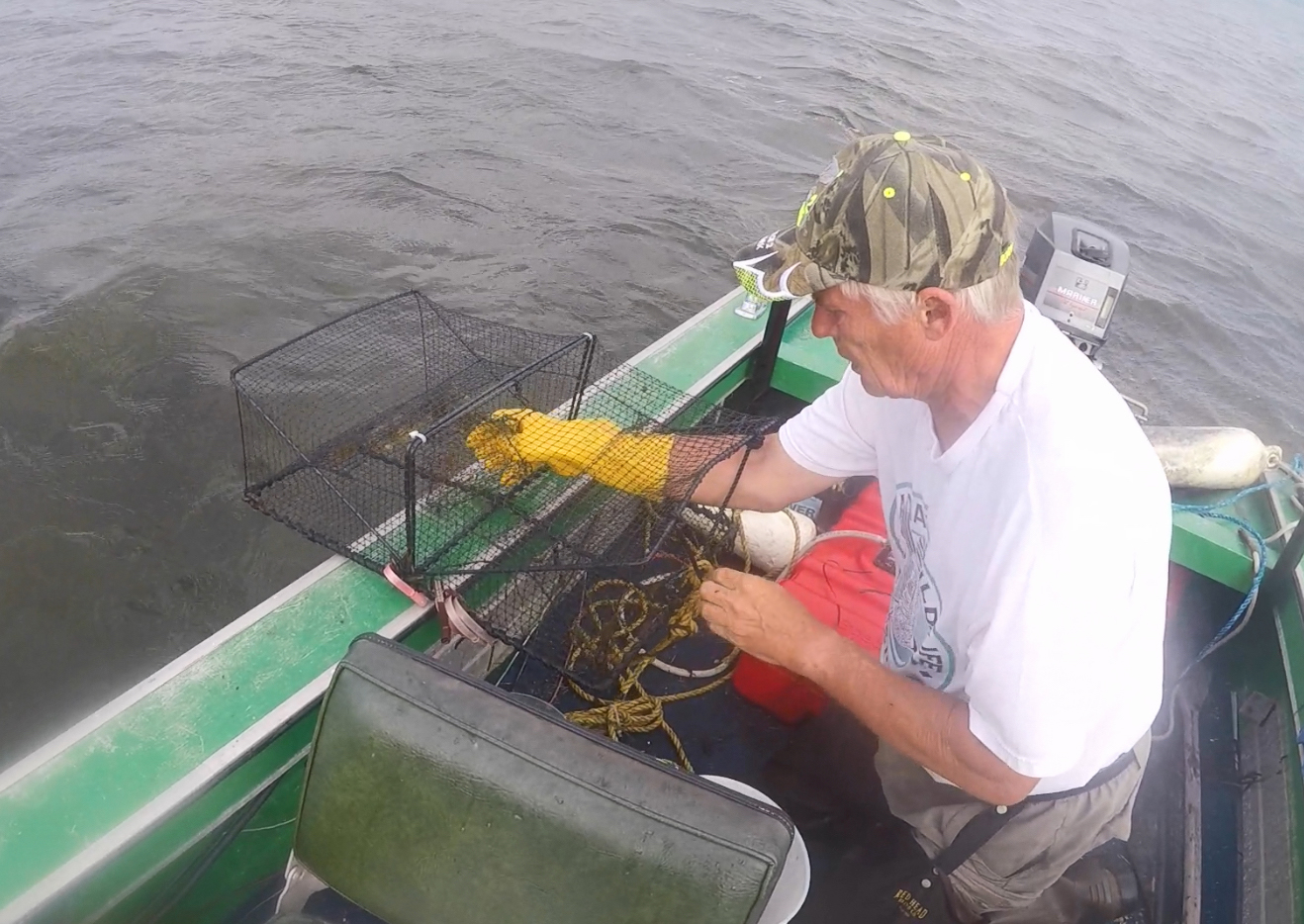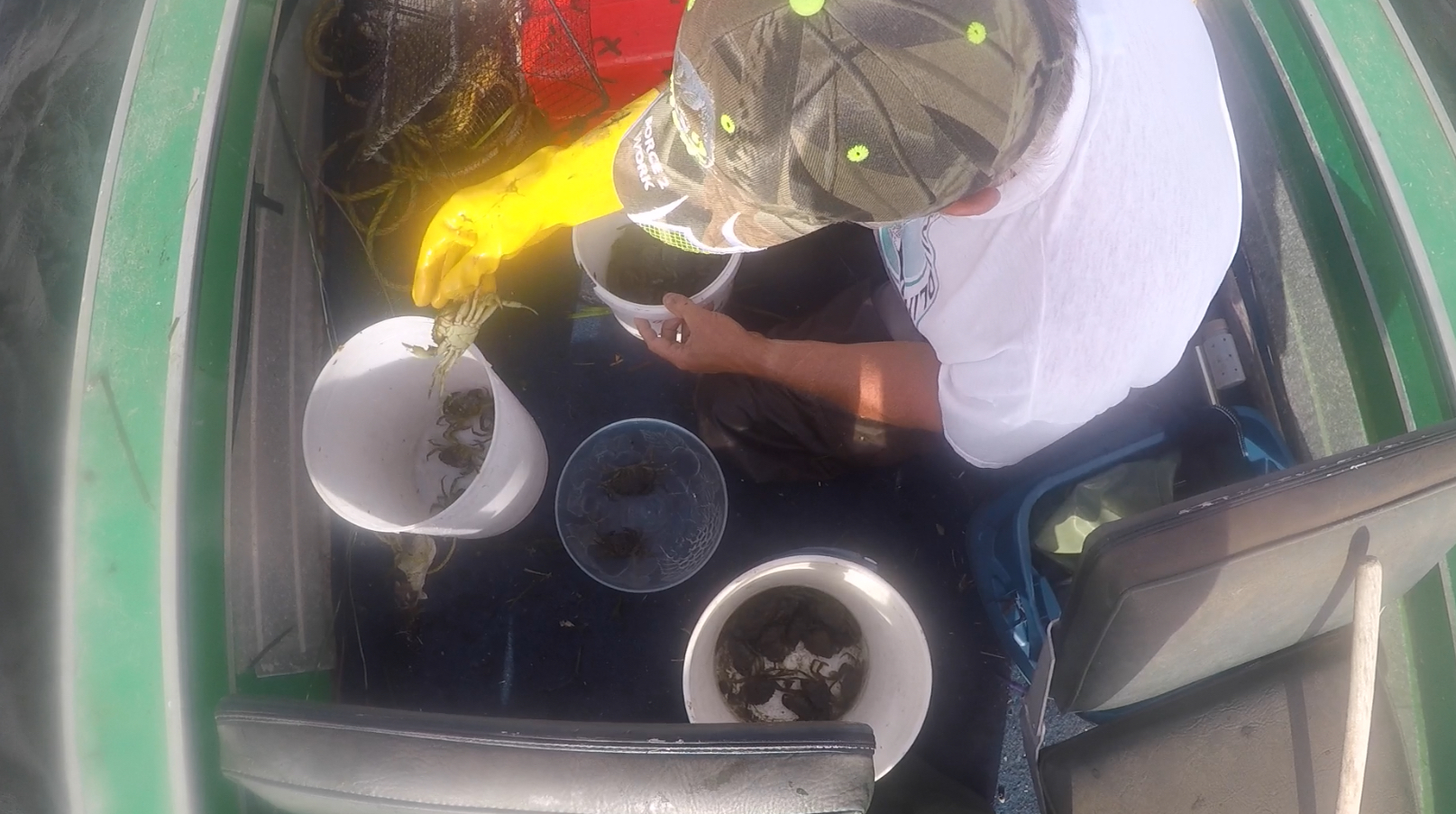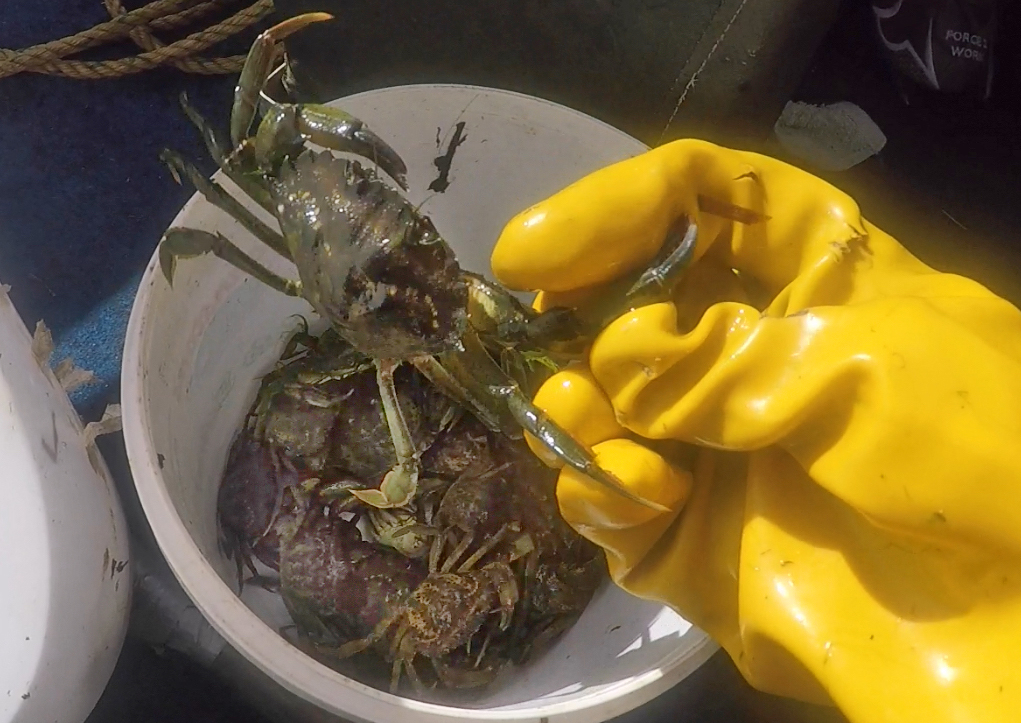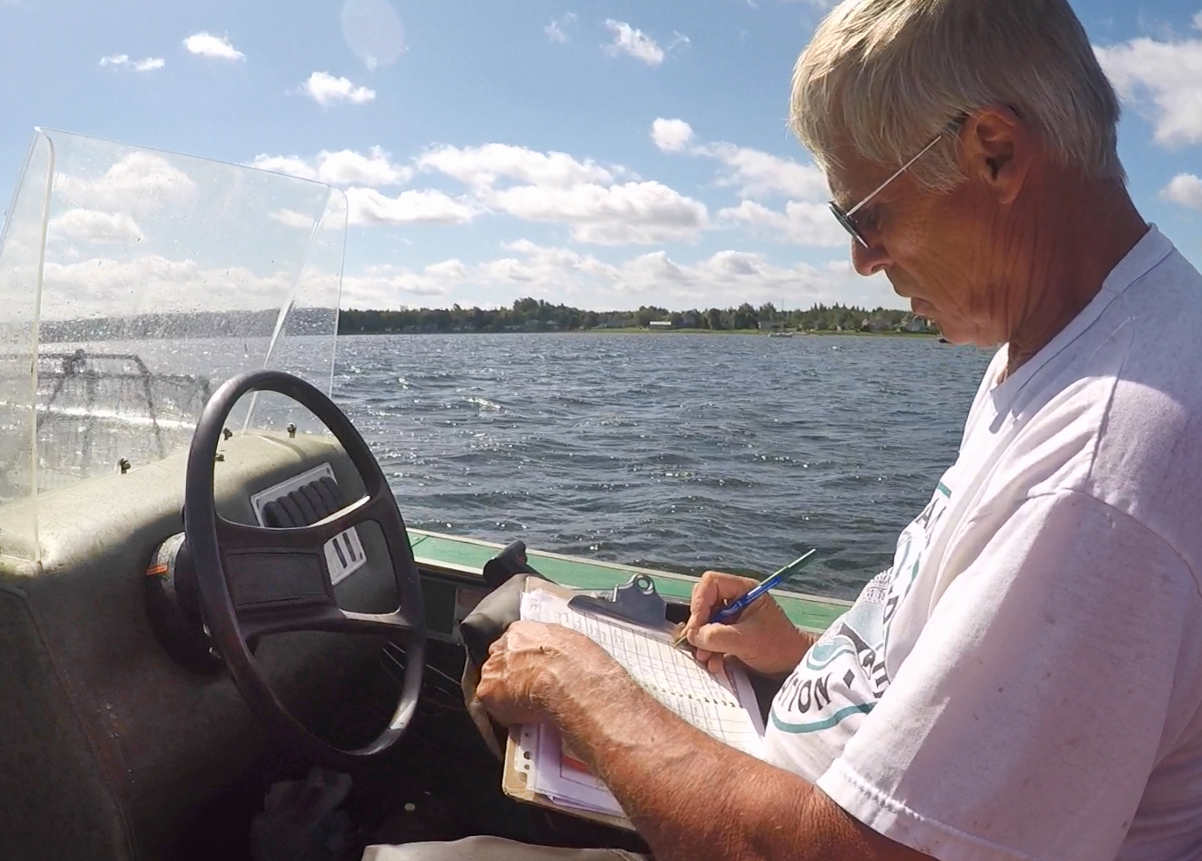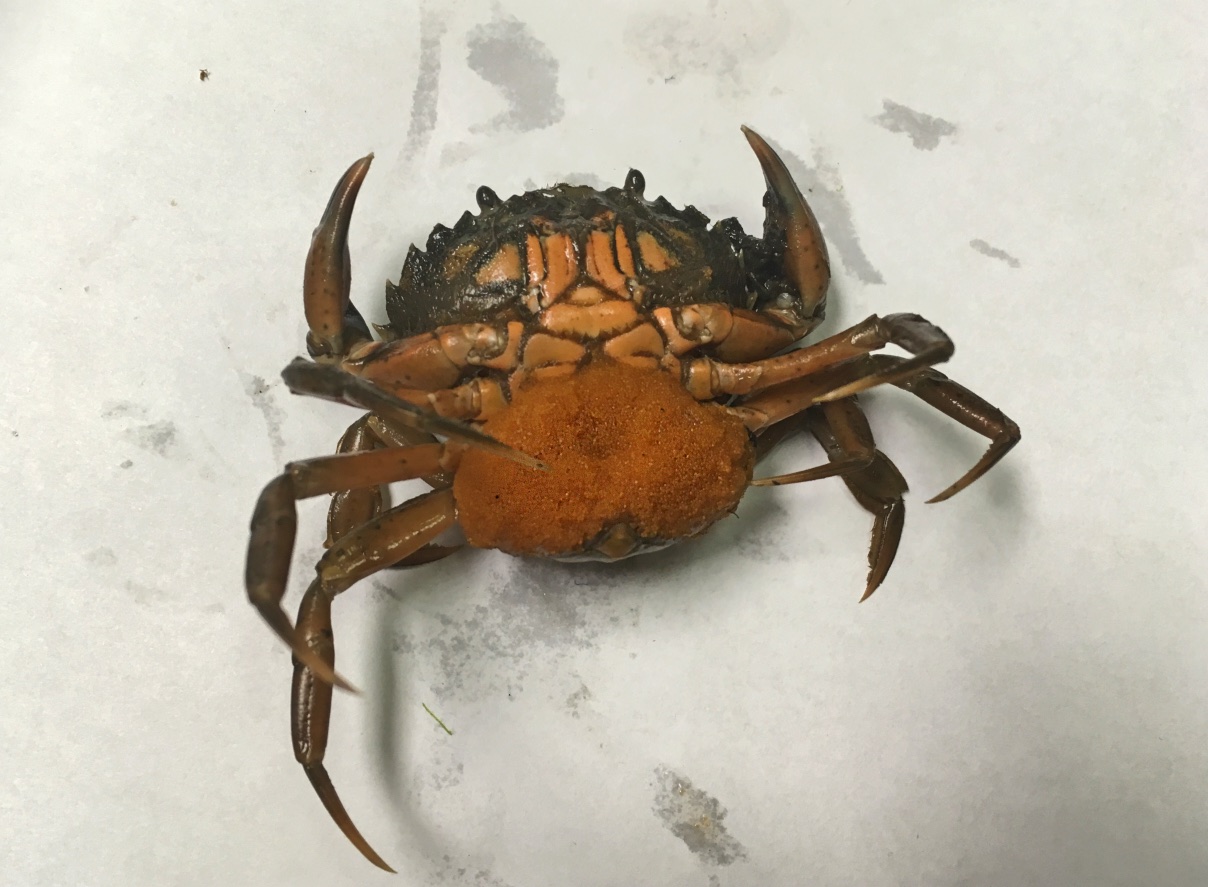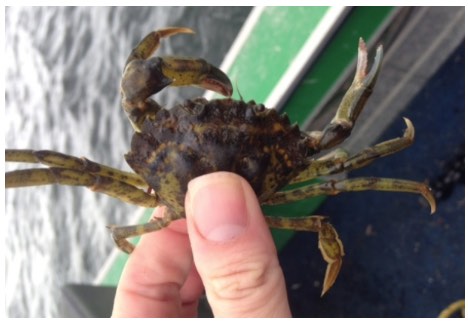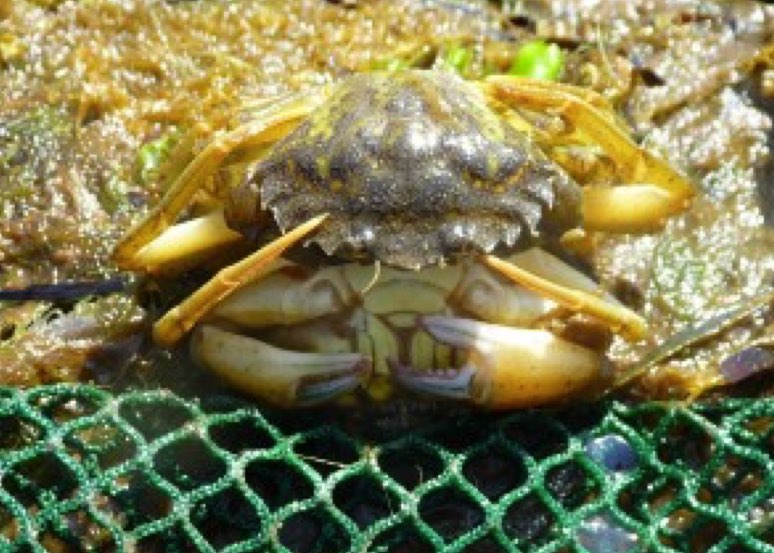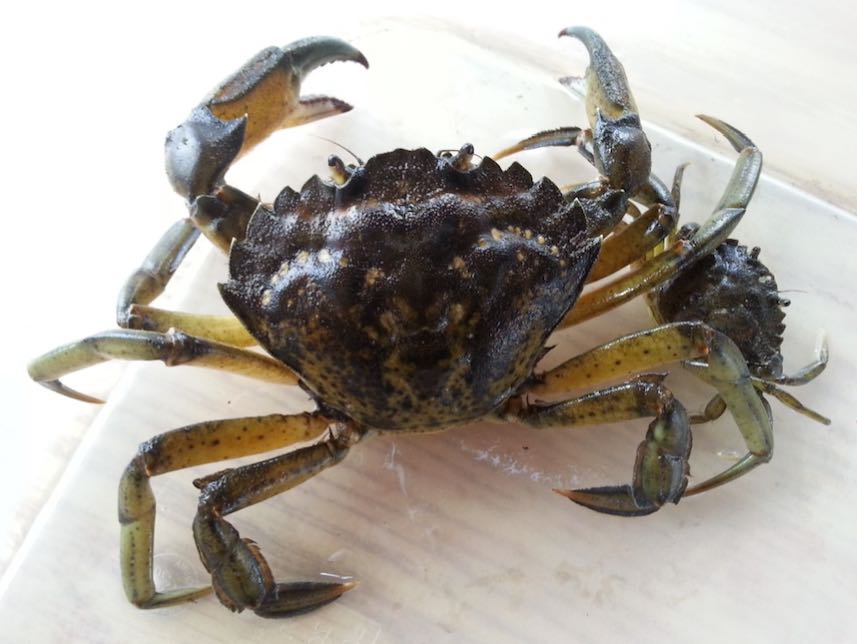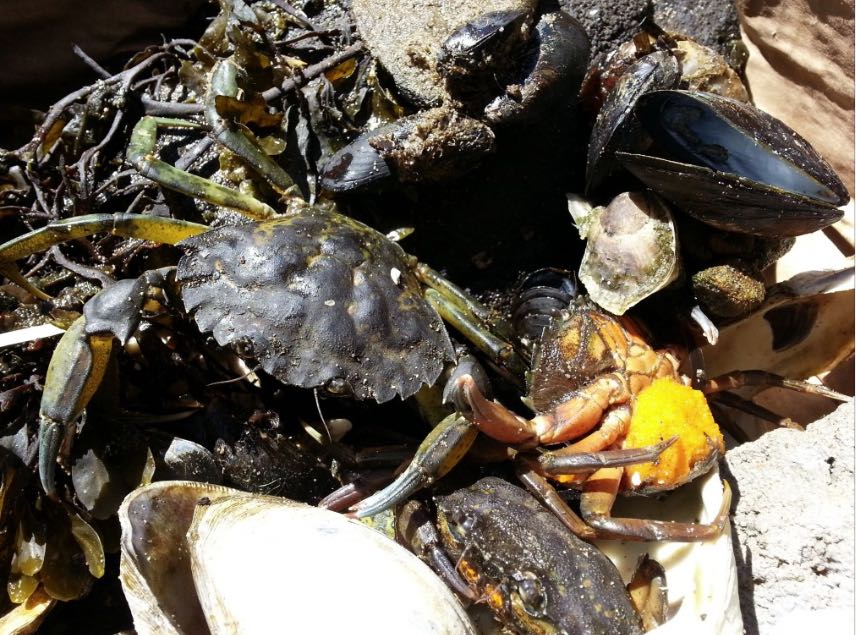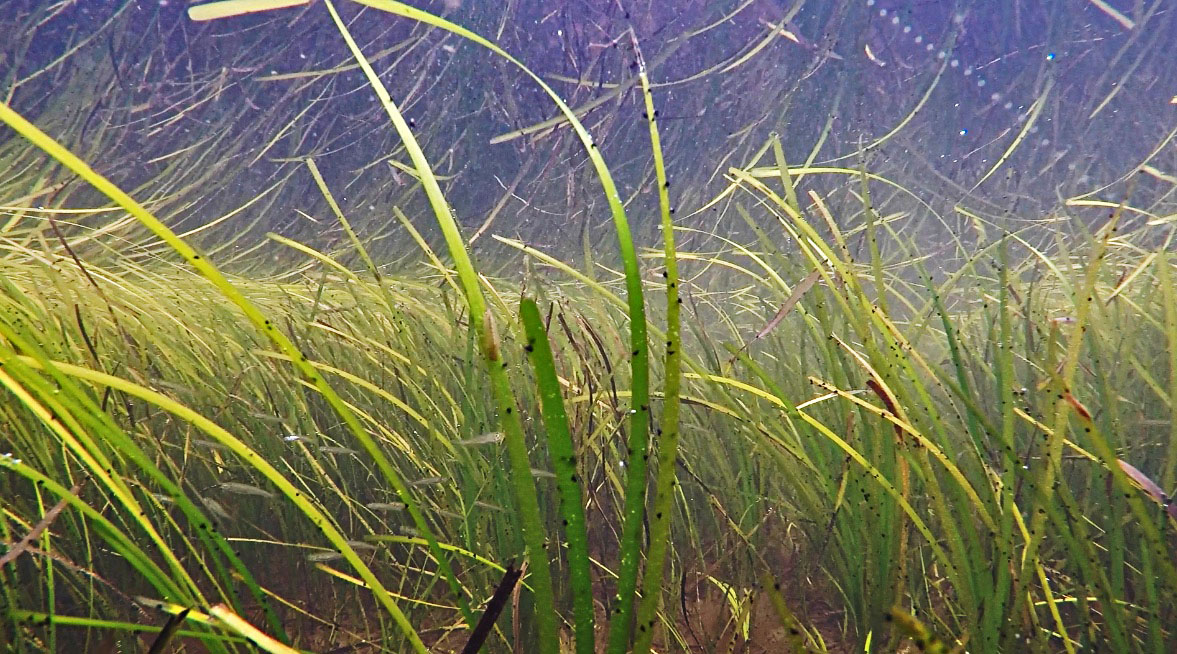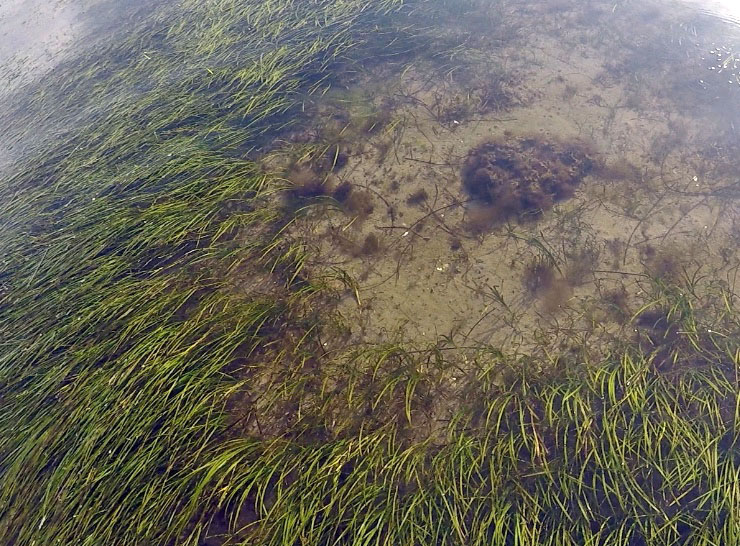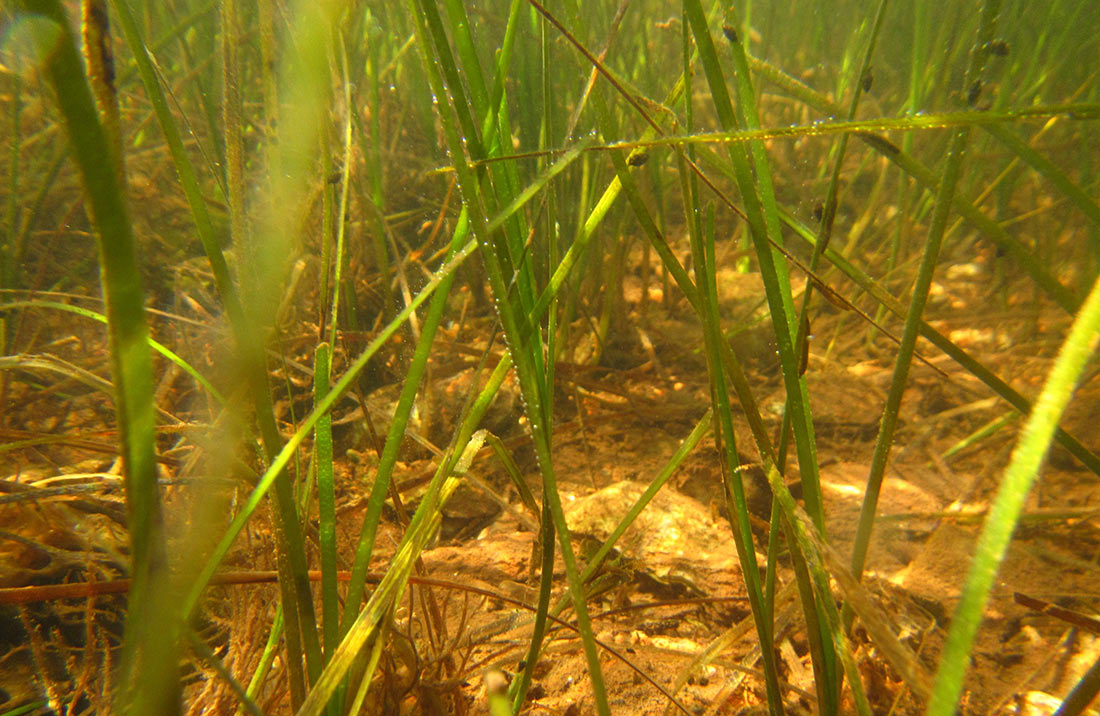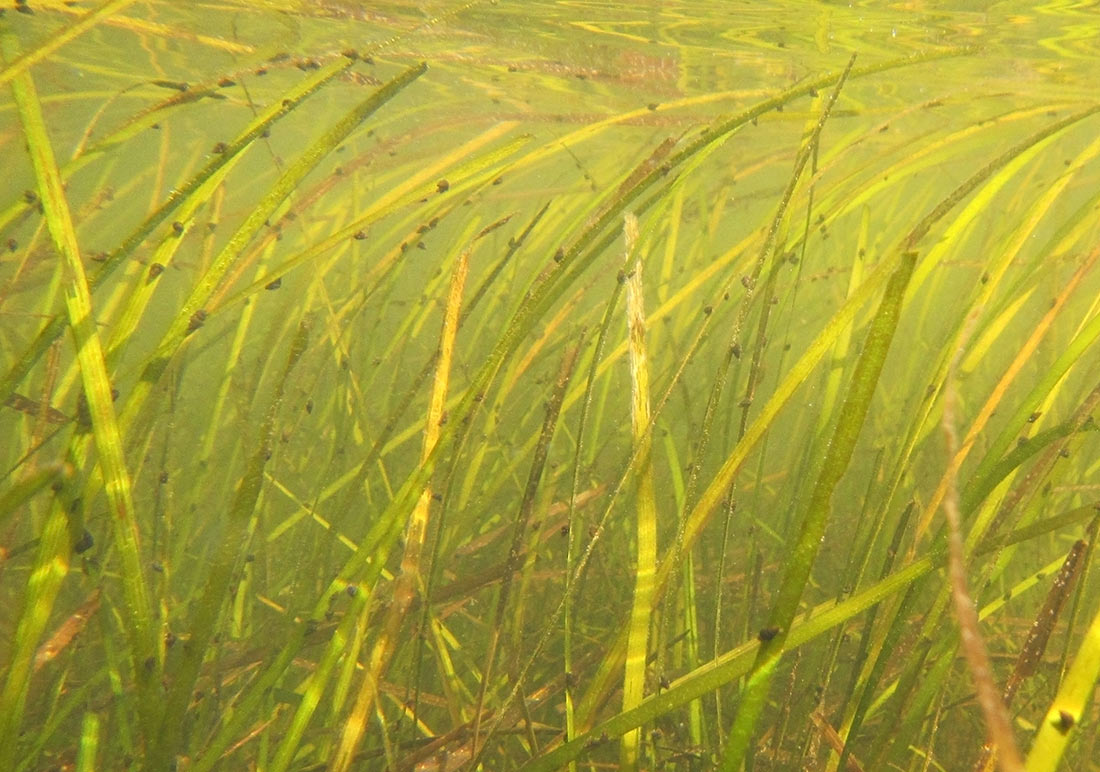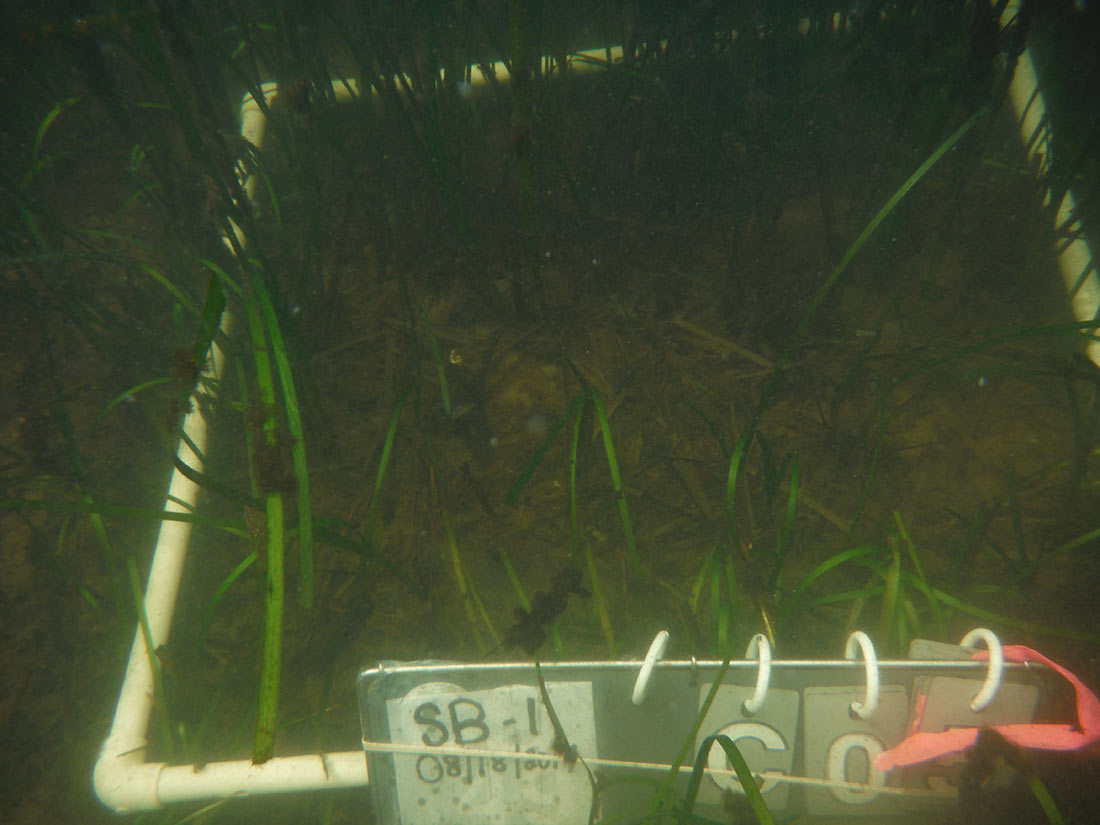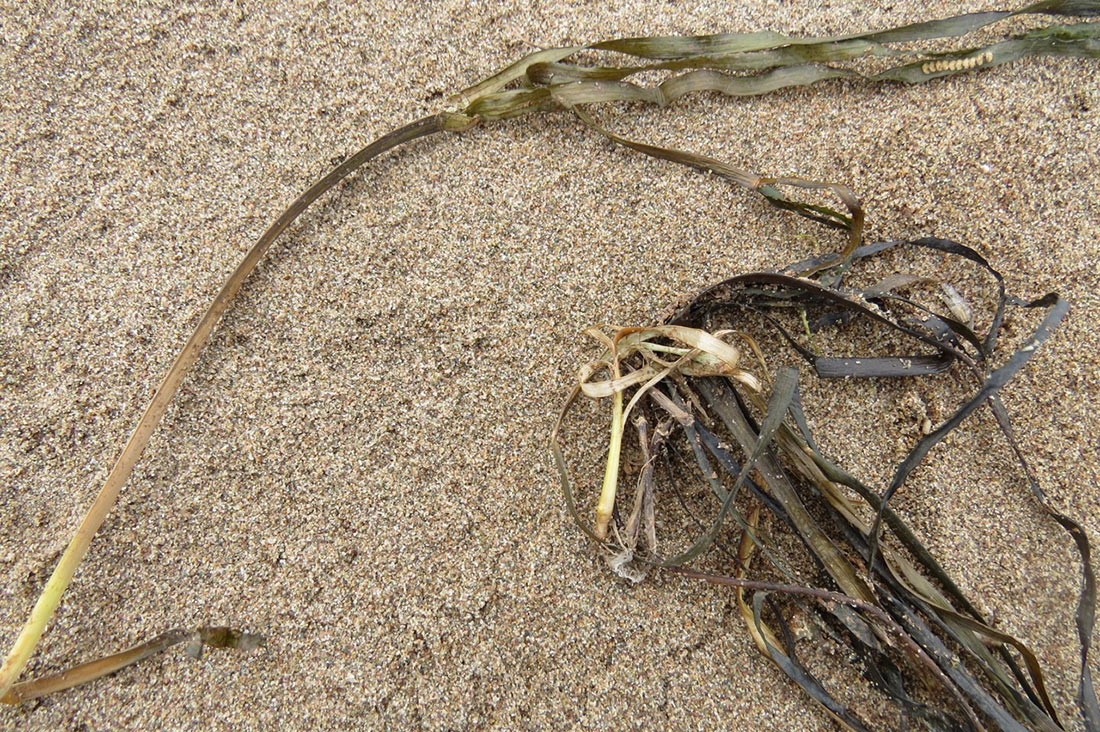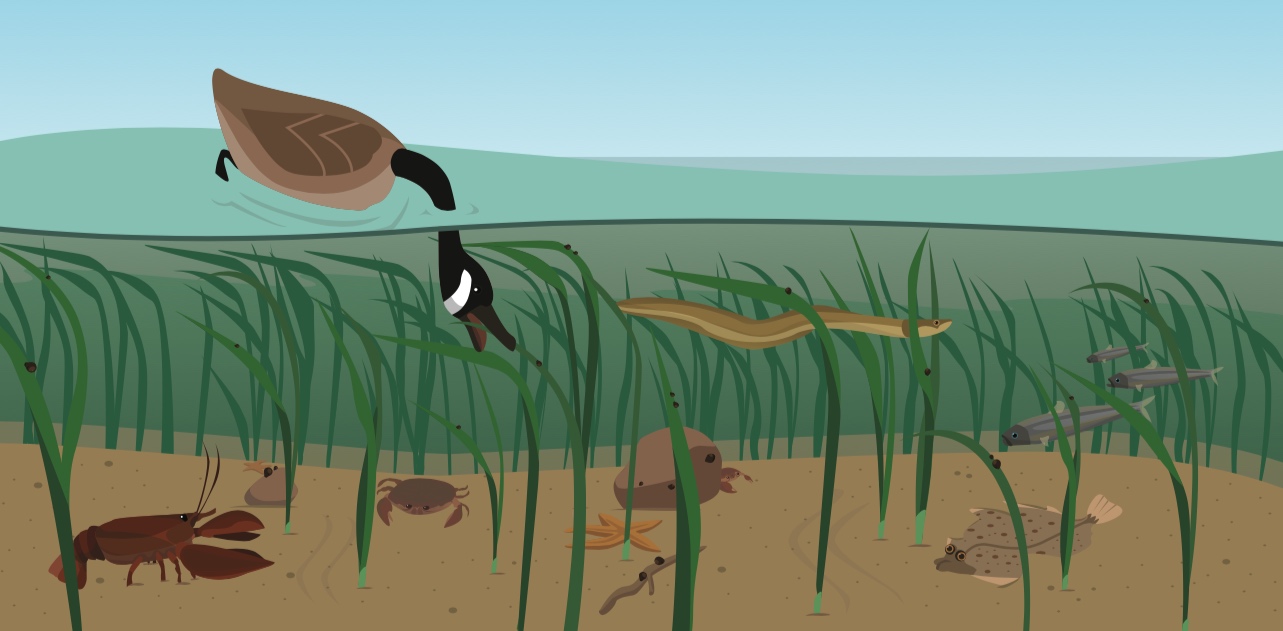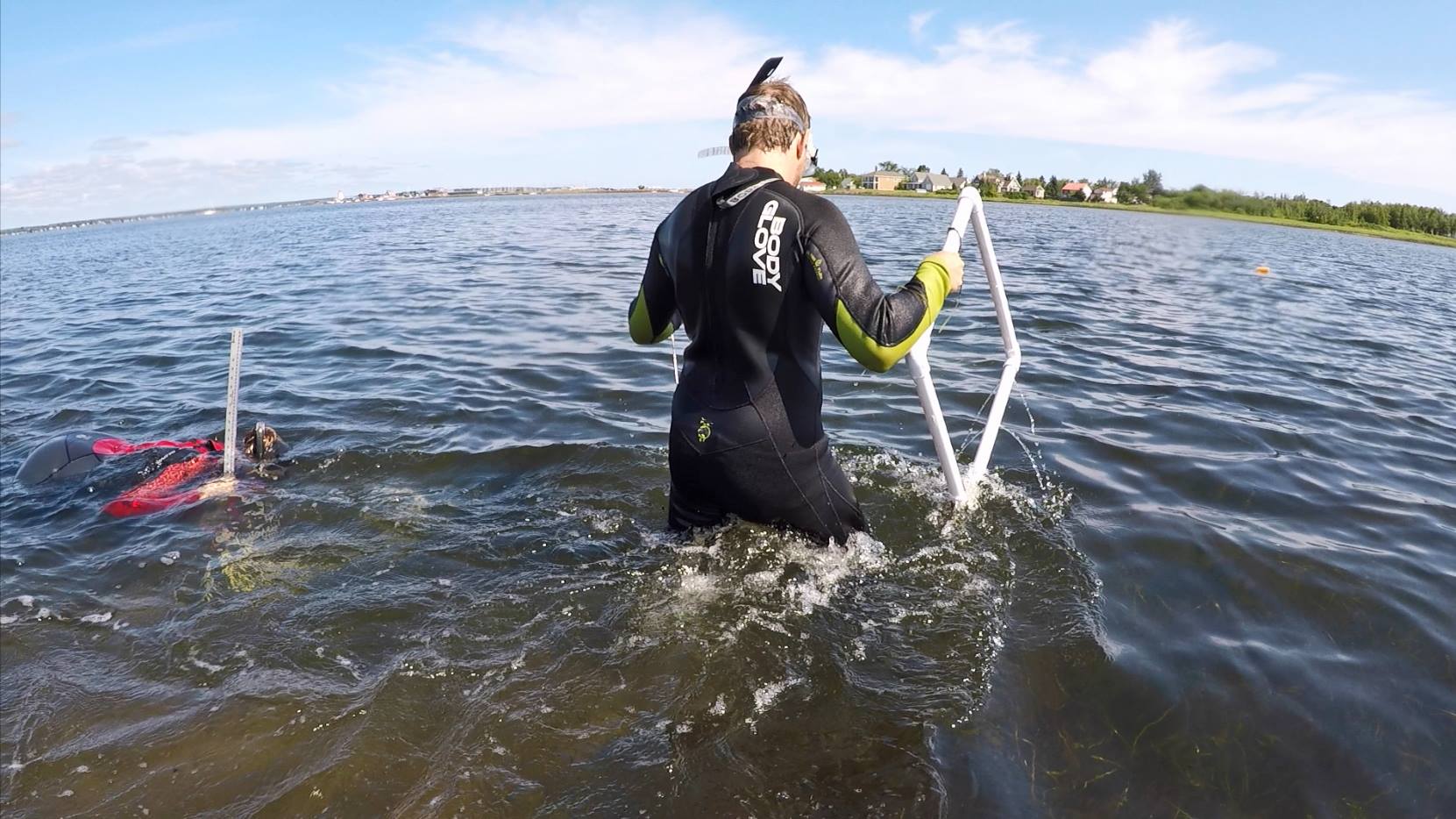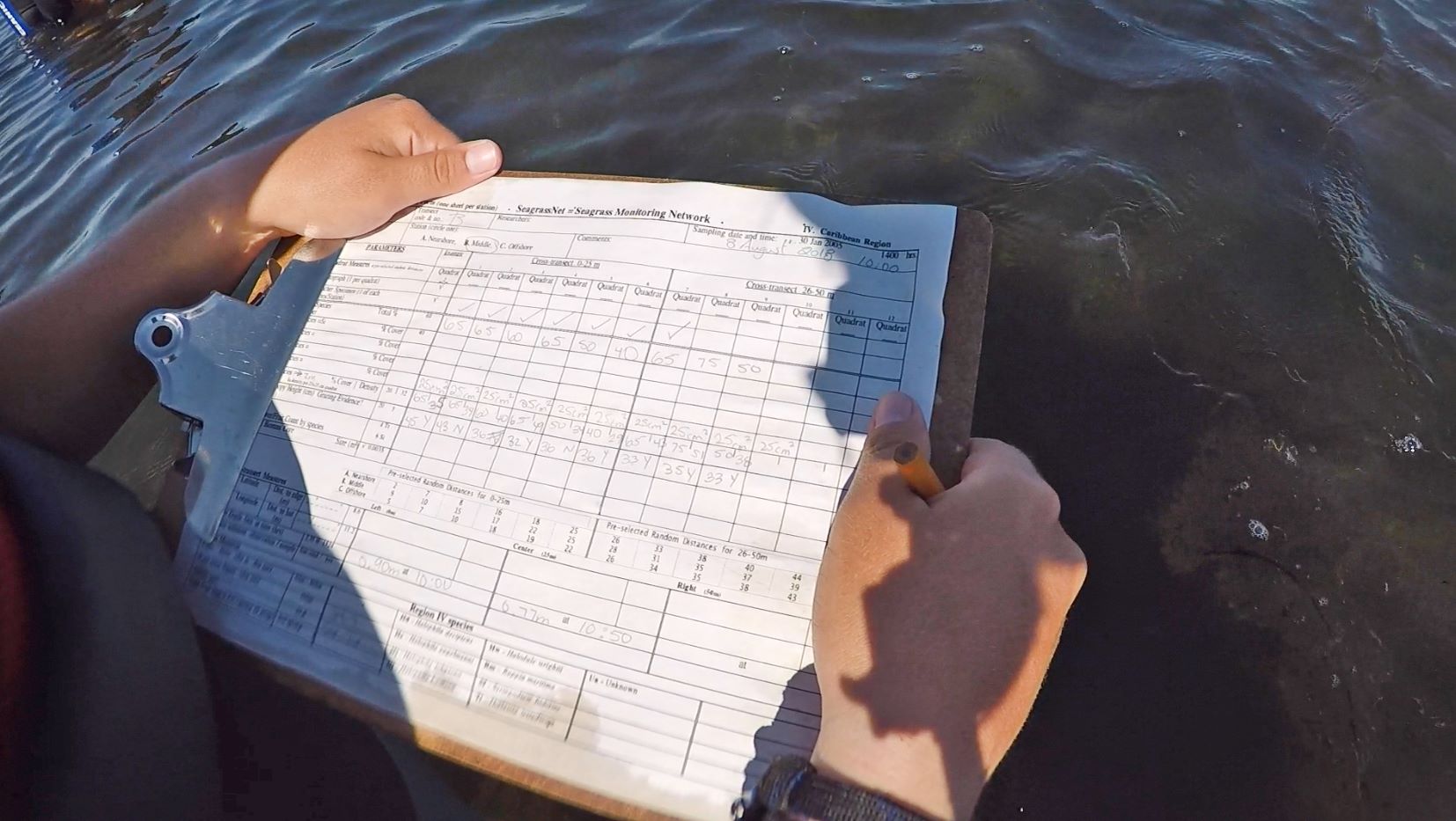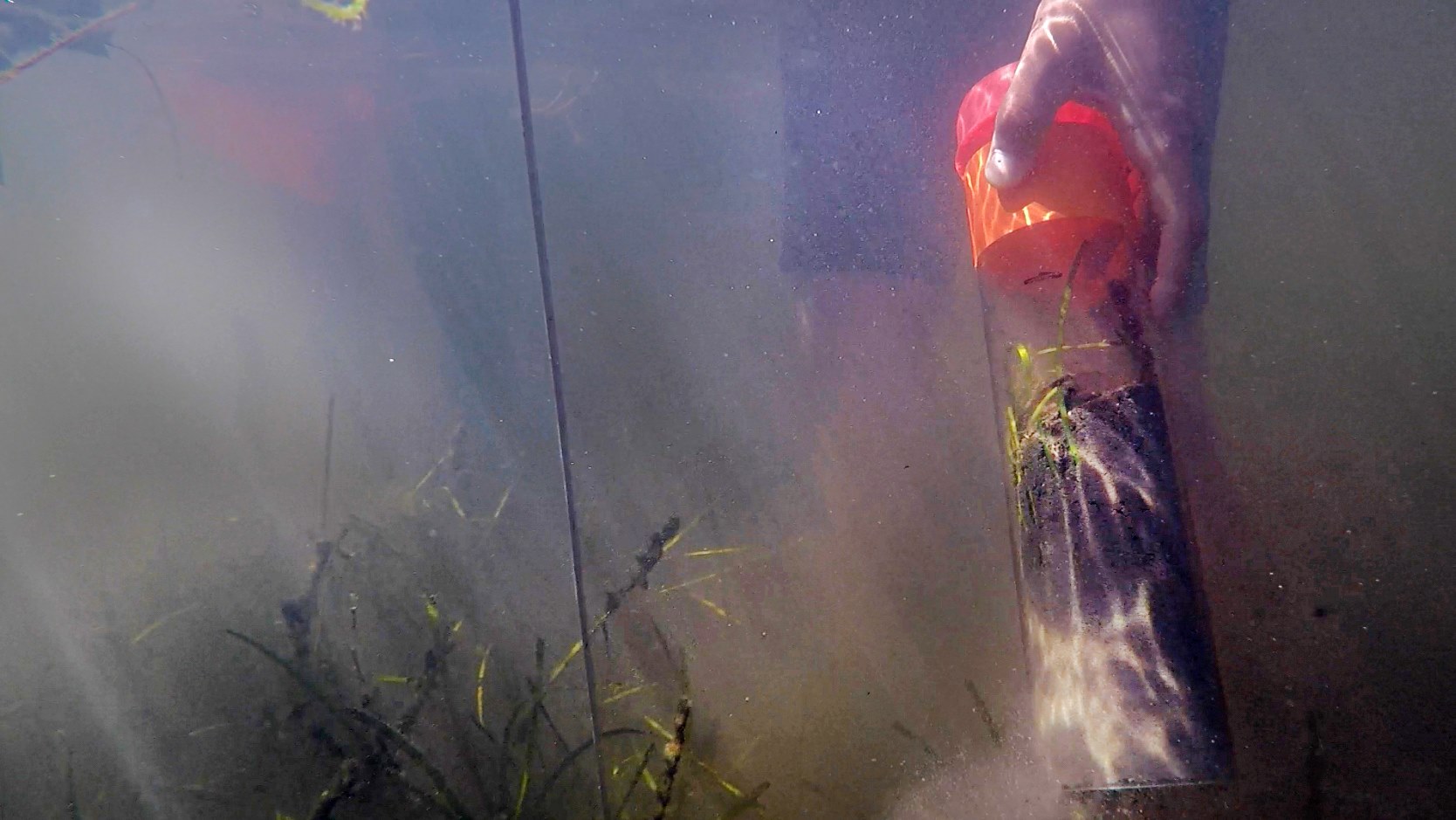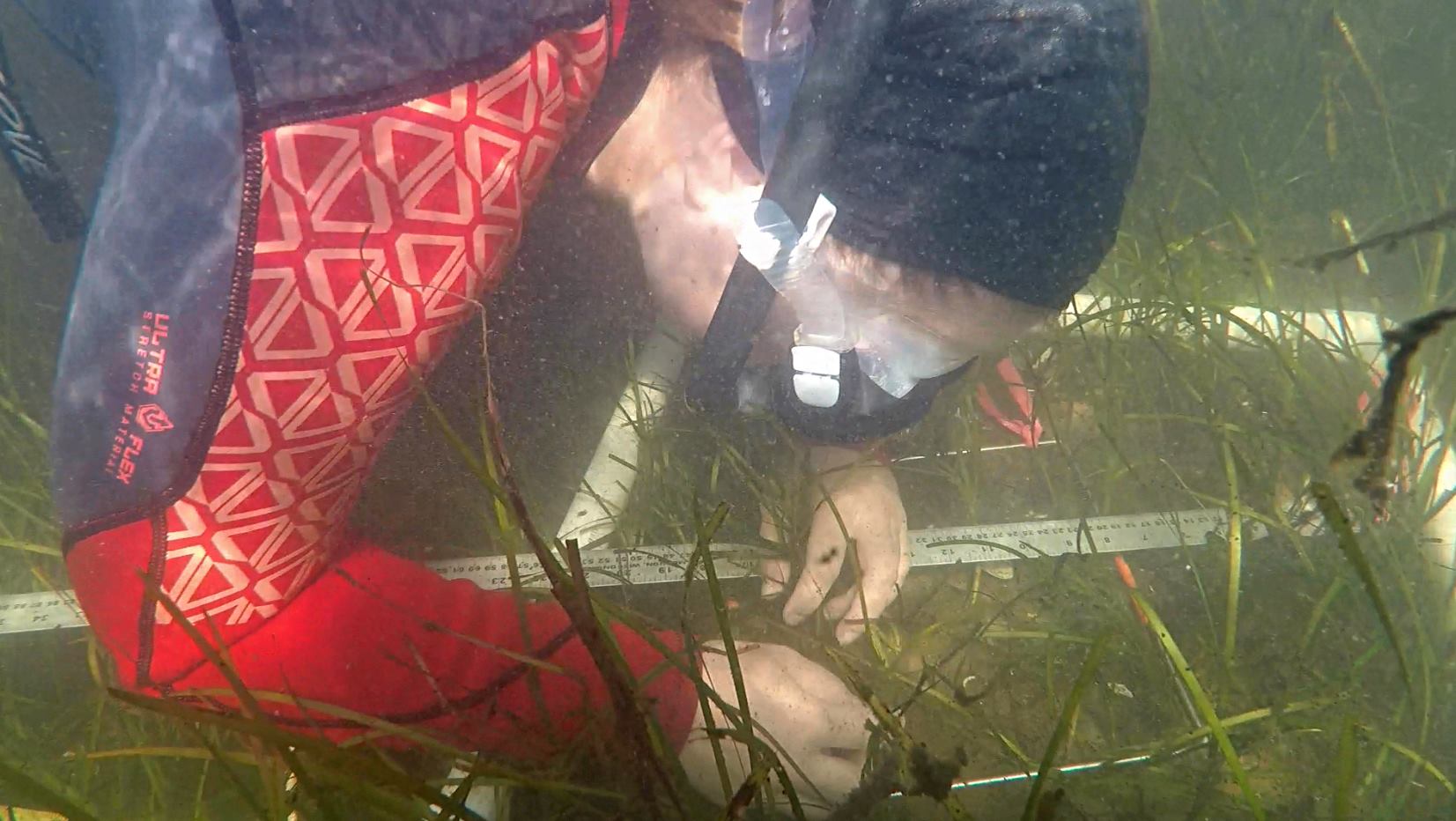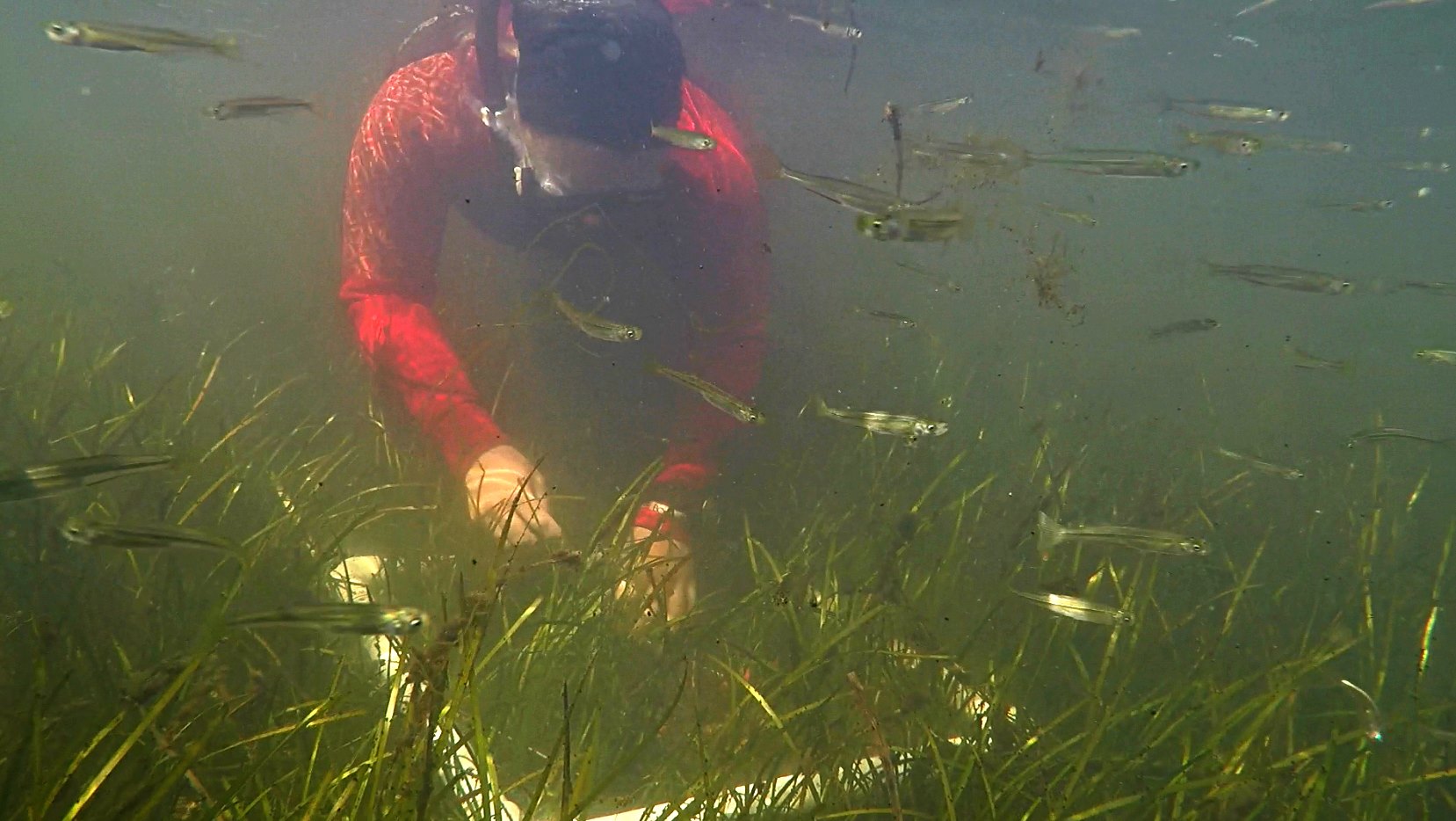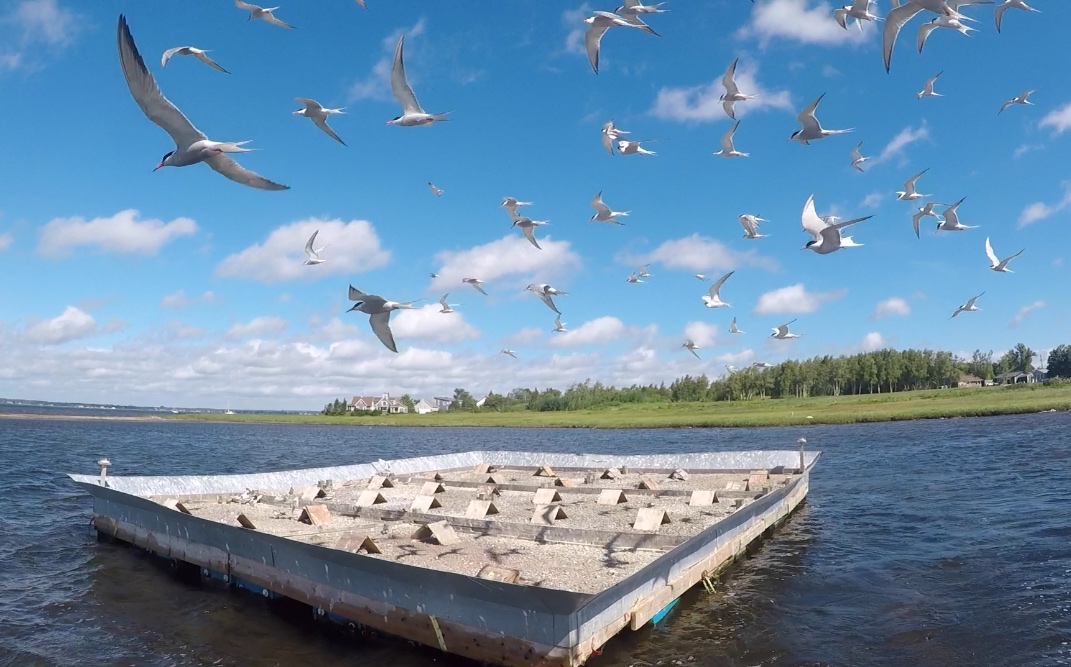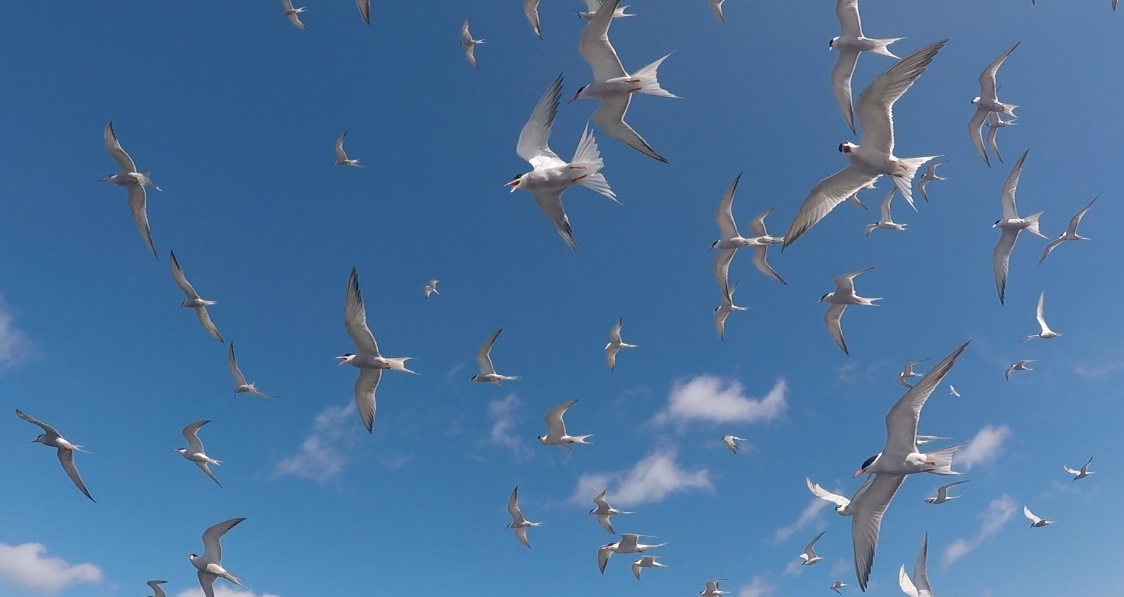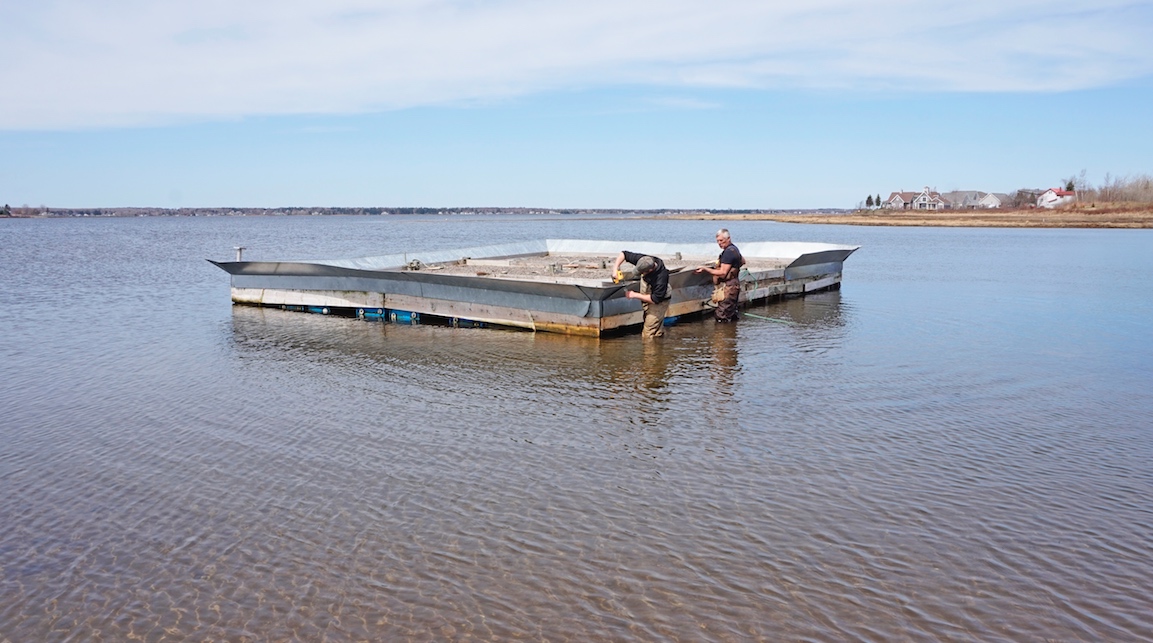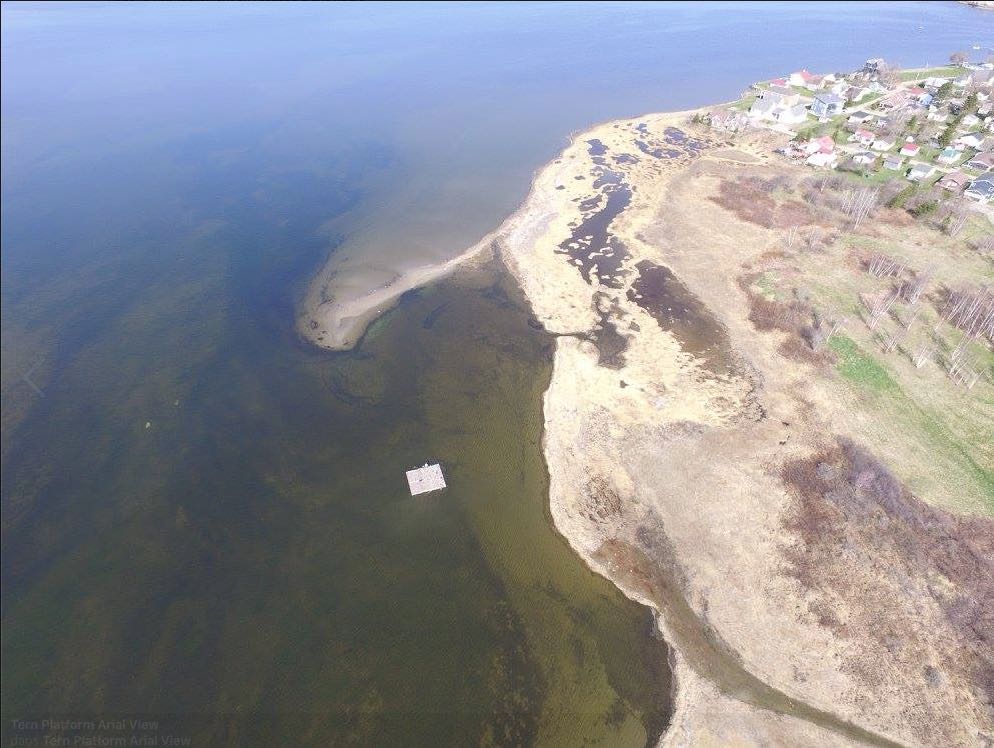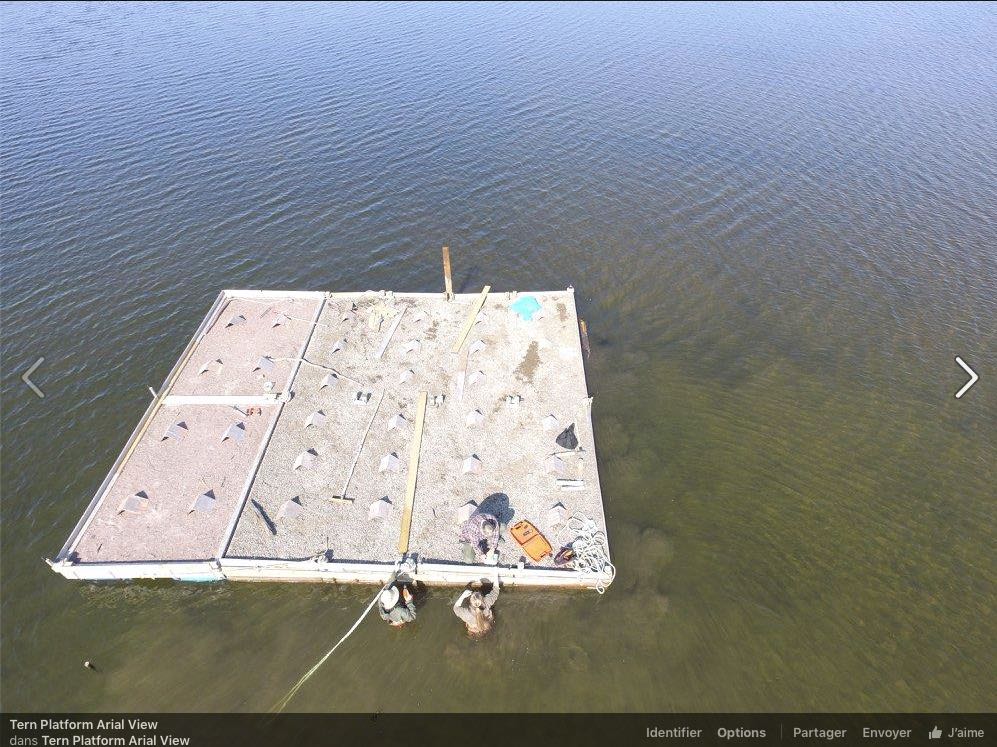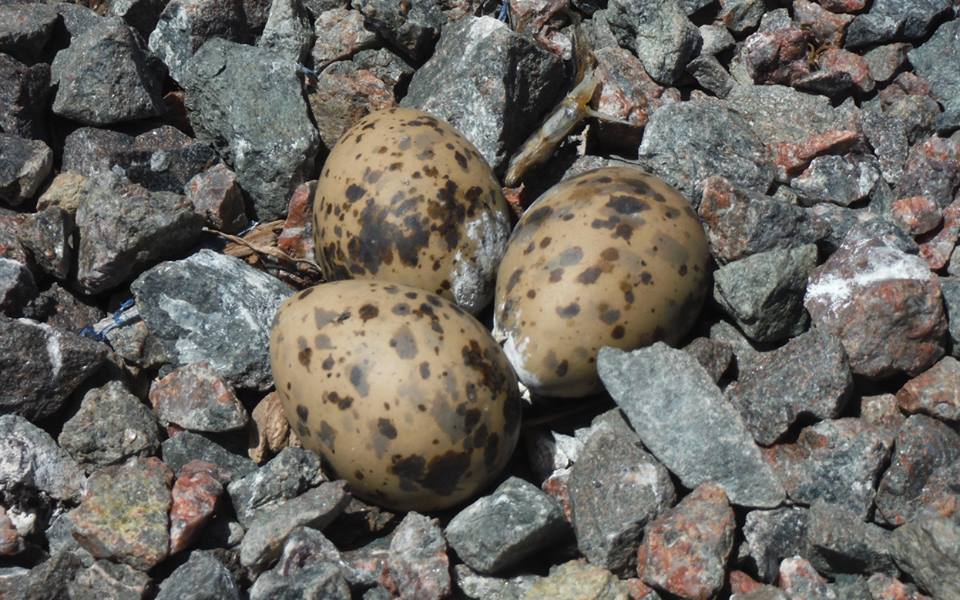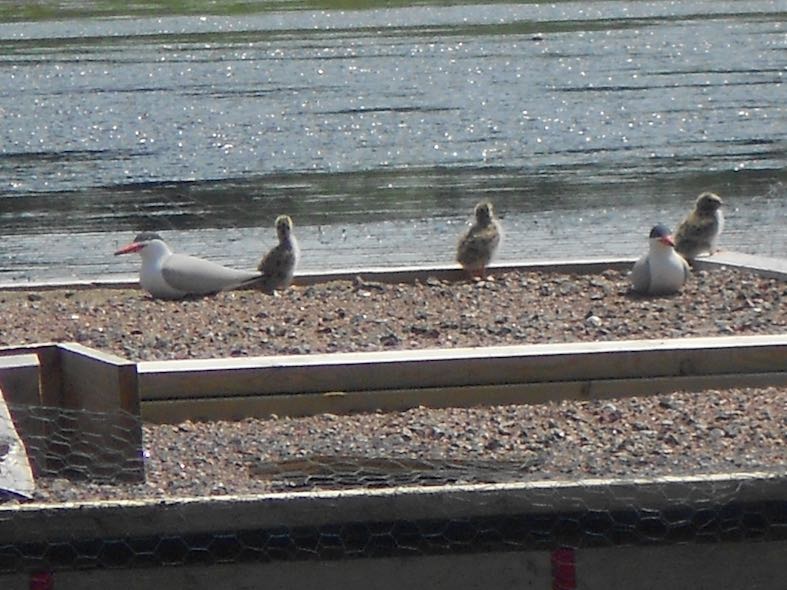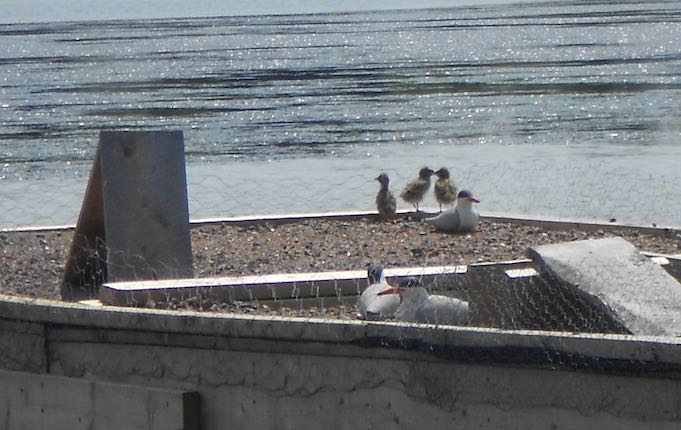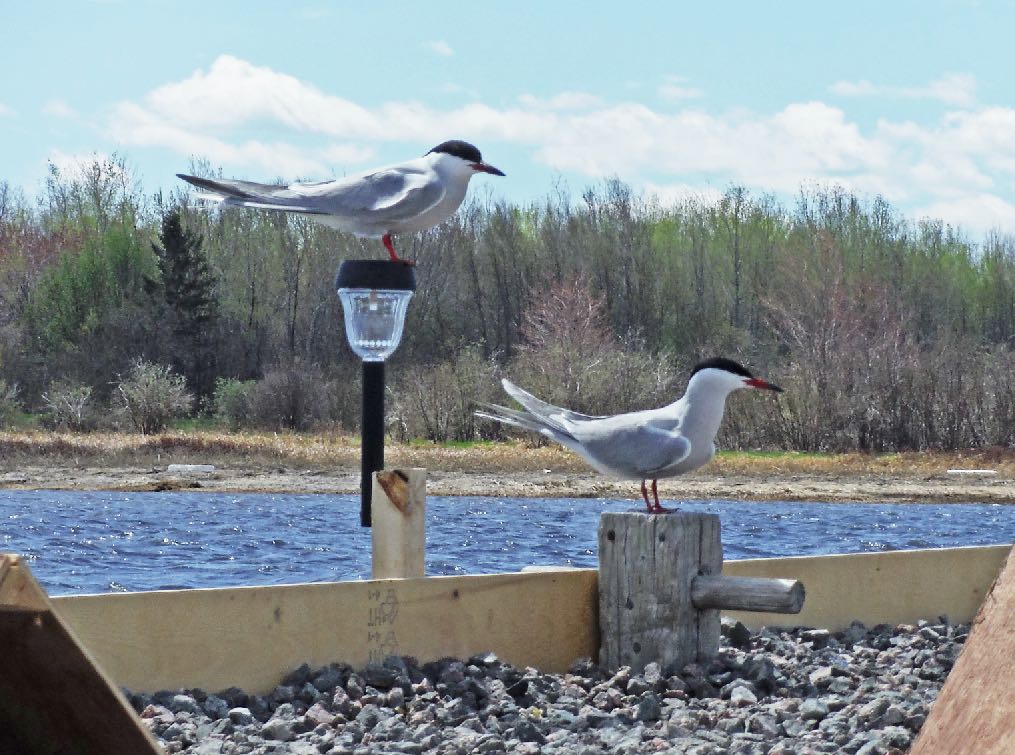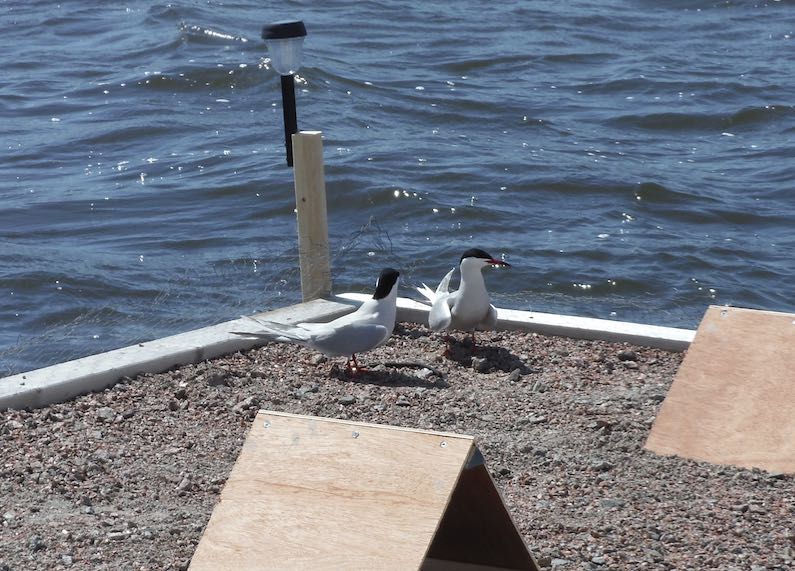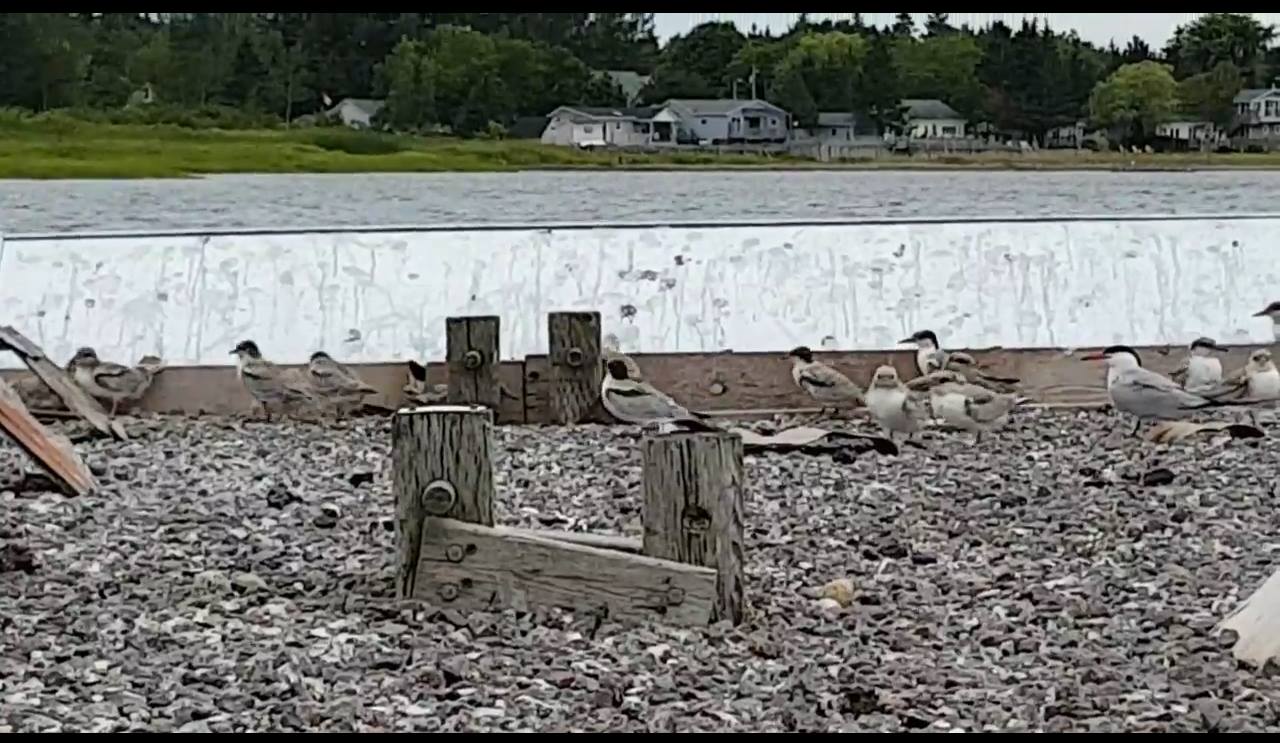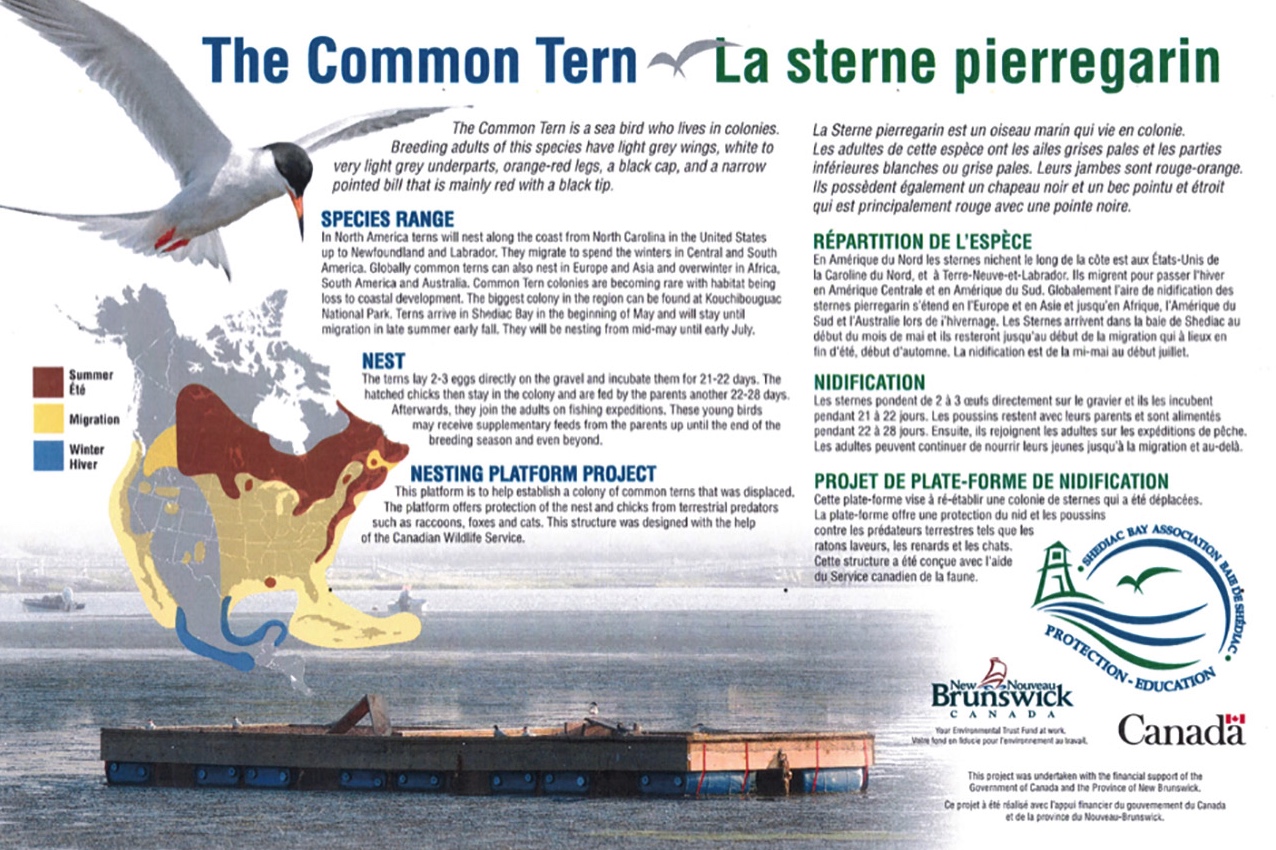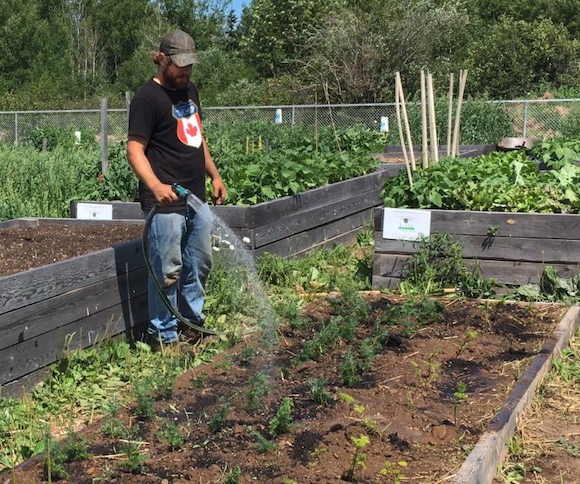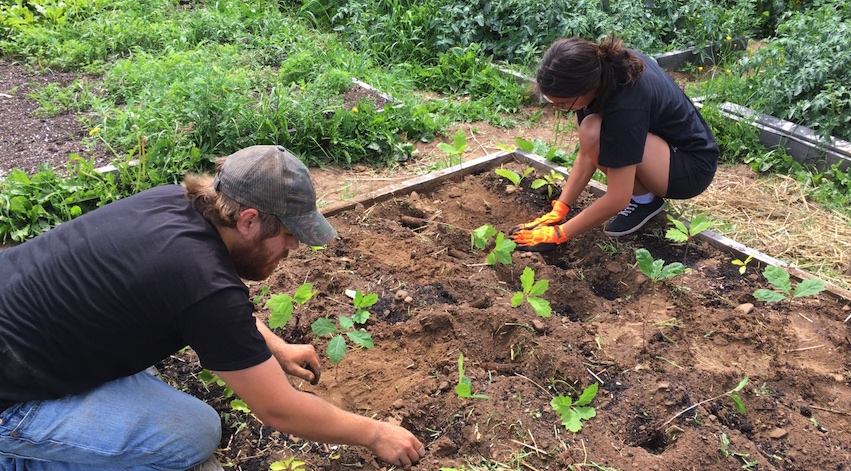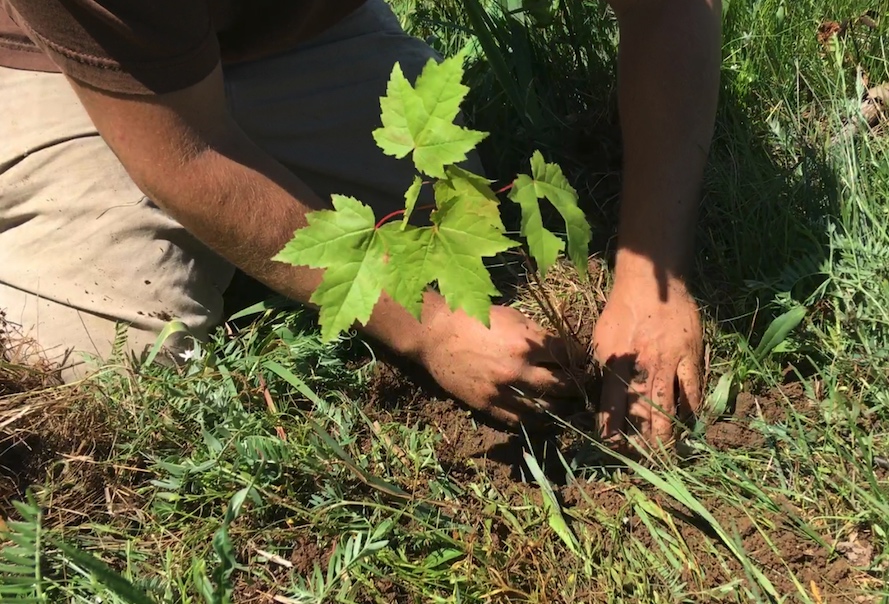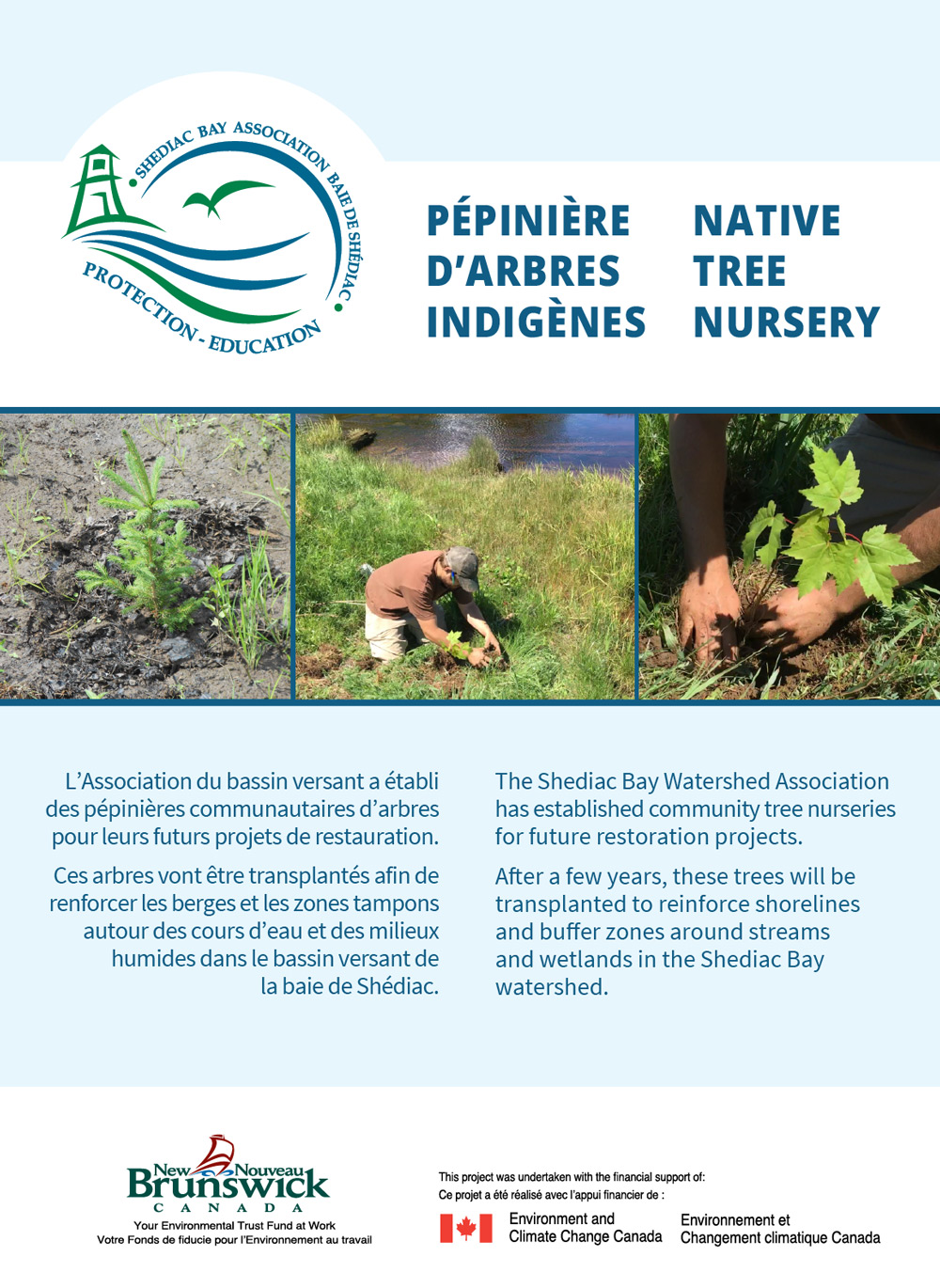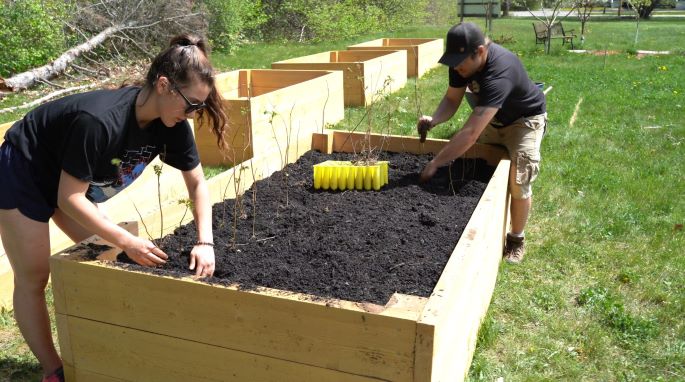Water Conservation and Stormwater Runoff Management
Drinking Water Conservation
Water is a precious resource, one that is often mistaken as abundant and inexhaustible. However, drinking water shortages is a reality that is faced by many countries around the world. People living in the Shediac Bay Watershed are dependent on underground wells for their drinking water. The available water in the groundwater table is influenced by precipitation.
Climate change models in New Brunswick predict increases in the average of hotter days and longer periods of drought. These conditions can lead to a reduction in the availability of freshwater, as it increases evaporation and reduces infiltration of water in the soil. It is our responsibility as individuals to take steps to reduce our water consumption to preserve our sources of drinking water.
When it comes to conserving water, small actions can make a big difference. Here are 10 ways you can save water:
- Fix leaky faucets
- Take shorter showers
- Install water efficient shower heads and faucet aerators
- Install a water-saving toilet
- Turn off the tap while brushing your teeth
- Install a rain barrel to collect rain water from your roof
- Water your plants in the morning or evening to avoid evaporation
- Sweep driveways instead of using a hose
- Reduce lawn areas with low water-use plants
- Use drip irrigation systems
The Shediac Bay Watershed Association has a Rain Barrel Distribution program, ongoing since 2016. Follow our Facebook Page for information on the upcoming contest to win yours!
Stormwater Runoff Management
When it rains or snow melts, water is absorbed into the soil and flows into water bodies and wetlands. These natural environments will capture and filter the water that eventually flows into Shediac Bay.
Urban development modifies the environment by replacing natural environments with impermeable surfaces such as parking lots, buildings and streets. By reducing the capacity of the soil to infiltrate rainwater and snowmelt, the volume of surface water runoff increases considerably. Water is then transported more quickly to Shediac Bay.
This runoff can contain pollutants from pet and wildlife excrements, bacteria from faulty septic systems and municipal sewage overflows, fertilizers, pesticides, sediments and hydrocarbons from vehicles. This has a significant impact on public beaches and recreational activities in the area. Heavy rains sometimes result in swimming closures at Parlee Beach, affecting the local economy which depends on tourism.
This problem will worsen as higher than normal rainfall is already being experienced in New Brunswick due to climate change.The increased frequency of torrential thunderstorms and the rapid melting of huge amounts of snow is increasing runoff.
The Shediac Bay Watershed Association is working to establish and promote natural stormwater management practices. These methods involve the preservation of natural environments and the installation of green infrastructure. Green infrastructure is landscaping made up of layers of gravel and sand combined with native plants to allow water to infiltrate the soil and eliminate pollutants. Rain gardens and naturalized stormwater basins are examples of green infrastructure.
Rain Garden
A rain garden is a shallow landscape depression that is specifically designed to collect, soak up and filter rain and snowmelt runoff. Planted with deep-rooted grasses, flowers and shrubs that tolerate wet and dry conditions, it requires very little maintenance.
The Watershed Association, in partnership with the Municipality of Shediac, built a rain garden to capture runoff. The model garden also serves as a demonstration of stormwater catchment, while providing an overview of the construction and landscaping methods for this type of garden. It’s located near the dog park and the Vestiaire St. Joseph, at 60 rue du Vestiaire in Shediac. An interpretation panel has been installed nearby.
A second rain garden was created on the grounds of Shediac Cape School through a partnership with the school administration. With the help of students, the rain garden was built to capture rainwater that runs off a property behind the school. Stagnant water often accumulates near the playground due to soil characteristics. Native, long-rooted plants that have been planted in the garden allow water to better infiltrate in the soil.
Learn how to build a rain garden in your yard with our illustrated step-by-step guide – View PDF.
Naturalized Stormwater Basin
In 2019, a stormwater retention pond that captures runoff from the City of Shediac’s municipal garages was naturalized with cattails to filter the water before it is released into the environment.
The first step was to remove the grass, a plant that does not absorb much water, along its entire length at the bottom of the pond. Due to the presence of bedrock at the bottom of the pond, small stone dams were erected to slow down the water. These dams have several functions, including trapping sediment, giving plants more time to filter contaminants from the water and retaining moisture.
Cattails were planted between the water retention dams. These plants were collected from a roadside site so as not to harm the natural environment. The performance of the system increases as vegetation becomes established along the basin. Theoretically, the stormwater runoff from the naturalized retention pond will be of better quality than the water that originally entered the pond. This project was realized thanks to an invaluable partnership with the Town of Shediac. We will continue to work together towards better naturalized surface water management for the improvement of the water quality of the Shediac Bay.
Rain Barrels
Rain barrels are an excellent way to avoid flash flooding in areas with large impermeable surfaces like rooftops. Water from rain barrels can also be used for watering plants during dry periods, therefore conserving drinking water.
To reduce the impact of runoff in the watershed, the Watershed Association distributed 148 rain barrels between 2016 and 2019 to residents living in communities around Shediac Bay. These rain barrels are placed under the gutter’s downspout to collect rain water from the rooftops.
The collected water can be used for a variety of domestic purposes, therefore reducing the pressure of the municipal or well water supplies. In addition, capturing rain water running off rooftops contributes to a better management of stormwater and is helping protect the water quality in the Shediac Bay.

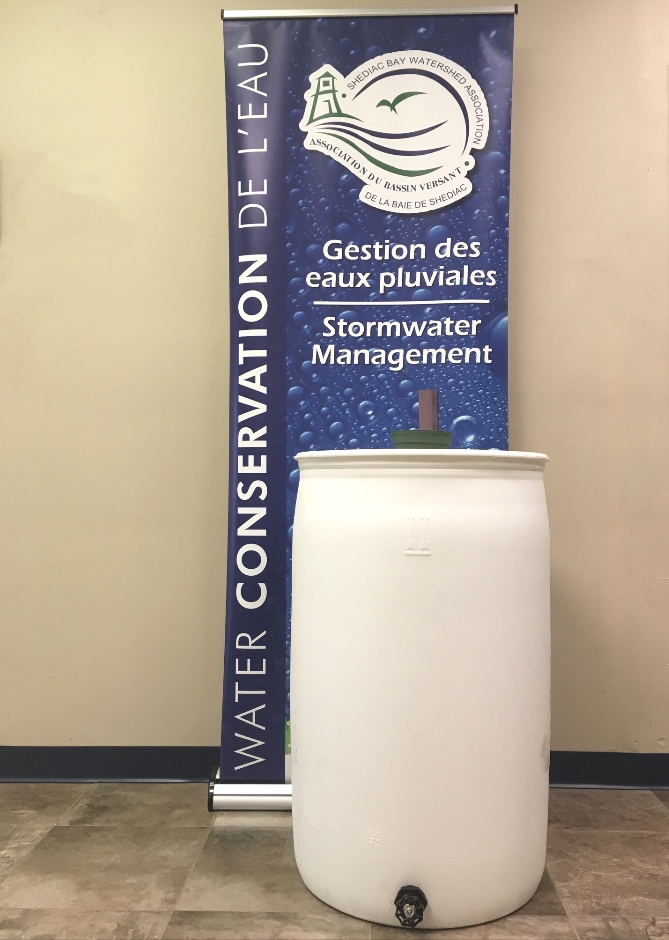
Photo Gallery
Pet Waste
When pet waste accumulates in your yard or is left on the ground in public spaces, it doesn’t decompose quickly and has many negative effects on the environment.
Pet waste pollutes our water and poses a health risk to pets and humans, especially children. As it washes away with rain and snow melt, it adds harmful bacteria and excessive nutrients that affect the water quality of streams, rivers and the Shediac Bay, making it unsafe for swimming and other recreational activities.
Visit our web page to learn more. https://shediacbayassociation.org/pet-waste/
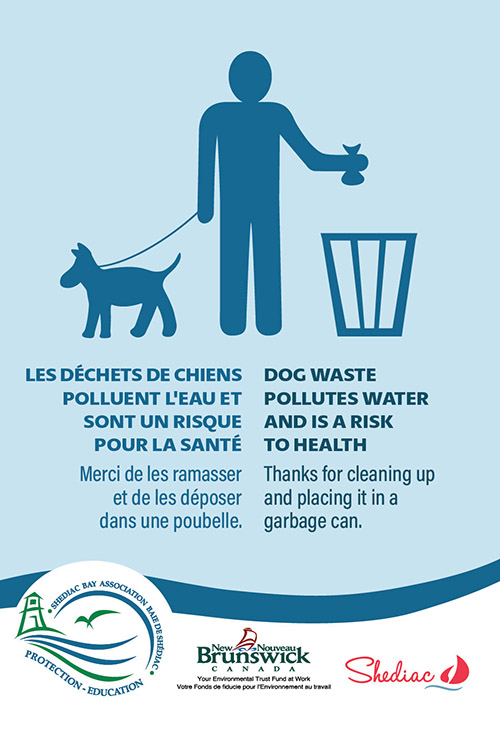
Salt marshes
Salt marshes are an important ecosystem for the health of Shediac Bay. The Shediac Bay Watershed Association (SBWA) conducts surveys in salt marshes around the bay to assess vegetation and land use near marshes.
The SBWA works primarily in two salt marshes at opposite ends of the Shediac Bay, one in Pointe-du-Chêne and the other in Grande-Digue. They were chosen because of the public interest and the opportunity to serve for public education sessions.
The SBWA conducted two studies in these marshes, the Bird Studies Canada’s Maritime Marsh Monitoring Program in 2016 and the Wetland Ecosystem Services Protocol for Atlantic Canada in 2018. The Maritime Marsh Monitoring identified all birds during that season including waterfowl, migratory birds, and other wetland-associated species and their habitats.
Staff have been trained in the application of the Wetland Ecosystem Services Protocol for Atlantic Canada (WESP-AC). The protocol evaluates different functions of wetlands and can guide restoration and education projects. The WESP-AC assessment of the marshes shows that while the marshes have been impacted by human development, they still provide many valuable ecosystem services. The results of these studies are available in the project archives under the saltwater reports.
The Pointe-du-Chêne marsh is an educational site that will be developed in future years to invite schools and the public to learn more about these important ecosystems. The association is working to implement the Wetlands Centre of Excellence program in partnership with Ducks Unlimited Canada.

River and Wetland restoration
The Shediac Watershed Association (SBWA) works with various partners to implement restoration programs aimed at improving the environment around streams, rivers and wetlands in the watershed.
As a result, these projects restore fish and other aquatic life habitat while improving water quality. River improvements are aimed at increasing Atlantic Salmon and Brook Trout populations. To achieve this goal, the Association implements a series of projects.
The reforestation of buffer zones around streams and wetlands is a priority for the SBWA. The riparian buffer zone is a natural, permanent strip of vegetation bordering a watercourse. Composed of a mixture of wildflowers, grasses, shrubs and trees native to the area, it is a transition zone between aquatic and terrestrial environments. Healthy riparian buffer zones filter pollutants before they can enter watercourses. Improving riparian zones also benefits the fish and insects that live in them.
Reducing sediment entering watercourses helps to improve water quality. The stabilization of eroded banks is accomplished by using control methods such as sediment capture structures, vegetated walls, and altering the slope of the bank. Local ATV clubs are important partners in reducing the impact of sedimentation caused by trails near rivers. ATV trails improvement projects have been implemented on the Scoudouc and Shediac rivers. These sediment reduction projects restore habitat for Atlantic salmon and freshwater mussels.
Riverbanks accumulate a lot of garbage, especially near roads. Each summer, sections of rivers are cleaned of their litter by the SBWA staff.
Funding partners for these projects are Fisheries and Oceans Canada, the New Brunswick Wildlife Trust Fund, the Atlantic Salmon Conservation Foundation and the New Brunswick Environmental Trust Fund.
Photo Gallery

Green Crab Monitoring
The European green crab Carcinus maenas is considered an aggressively invasive alien species in most of the regions it inhabits. This species has spread across the globe by hitching rides on the hulls of ships and possibly as larvae in ballast water, and is now found on every continent except Antarctica.
This invasive green crab is possibly putting local lobster, clams, mussel, and oyster industries at risk. In the search for food, green crab has been documented to destroy eel grass beds when they reach a critical elevated density. Destruction of this important habitat will have detrimental effects on the health of the Bay, as it has in other locations.
The invasive green crabs first appeared in the Shediac Bay in 2011. They had already become prolific in Nova Scotia and Prince Edward Island. In 2012, Community Aquatic Monitoring Program (CAMP) surveys conducted by Fisheries and Oceans Canada saw an exponential increase in the numbers of crabs collected in the Shediac Bay area. It was after this significant increase that SBWA decided that a more extensive survey would be beneficial to understand how extensive the green crab population had become. Phase I (2013) consisted of an initial survey to determine their density and distribution in the Bay.
Since 2014, we are in phase 2 and are repeating the sampling regime to determine the noticeable changes in population structure dynamics. The populations have tended to fluctuate in different years. The latest reports with the results can be found in our archives.

Eelgrass Monitoring
Eelgrass is an important component of the ecosystem of the Bay of Shediac. It serves as shelter and food for a wide variety of fishes, crustaceans and shellfish. In addition, this marine plant helps filter the water column and stabilize sediment, thereby creating a buffer zone between land and water.
Since 2016, the Shediac Bay Watershed Association has established four eelgrass monitoring areas in the Shediac Bay. We use protocols established by SeagrassNet as part of a worldwide study.
SeagrassNet is an ecological monitoring program that investigates and documents the status of seagrass resources and the threats to this important and imperiled marine ecosystem. The program was launched in 2001 in the Western Pacific and now includes more than 126 sites in 33 countries, with a global monitoring protocol and web-based data reporting systems.
The study area in the Bay of Shediac will help determine if there are changes in the eelgrass bed over the long term.

Common Tern Colony Nesting Platform
The purpose of this nesting platform project is to provide an artificial nesting habitat for the Common Tern colony in Shediac Bay. These seabirds once nested on a sunken barge used as a breakwater at the Shediac Bay Yacht Club. After the removal of the structure and renovation of the marina’s breakwater, the conditions were no longer suitable for the migratory birds.
In partnership with the Canada Wildlife Service, and with funding from the Government of Canada’s Environmental Damages Fund, an experimental floating platform was built in 2014. The platform was anchored in South Cove, a shallow estuary in Pointe-du-Chêne, through a partnership with the Anglican Parish of Shediac. They provided us with the necessary landowner permission to install the structure with the appropriate permit.
To attract the birds, the structure was fitted with plastic tern decoys and a sound device imitating the calls of a tern colony. This method proved successful since a couple settled on the platform to nest and produced three chicks.
With this small victory, additional funding was received in 2015 to build a bigger platform. The Shediac Bay Marina donated 4 large floating docks that were used in its construction. The result was an increase of seabirds adopting the floating structure; 41 nesting pair laid a total of 100 eggs on the platform.
In 2016, there was another increase in the number of birds nesting on the artificial habitat; 75 nests for a total of 135 eggs. Later that year, unfortunately, a predator attack on the colony caused a massive abandonment of the platform and the remaining nests. It is unclear if the predator was avian or terrestrial, but the event did coincide with an extreme low tide that would have allowed the raft to beach itself. In 2017, predator guards against any land-based animal were installed on the raft to prevent a recurrence of this tragic event.
Over the next few years, the birds returned in increasing numbers. In 2019, a record number of eggs were counted during the annual survey; 148 pairs laid approximately 396 eggs. Unfortunately, hurricane Dorian caused devastating damaged along the coast in the fall of 2019, and the platform was torn off and destroyed when the storm surge pushed it ashore. The SBWA staff cleaned up the wreckage with the invaluable help of the Town of Shediac.
Thankfully, funding was received for the reconstruction of a new nesting platform in 2020. The Shediac Bay Yacht Club has donated more floating docks and with the help of several partners, a new platform is in place for the seabird colony. The platform is visible from the walking trail in Pointe-du-Chêne, along with an interpretation panel on the Common Tern.
Native Tree Nursery
The Shediac Bay Watershed Association has received funding from Environment and Climate Change Canada’s EcoAction program to establish community tree nurseries for environmental restoration projects. Four tree nurseries were established in partnership with schools and community gardens. Over 700 trees were planted in the nurseries since 2017.
Maintaining several small tree nurseries has proven to be a challenge. In 2020, a new nursery is being established at the Shediac Cape Community Garden. This nursery is possible thanks to the partnership with the Anglican Parish of Shediac which provides access to the land.
The nursery is composed of trees native to New Brunswick that are planted as small seedlings and will remain in the nursery for 2 to 4 years in order to have a better survival rate when transplanted into the natural environment.
Students from the nearby Shediac Cape school will also be able to participate in the maintenance of the nursery during educational activities.

